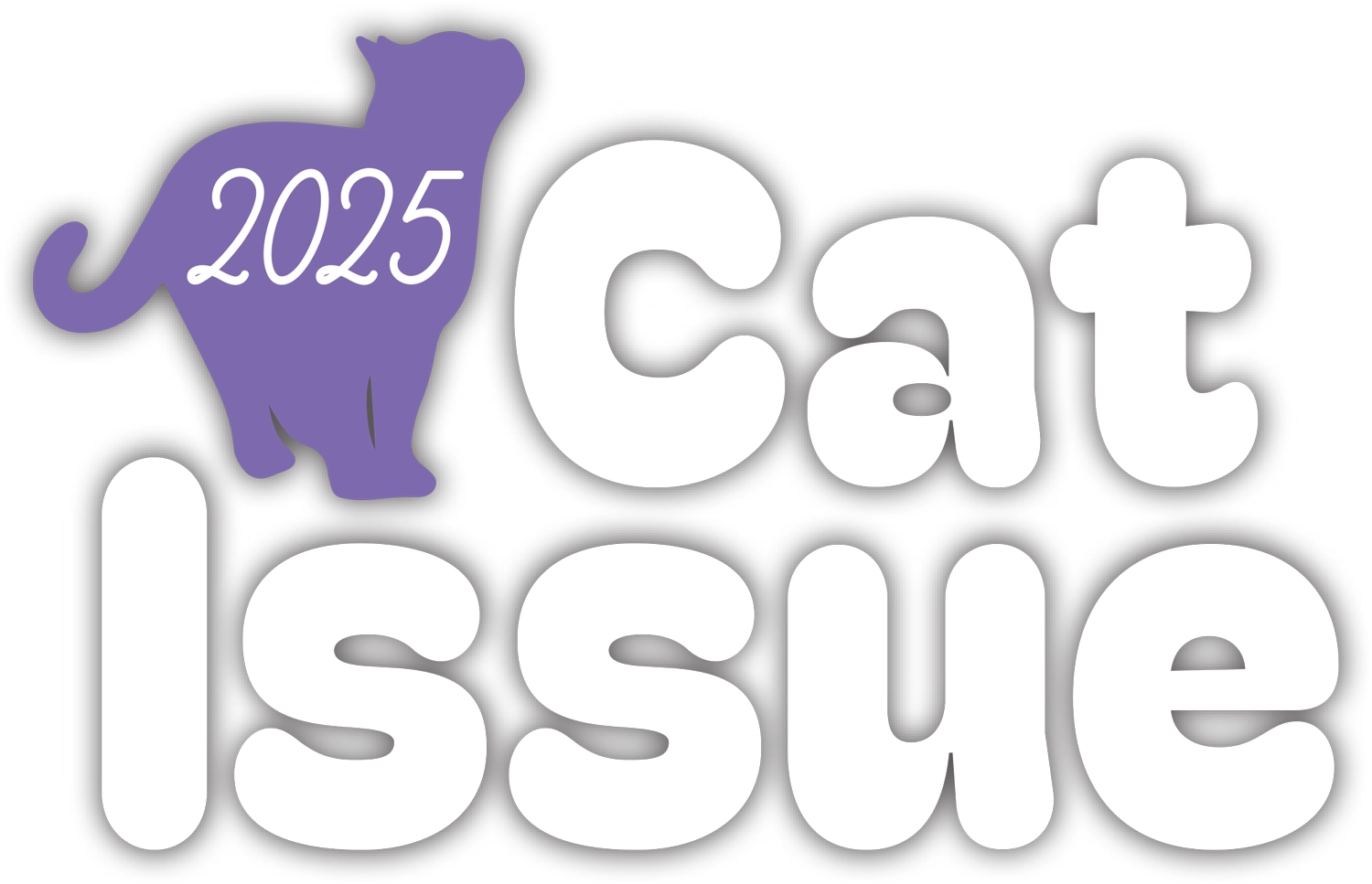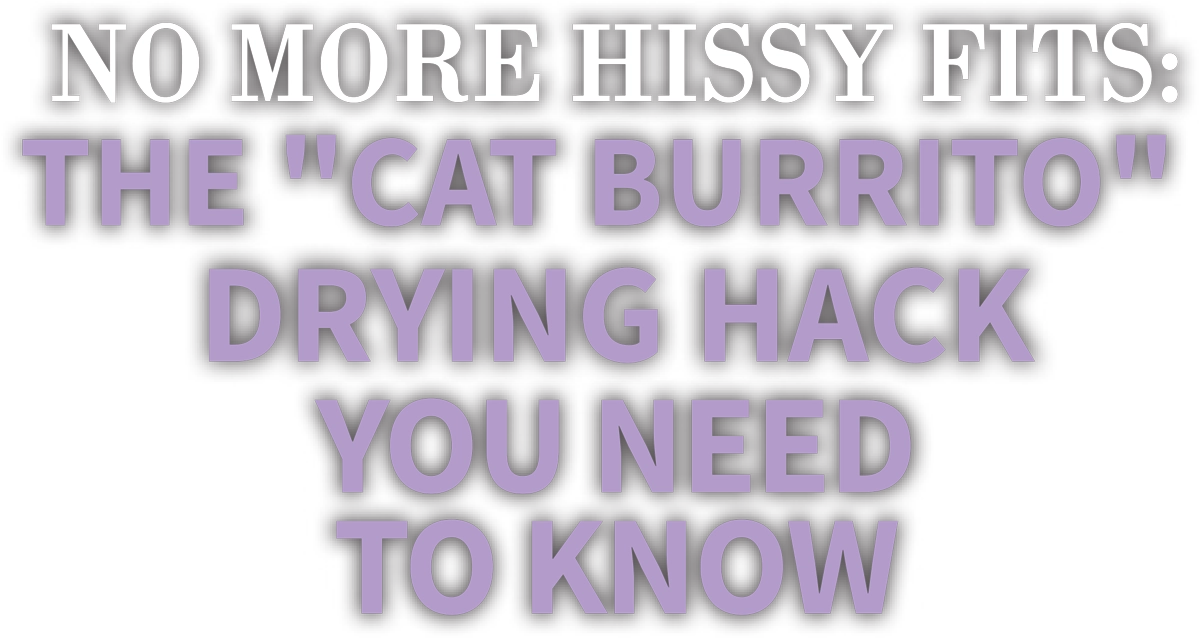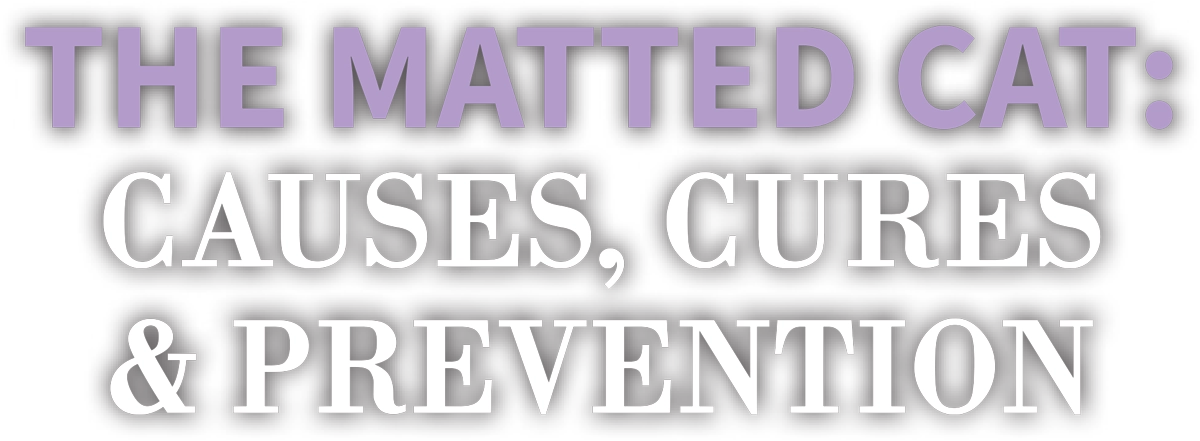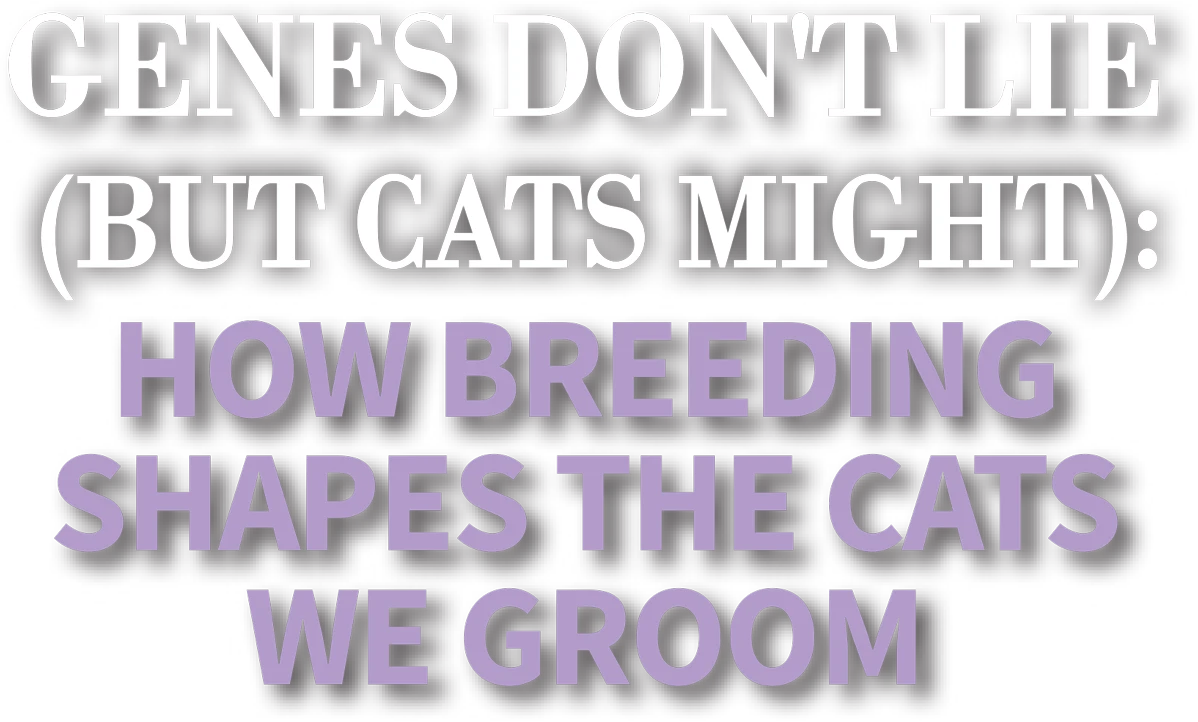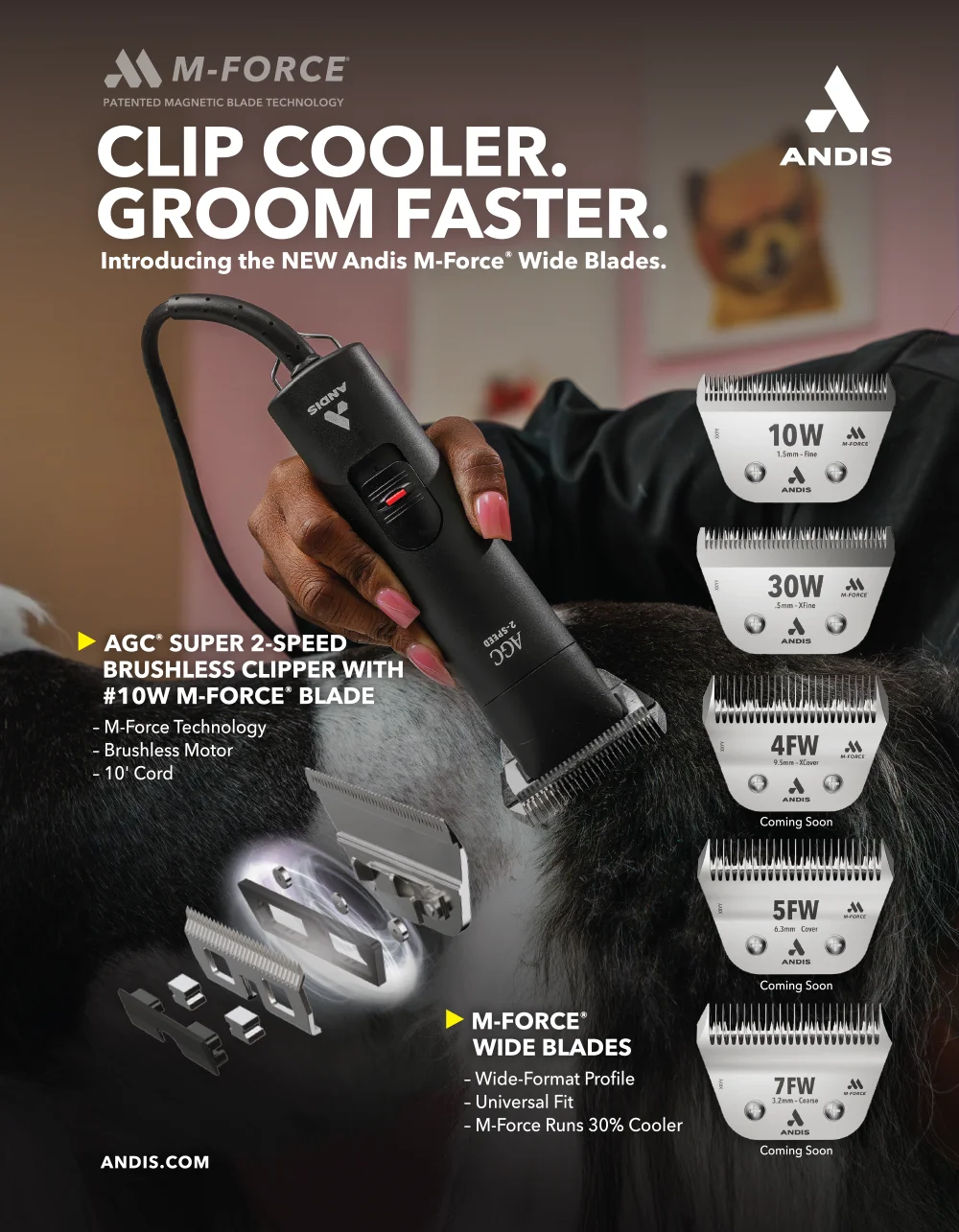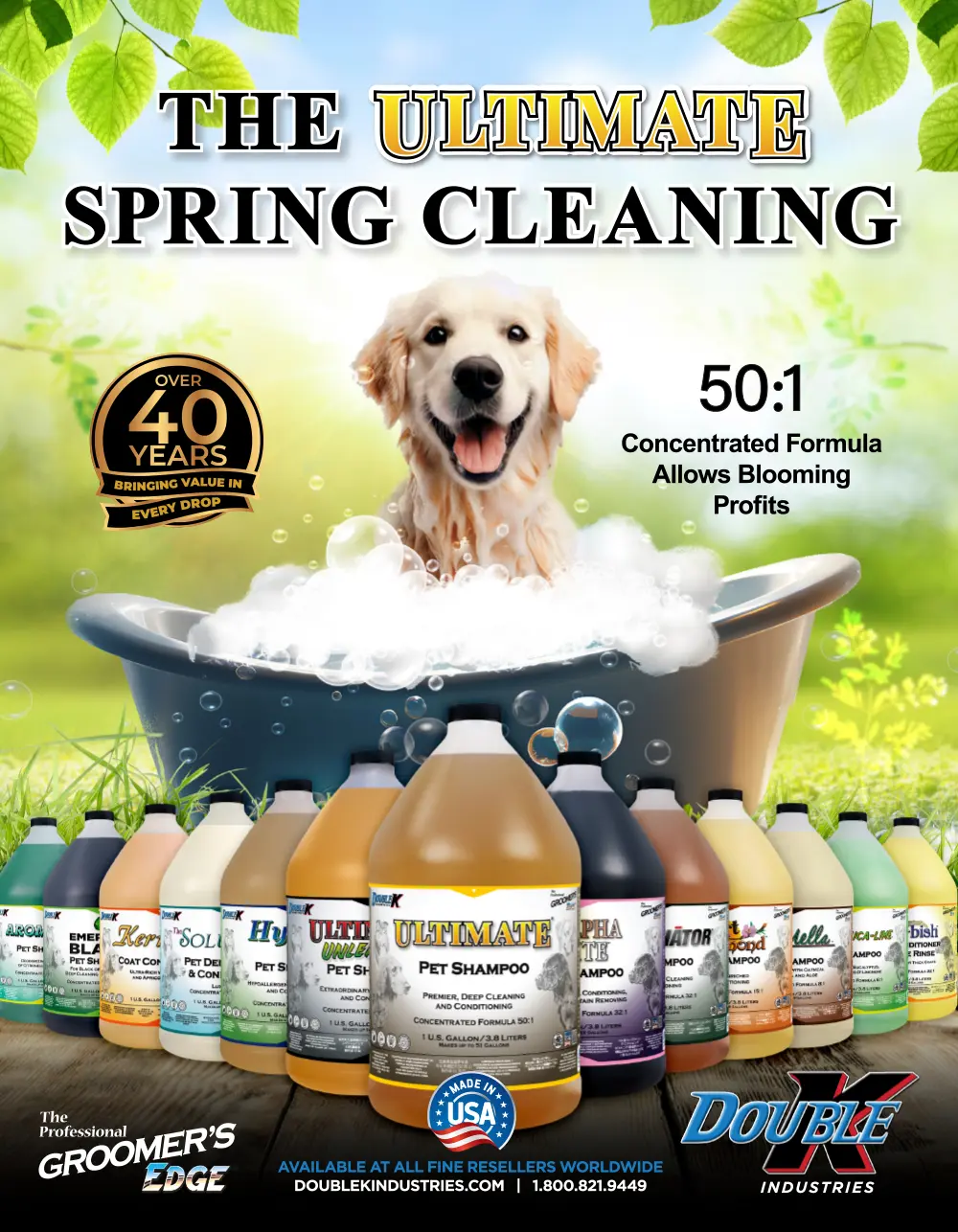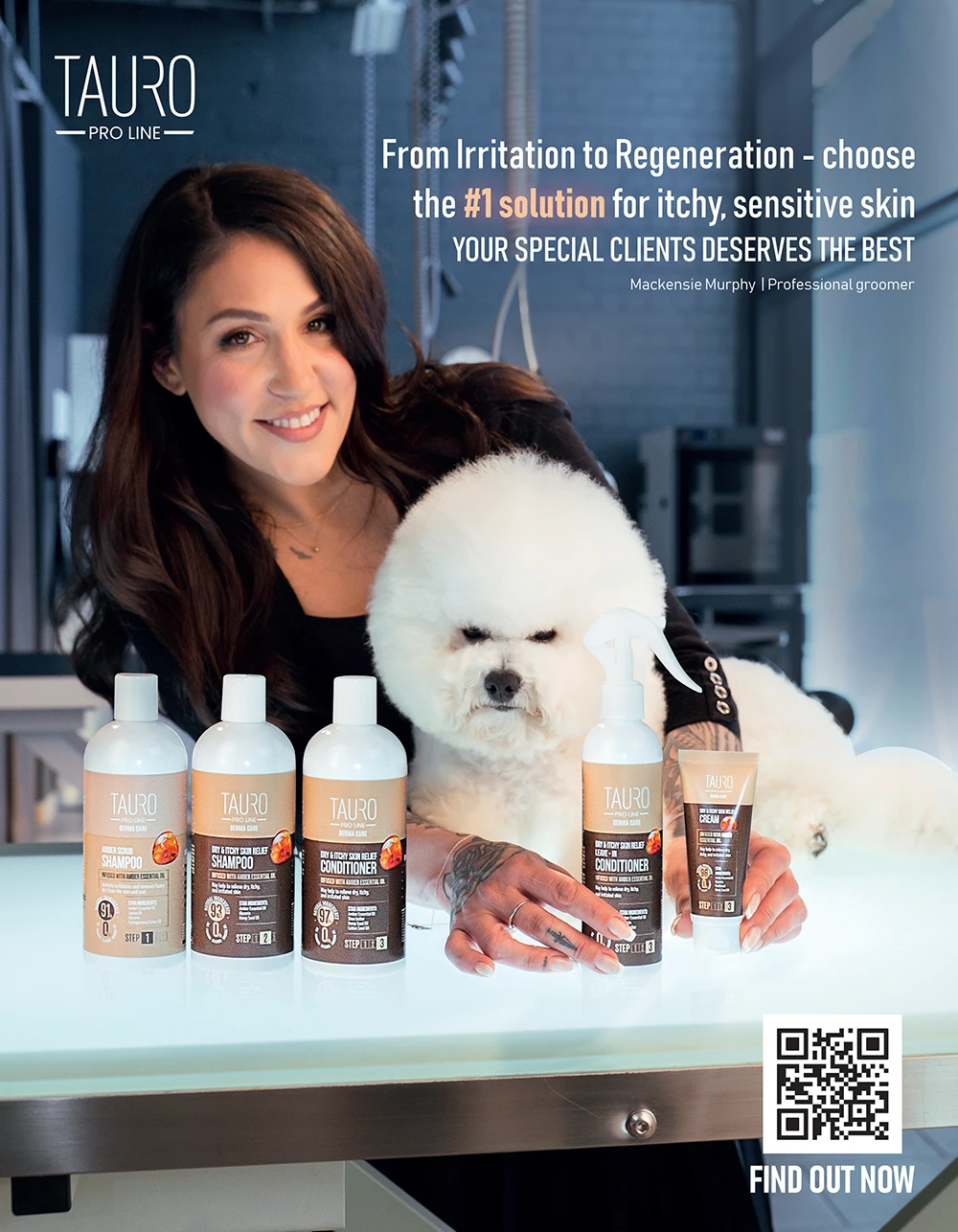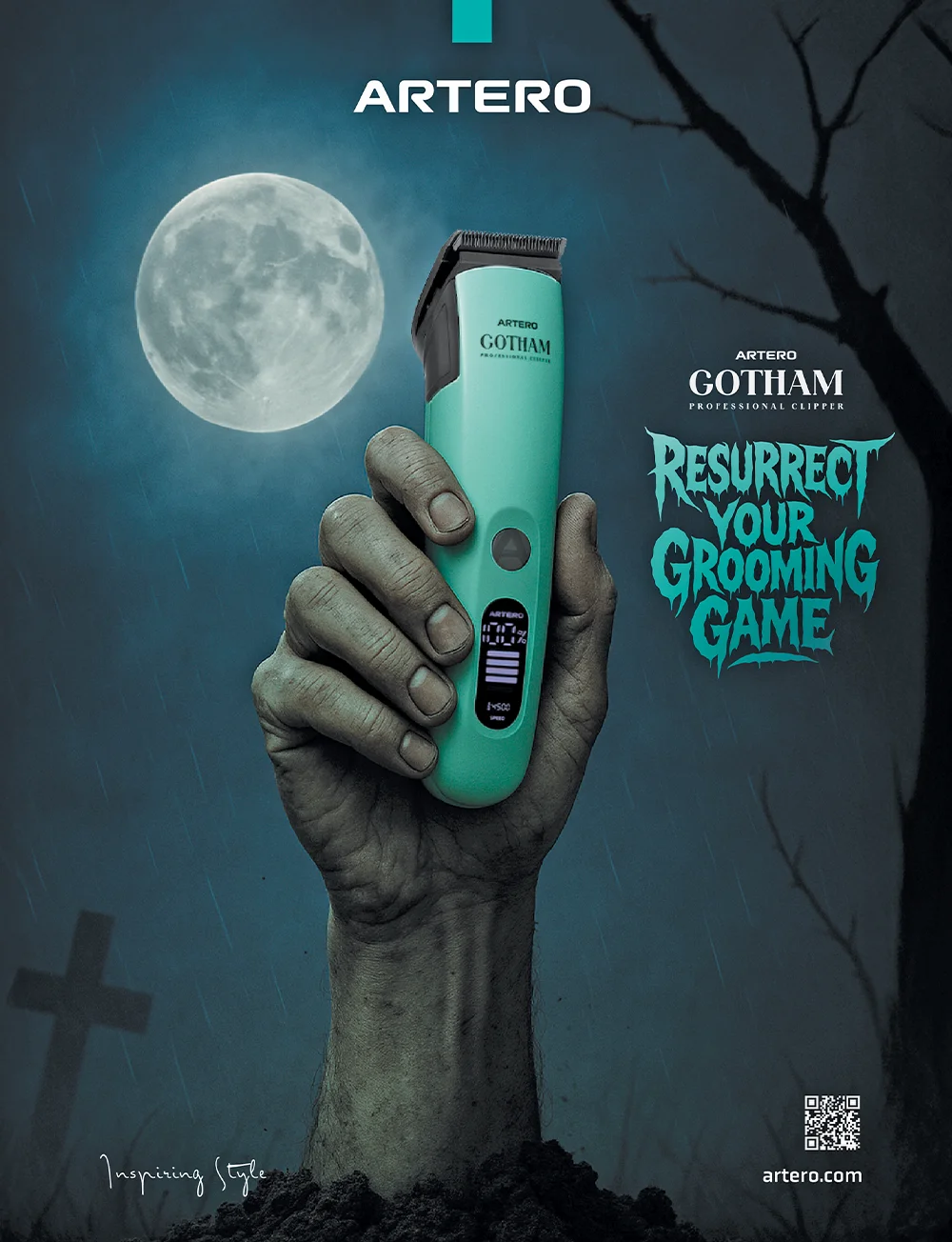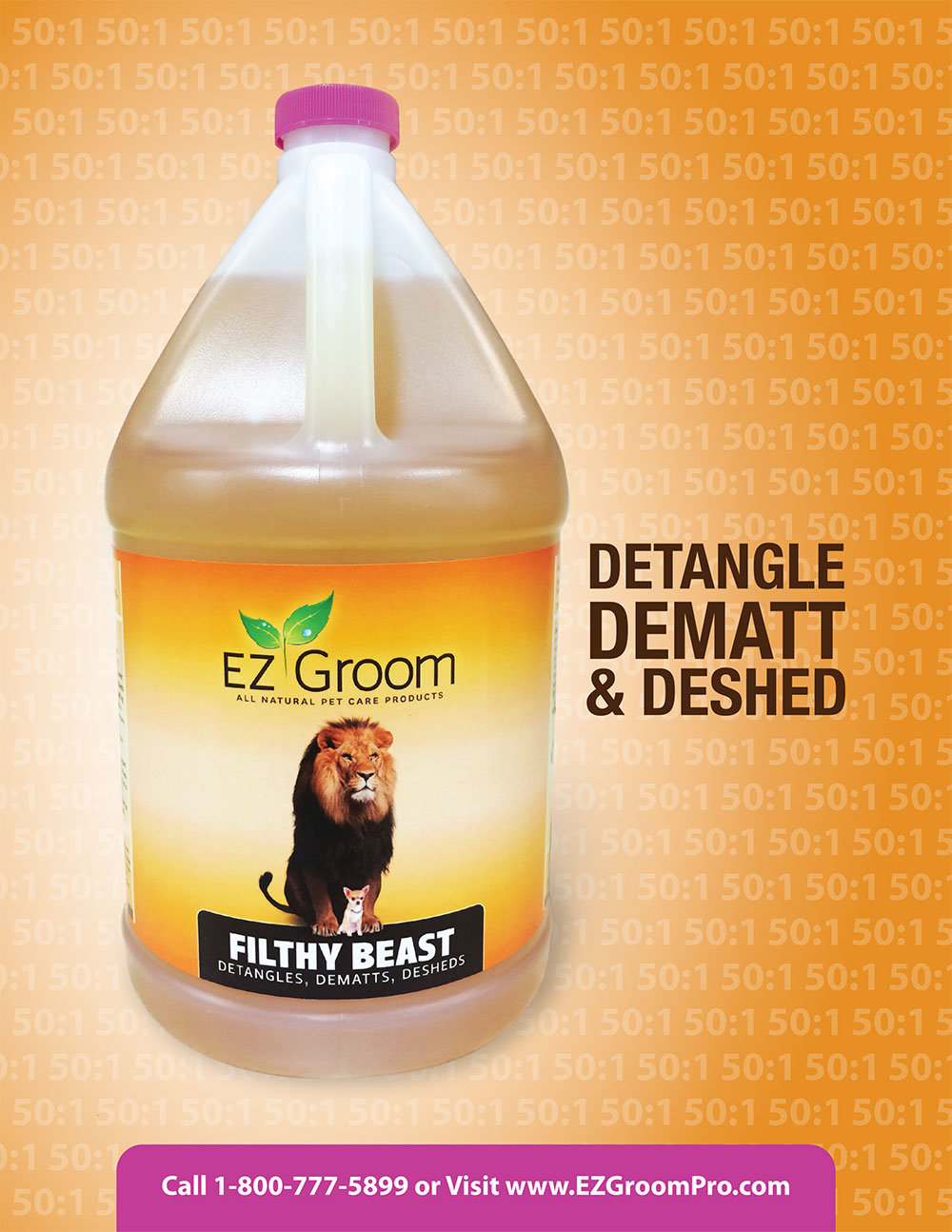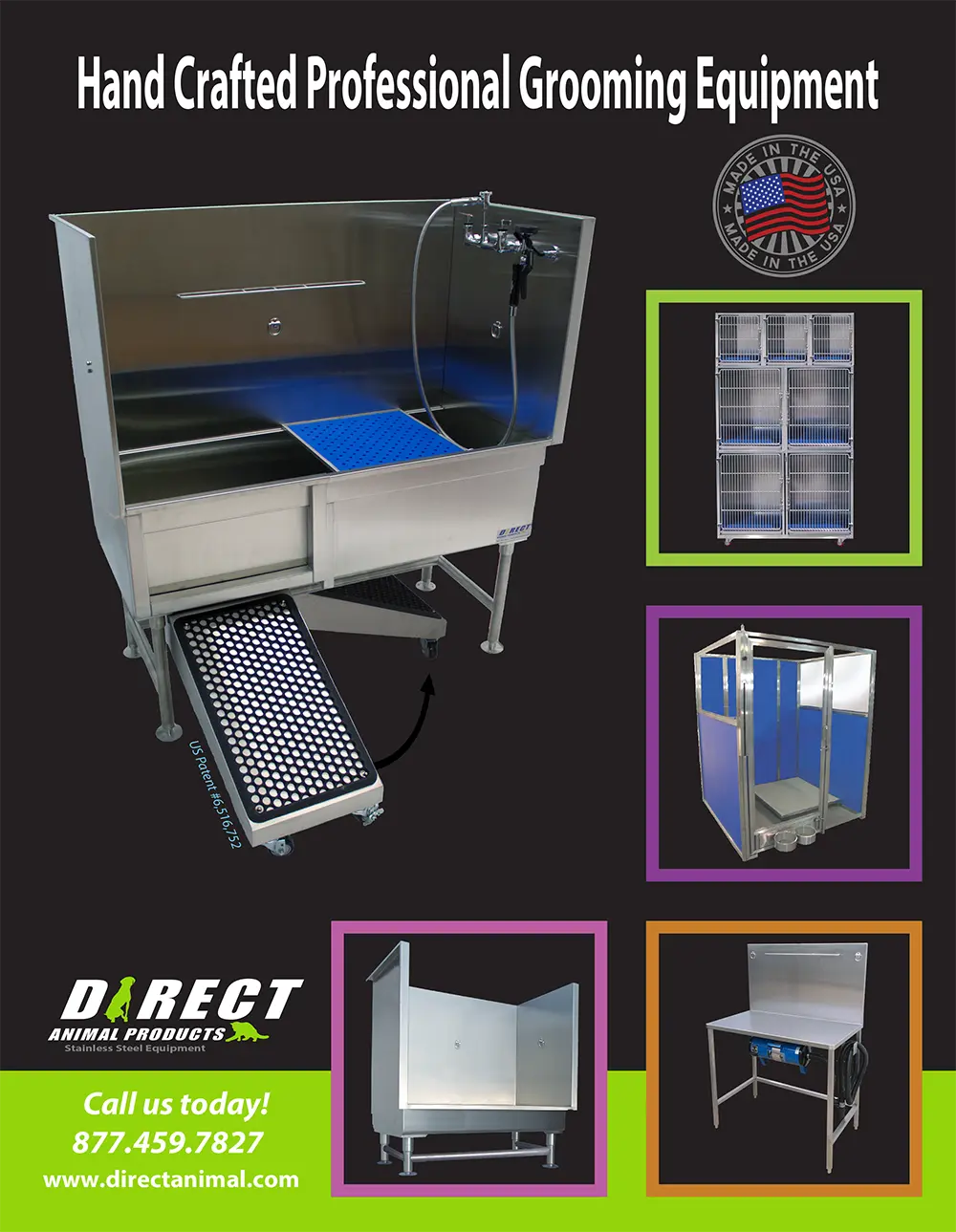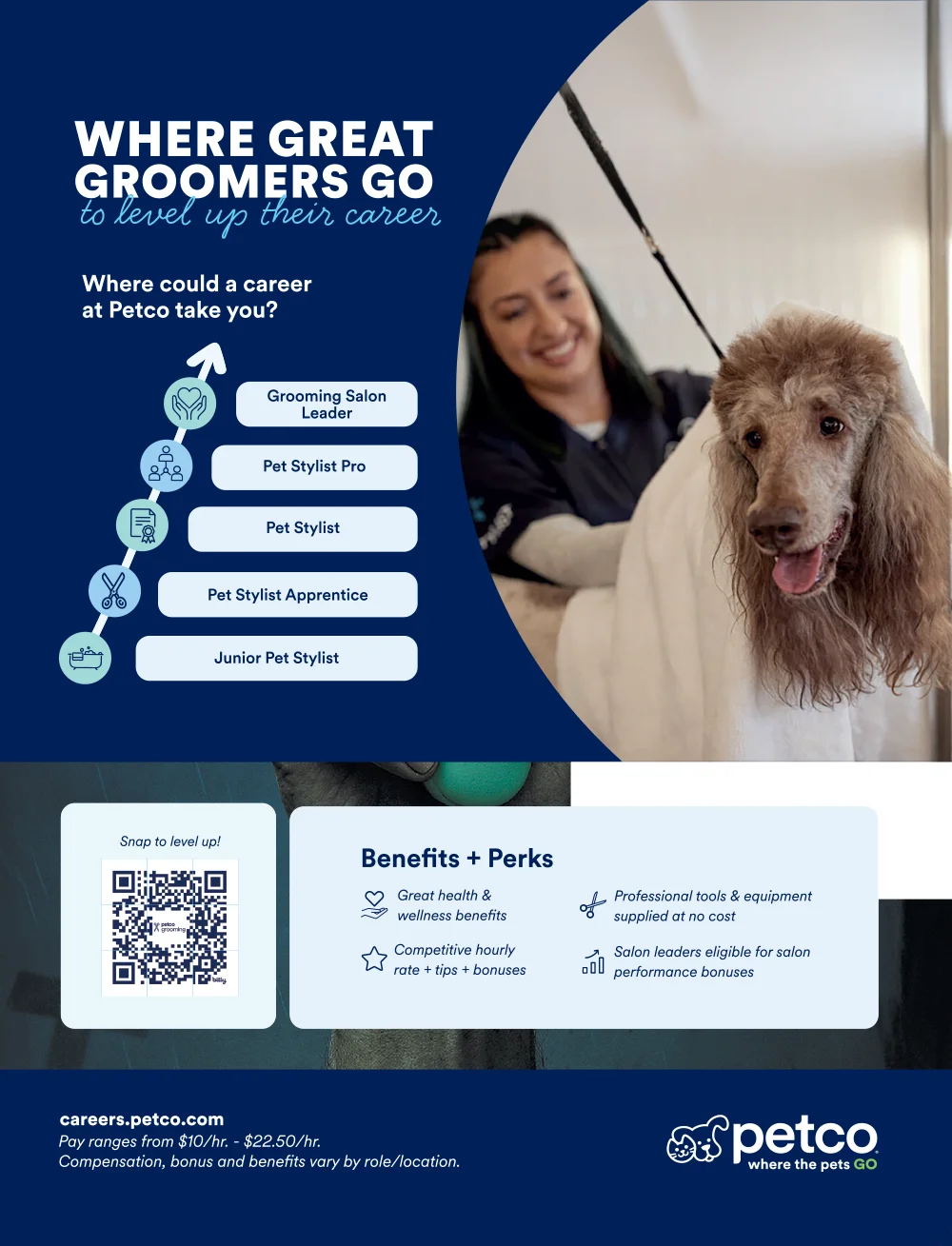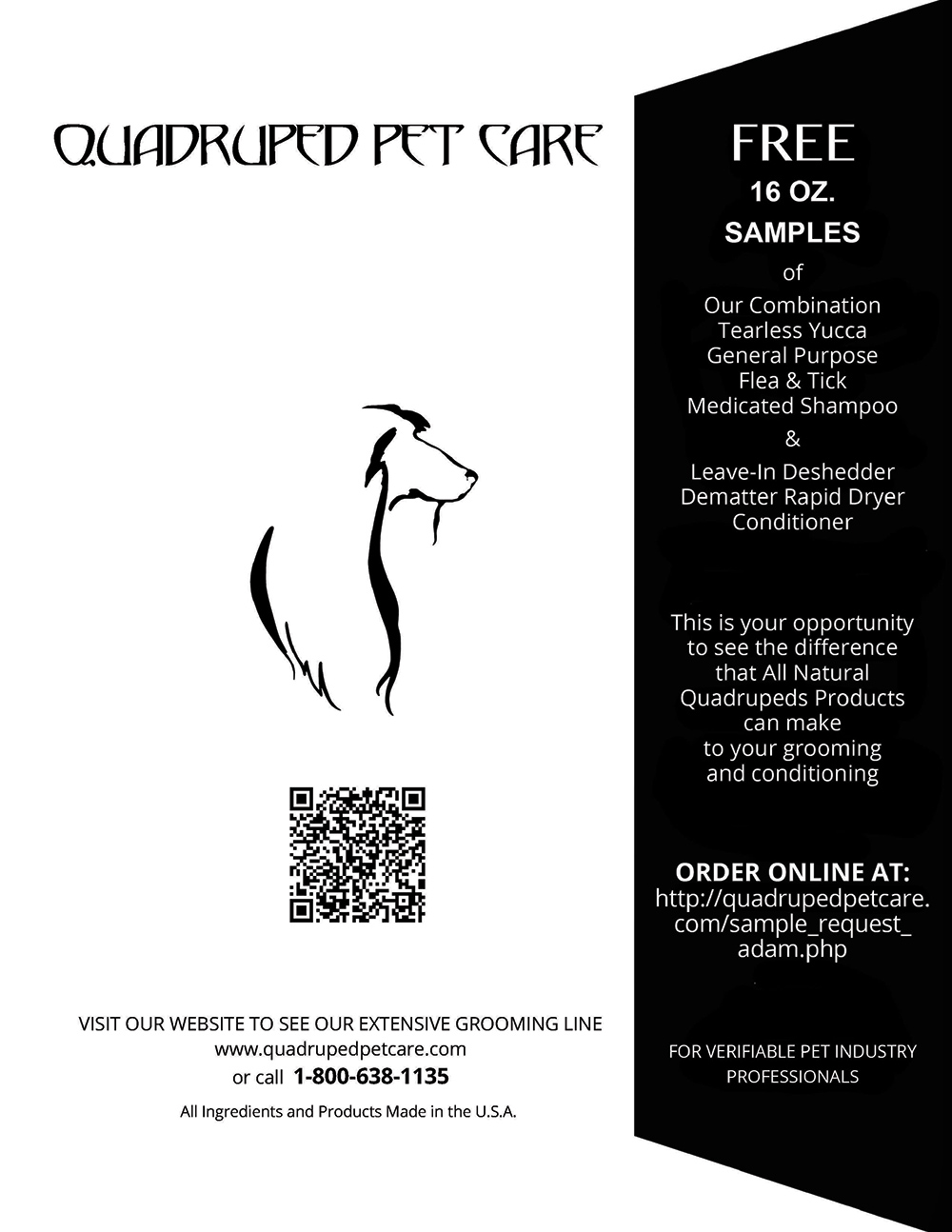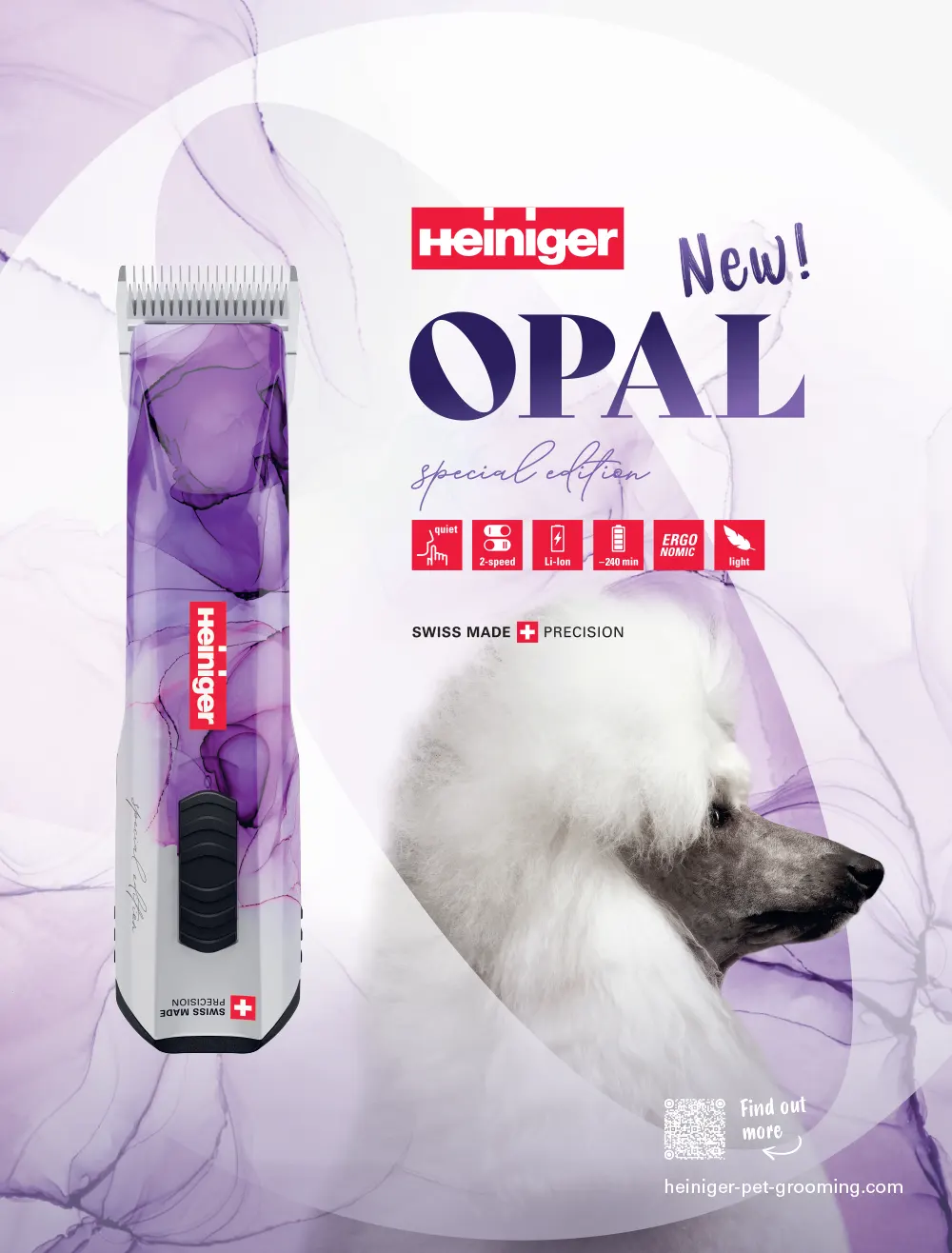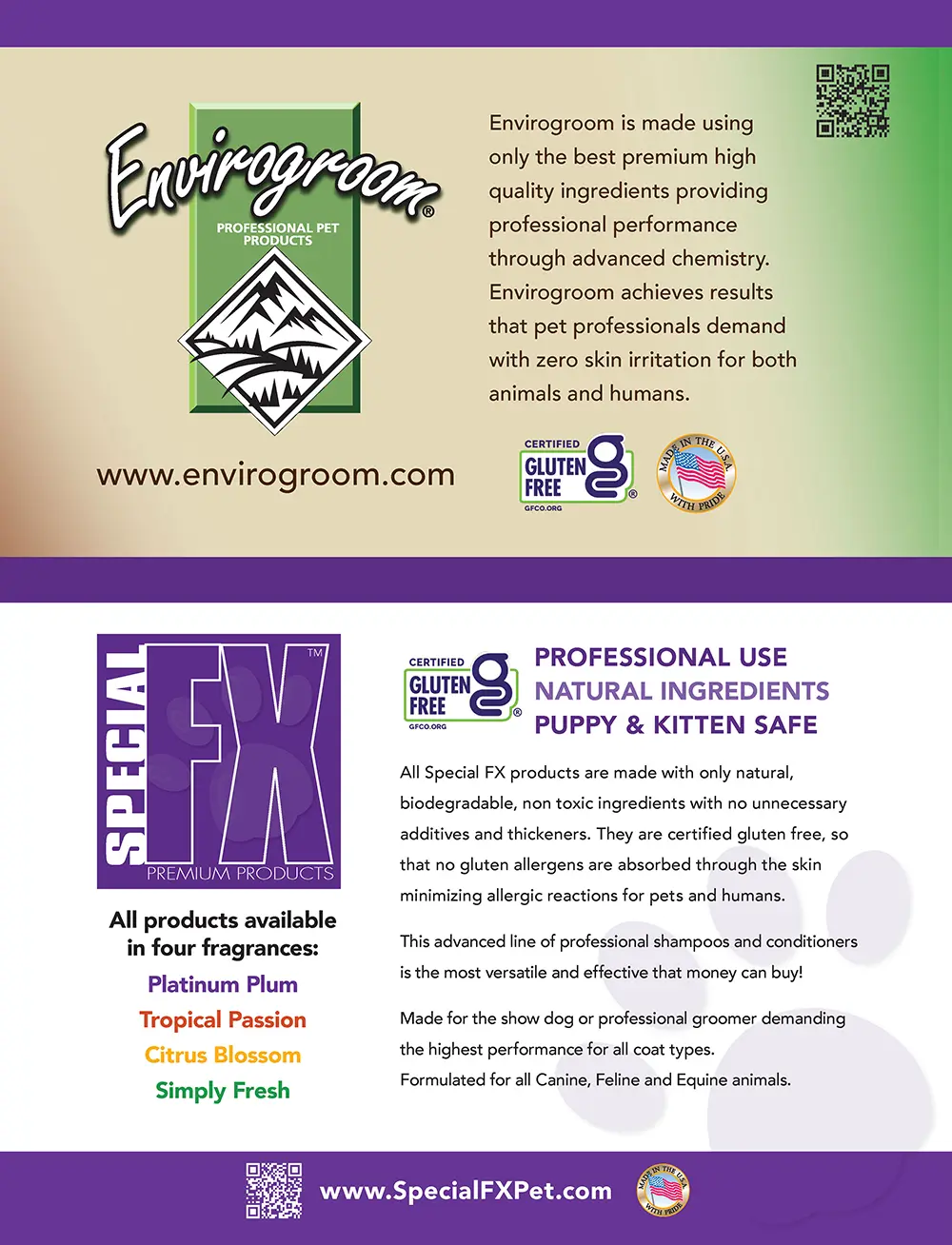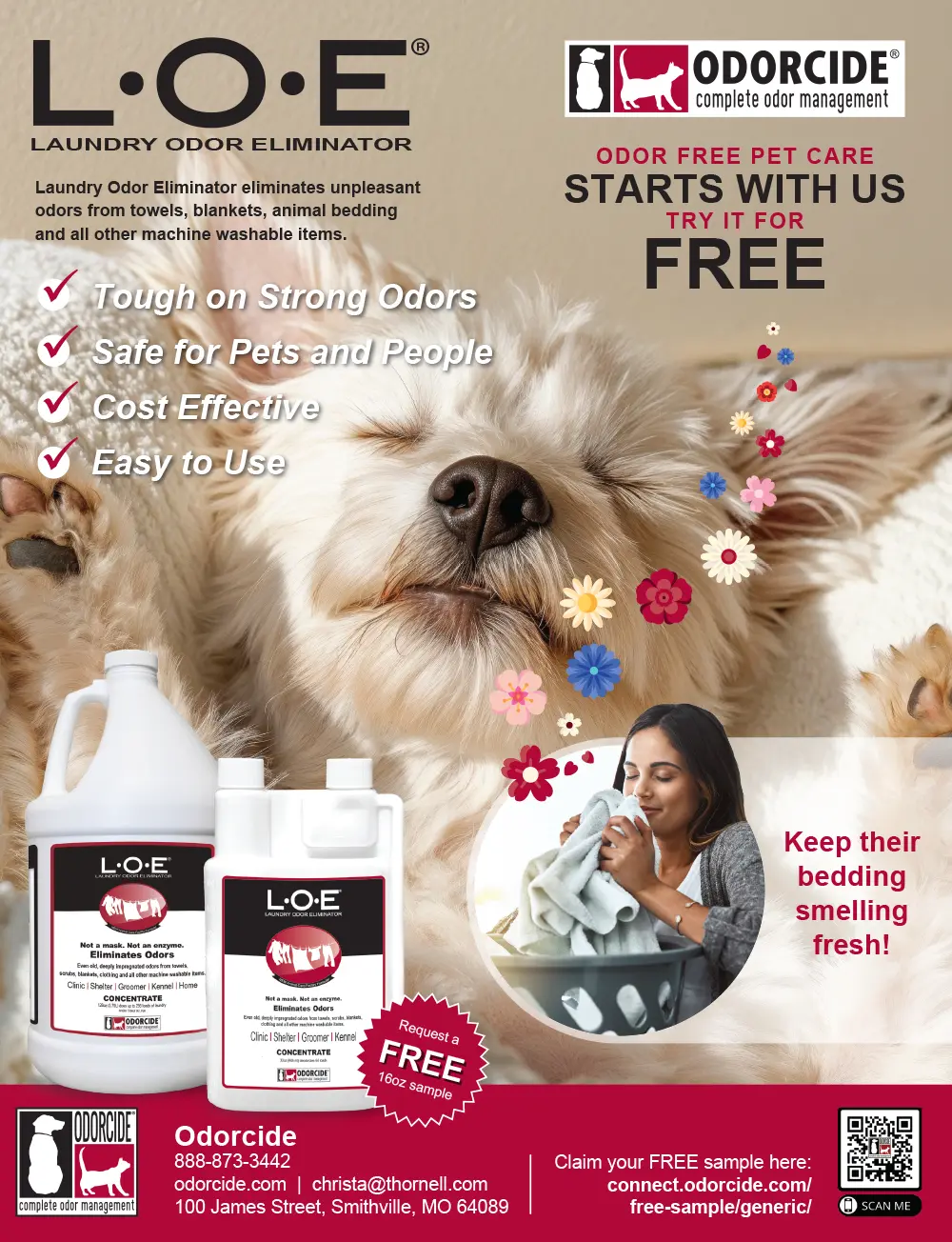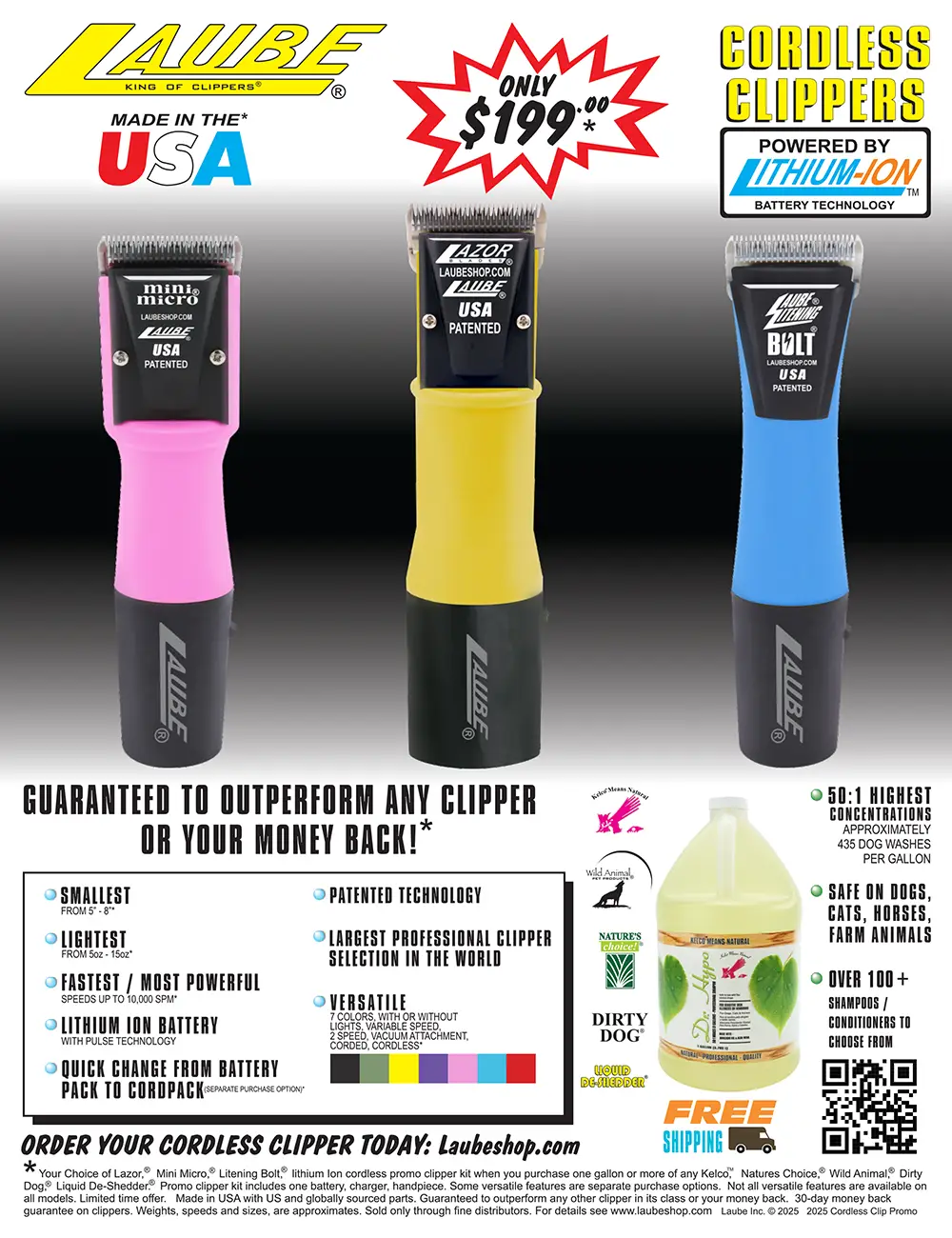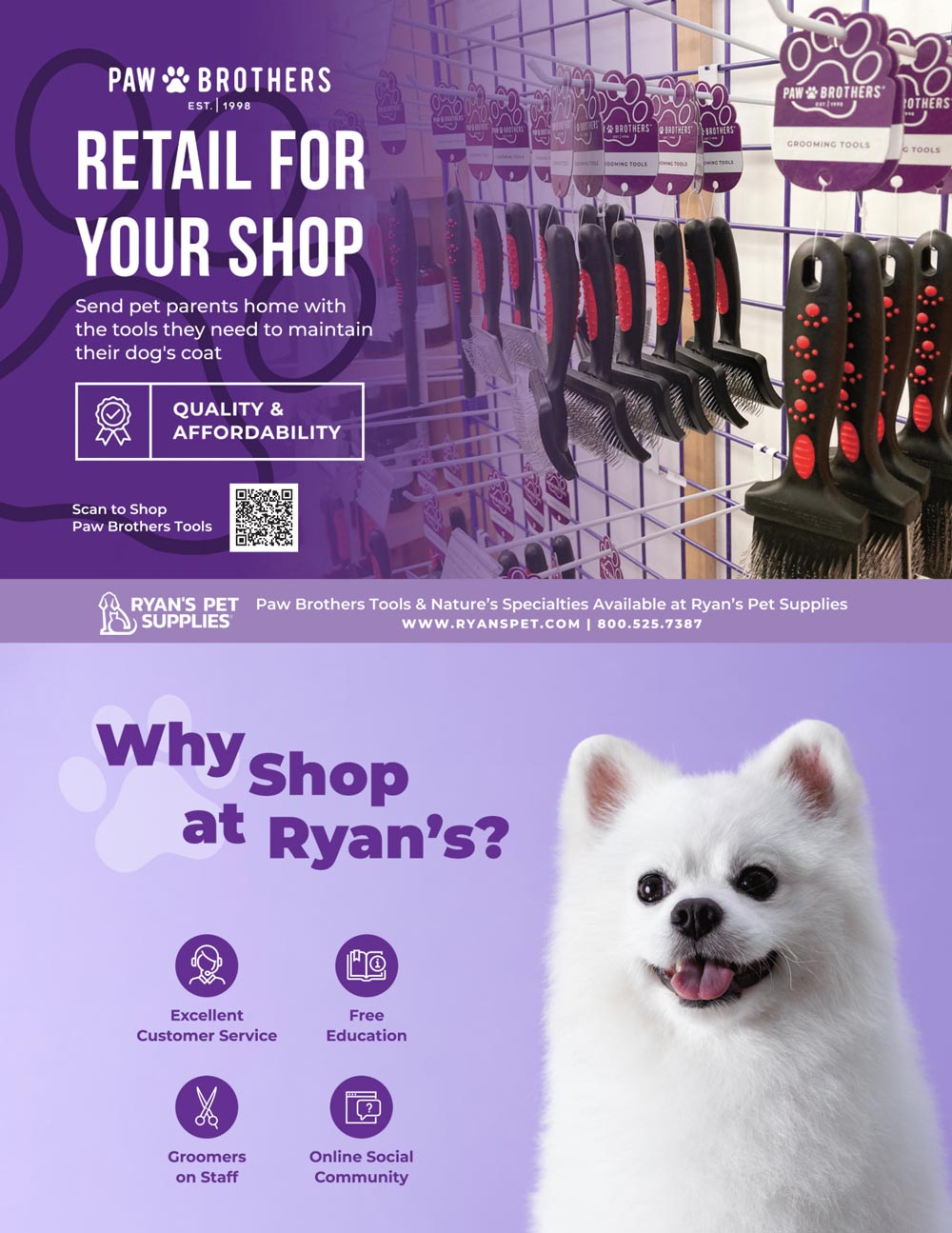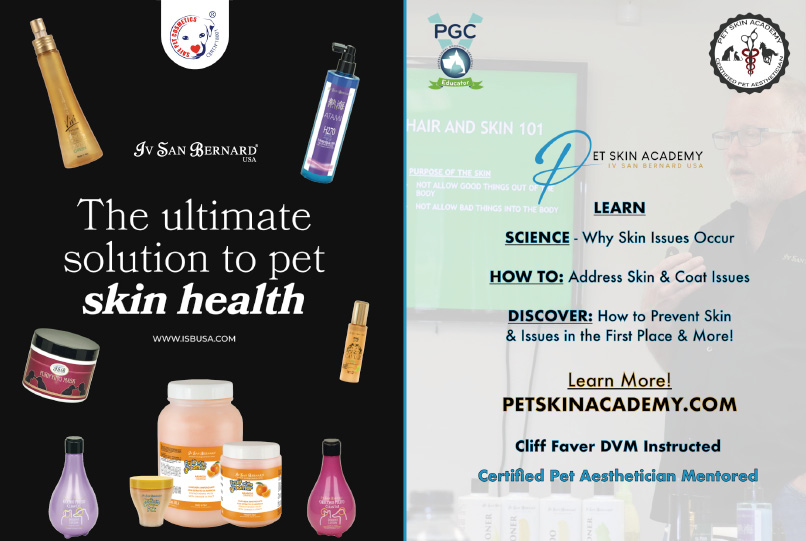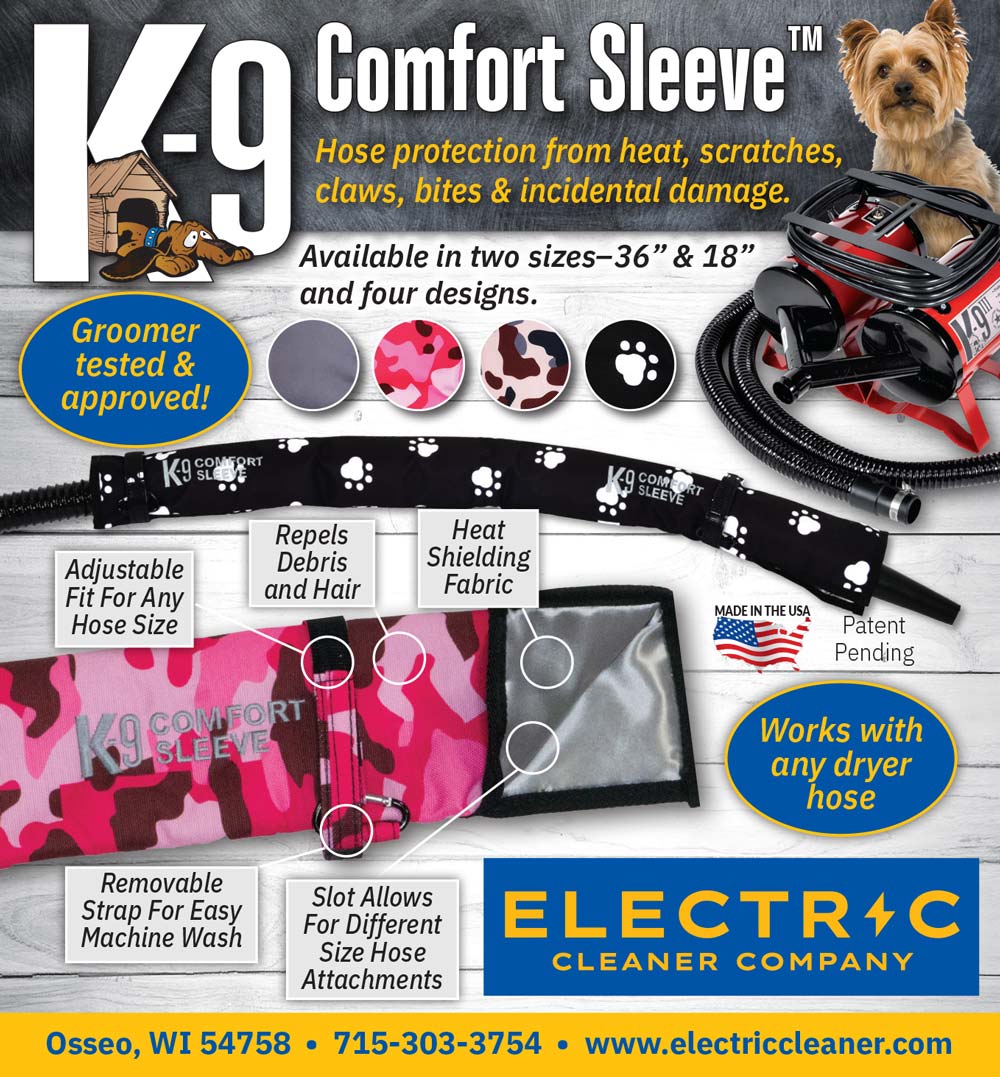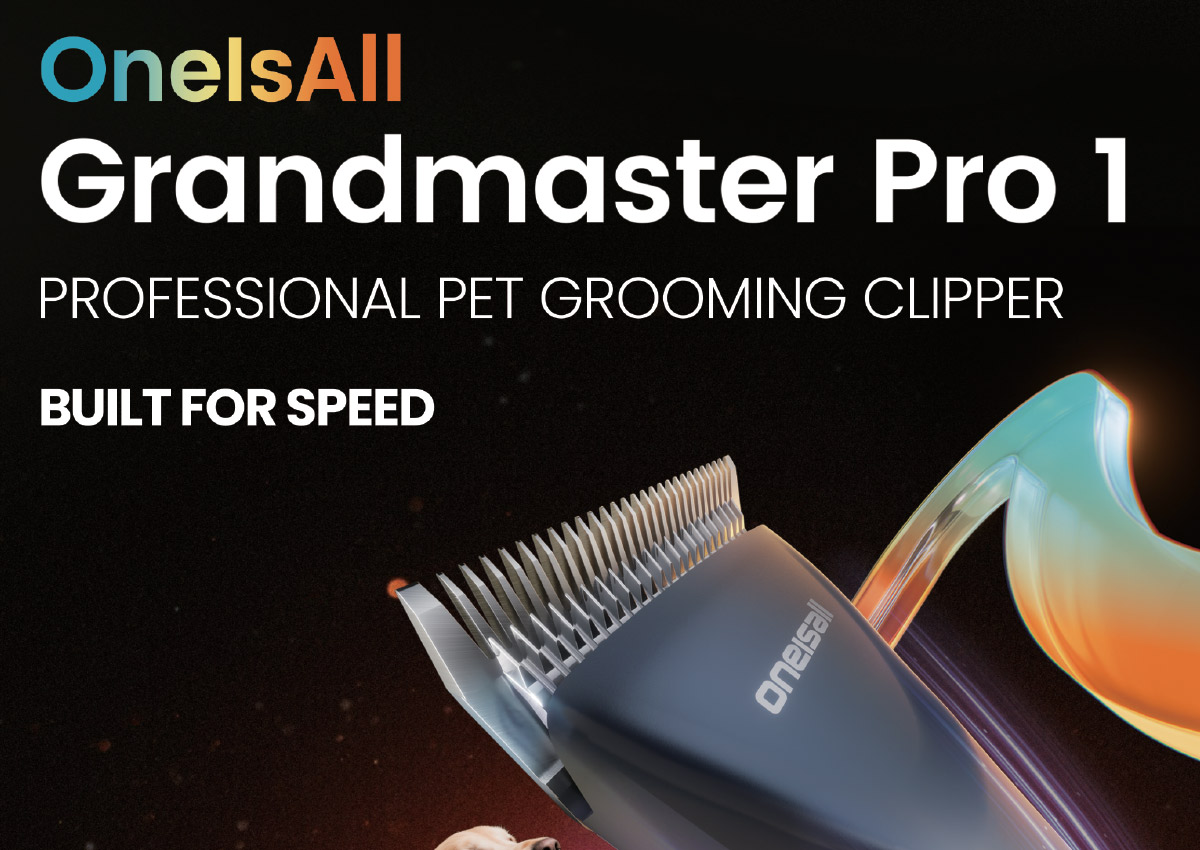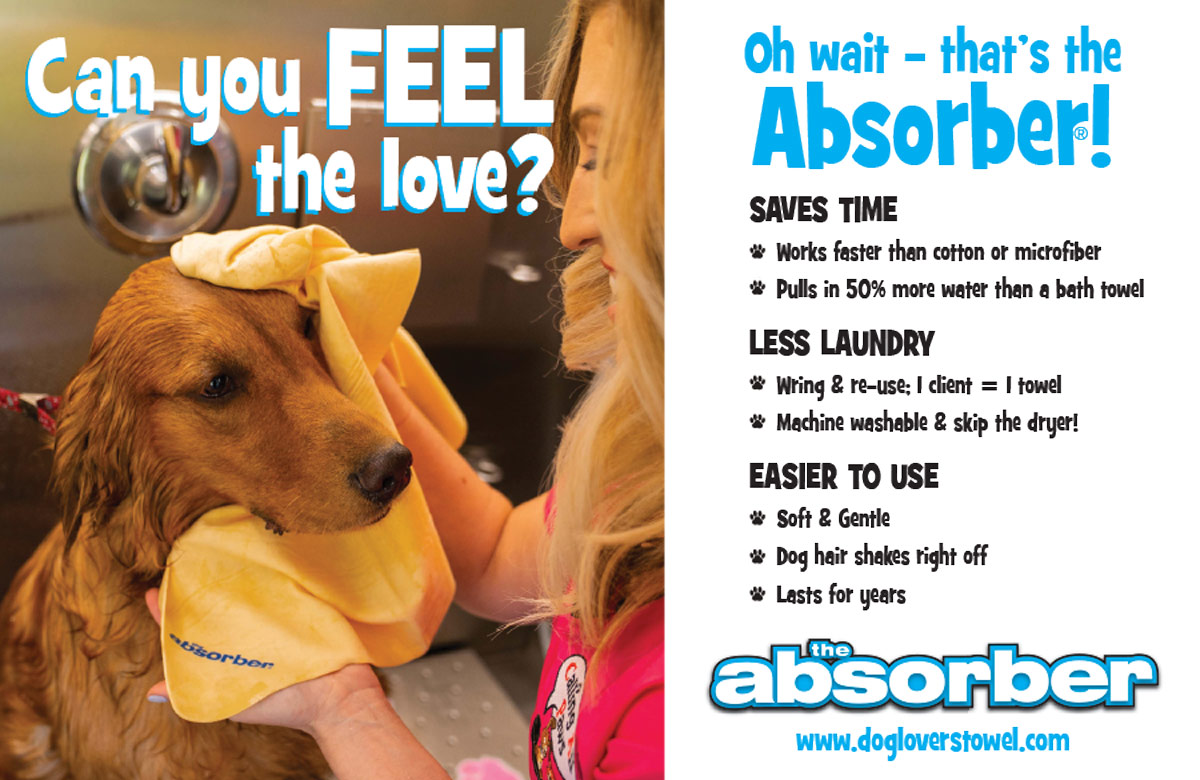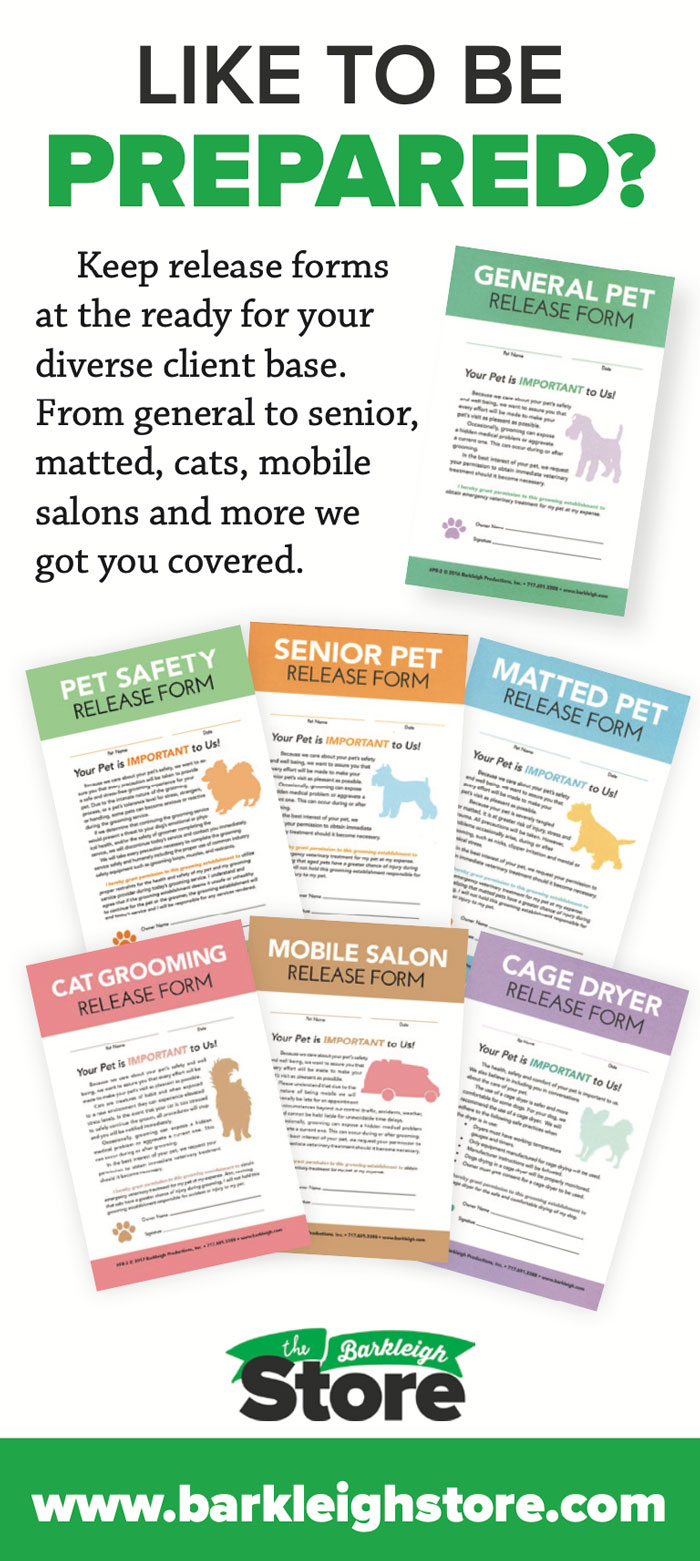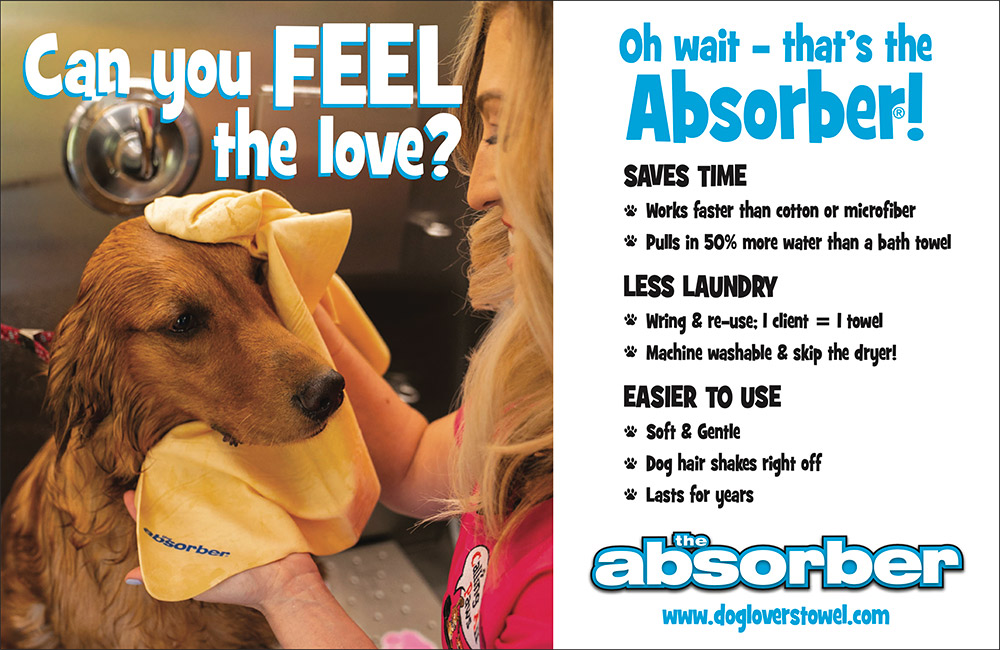Contents | October 2025
18
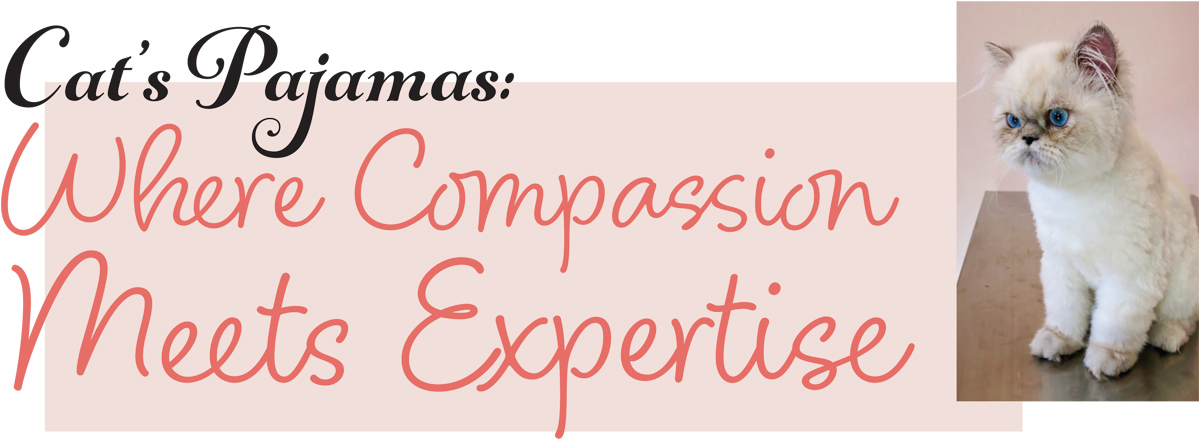
36
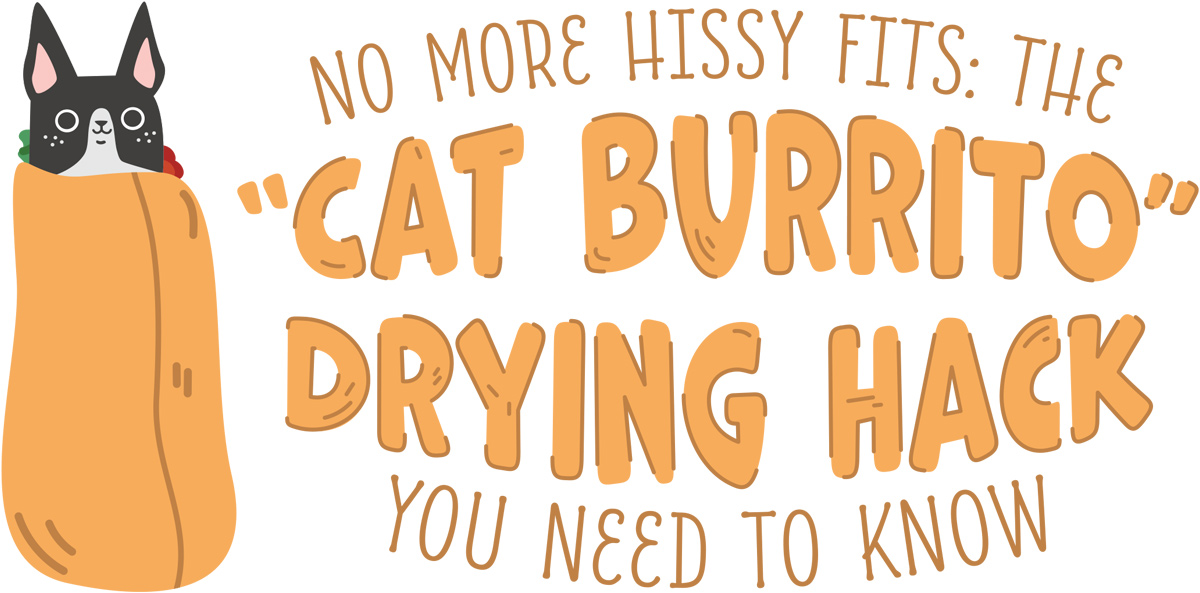
by Misty Gieczys
ALSO INSIDE
todd@barkleigh.com
adam@barkleigh.com
gwen@barkleigh.com
rebecca@barkleigh.com
luke@barkleigh.com
laura@barkleigh.com
brandi@barkleigh.com
carlee@barkleigh.com
evan@barkleigh.com
allison@barkleigh.com
james@barkleigh.com
karin@barkleigh.com
britany@barkleigh.com
Daryl Conner
Lynn Paolillo
Jennifer Bishop Jenkins
Melissa Viera
ALSO INSIDE
ON THE COVER
- Andis2
- Animal Photography12
- Artero23
- Bandanas Unlimited21
- Barkleigh Store – Groom Curriculum25
- Barkleigh Store – Release Forms64
- Barkleigh Store – The Pet Stylist Playbook39
- Barkleigh Store – The Rosetta Bone44
- Barkleigh Updates13
- Best Shot Pet – UltraMAX50
- Best Shot Pet – Scentament Spa9
- Cosmos Bathing Systems45
- Direct Animal Products31
- Double K Industries3
- Electric Cleaner Company20
- Envirogroom | Special FX Premium Products55
- Evolution Shears26
- EZ-Groom27
- Fun in the Sun61
- Groomer’s Best56
- Groomer’s Choice4
- Hanvey Engineering & Design57
- Heiniger51
- IV San Bernard | Pet Skin Academy10
- Laube65
- MetroVac30
- Midmark29
- Odorcide59
- OneisAll46
- Paragon School of Pet Grooming38
- Paw Brothers | Ryan’s Pet Supply66
- PetBizInsurance.com41
- Petco Grooming35
- PetLift47
- Precision Sharp Co43
- Puppy Playground34
- Quadruped Pet Care49
- Ryan’s Pet Supplies | Leading Edge Grooming AcademyDigital Only
- Stone Mountain Pet Products7
- Tauro Pro Line11
- The Absorber Dog Lover’s Towel53
- Wag’n Tails63
Featured Spotlight Profile
Midmark



 or dog owners, a grooming appointment often feels like a spa day for their pet. But ask a cat owner, and you’ll hear a very different story…
or dog owners, a grooming appointment often feels like a spa day for their pet. But ask a cat owner, and you’ll hear a very different story…
While many cats experience stress in the grooming salon, it doesn’t have to be that way. Together, groomers and owners can reduce a cat’s anxiety and set them up for success by using the right approach and implementing expert-recommended techniques.
Behind the scenes, a grooming salon can be overwhelming, but cats often experience stress even before arriving. One major clue that signals to the cat it’s grooming day is the presence of the carrier.
According to one study1, owners were asked during a focus group to create a collage of what it was like to take their cat to the veterinarian—often a similar experience to going to the groomer. The images were not positive ones, with many of the collages depicting a stressful scene.
So, the question is, what can groomers and cat owners do to improve the experience?
Cat behavior specialist and Founder and President of All Cats All the Time, Inc, a nonprofit that helps to promote the adoption of cats, Rachel Geller, Ed.D.2, explains that when cat groomers work with owners, it’s possible to help prepare cats for grooming with less stress for everyone.
Dr. Geller explains that behavioral issues are often fixable, and owners don’t realize it. One common problem area related to grooming is the carrier. Whether it’s a lack of experience or a fear formed by association, the carrier can elicit strong responses in cats.
Encouraging owners to work on carrier training at home can remove one element of stress when it’s time to bring their cat in for grooming. Many owners only bring out the carrier when it’s time to travel, leading the carrier to become a cue, causing cats to hide.
“First, you want to work on creating positive associations with the carrier for groomer visits,” Dr. Geller recommends. “What you can do is to start placing the carrier in a room where you and your cat spend much of your time. Make sure the door to the carrier is off or is propped open in a secure way so it doesn’t accidentally close or make a noise. I use pipe cleaners or baggie ties to secure the door open.”
She goes on to say that once the cat becomes accustomed to seeing the carrier and entering it, the door can be closed for a few seconds at a time. Owners can toss treats into the carrier right from the start. Eventually, owners work up to lifting the carrier with their cat inside and walking around their home with it. This routine helps prepare cats for travel. Regular practice makes the difference.
Another essential part of grooming preparation is at-home handling and brushing. Not only does this help cats become comfortable with the process, but it also benefits their coat. At home, owners can pair these sessions with treats to reinforce the training. Treats can play a role in helping cats form positive associations with grooming while practicing at home. Groomers can offer treats in a salon setting, too.
“Treats act as positive reinforcement, helping your cat to be tolerant during the grooming session,” Dr. Geller explains. “By offering treats before, during, and after grooming, your cat will learn that grooming equals treats.”
When possible, she suggests starting the process with kittens.
“Getting a kitten used to being touched, handled, and groomed early can make future grooming sessions easier and less stressful for both the cat and the groomer,” Dr. Geller adds.
She says that the owner can introduce the kitten to different aspects of grooming at home, with the first few grooming sessions being short. In the grooming salon, mini sessions should end on a positive note, incorporating plenty of praise and affection before longer grooming sessions are introduced.
Getting owners on board with training practice can make all the difference, so Dr. Geller suggests providing resources to help clients.
“I recommend sending clients a document that has the information printed out,” she says. “You can also provide a list of the tools you will be using.
“The groomer should advise clients that many cats do not like to be touched in certain areas,” Dr. Geller continues, “so they should desensitize their cats to handling by practicing short sessions that consist of gentle touches on paws, ears, and belly.”
While it takes some work, having a cat that is comfortable in the salon can lead to more frequent visits and more successful sessions. Breaking up training and acclimation into small steps, combined with consistent practice, can help change a cat’s response to grooming, handling and traveling.
When cats misbehave, it’s a sign. The cat may need help adjusting or have unmet needs.
“Cats don’t misbehave on purpose,” Dr. Geller adds.
With preparation and teamwork, grooming can become a calm and familiar part of a cat’s routine.
- Volk, J. O., Thomas, J. G., Colleran, E. J., & Siren, C. W. (2014). Executive summary of phase 3 of the Bayer veterinary care usage study. Journal of the American Veterinary Medical Association, 244(7), 799-802. https://doi.org/10.2460/javma.244.7.799
- Rachel Geller, Ed.D., Cat Behaviorist. https://drrachelcatbehavior.com/



by Kim Kier
 s dog groomers, we often put others first—our clients, their pets, and even the success of our businesses. We’re constantly thinking about how to keep our salons running smoothly, improve efficiency and keep costs down. But here’s a little secret: investing in yourself is just as important.
s dog groomers, we often put others first—our clients, their pets, and even the success of our businesses. We’re constantly thinking about how to keep our salons running smoothly, improve efficiency and keep costs down. But here’s a little secret: investing in yourself is just as important.
It’s not selfish to think about you. In fact, the more you invest in your wellbeing, your skills and the tools you use, the better equipped you will be to serve others, grow your business and keep that passion for grooming alive.
Three of the key ways you can invest in your dreams as a pet groomer include your equipment, education and self-care. Each of these can have lasting benefits, and not just for your business, but for you as a professional and a person as well.
1. Equipment:
Tools That Work for You
Taking Breaks & Avoiding Overwhelm
Think of it this way: Your business will only grow as much as you do. When you invest in yourself—whether it’s through upgrading your tools, learning new skills or simply taking a well-deserved break—you’re not only improving your salon, but also keeping your love for grooming alive.
Make it a commitment to invest in your dreams. After all, the better we take care of ourselves, the better we can take care of our beloved furry clients. Here’s to investing in you—because you deserve it!
Kim Kier is the owner/groomer of Little Barks Grooming & Boutique, an award-winning luxury salon in Columbia, South Carolina. She is also a Master Pet Aesthetician, Professional Grooming Credential ( World Pet Association), Master Groomer Behavior Specialist, Fear Free Certified Professional, Low Stress Handling Level Silver Certified, and Certified Puppy Consultant.



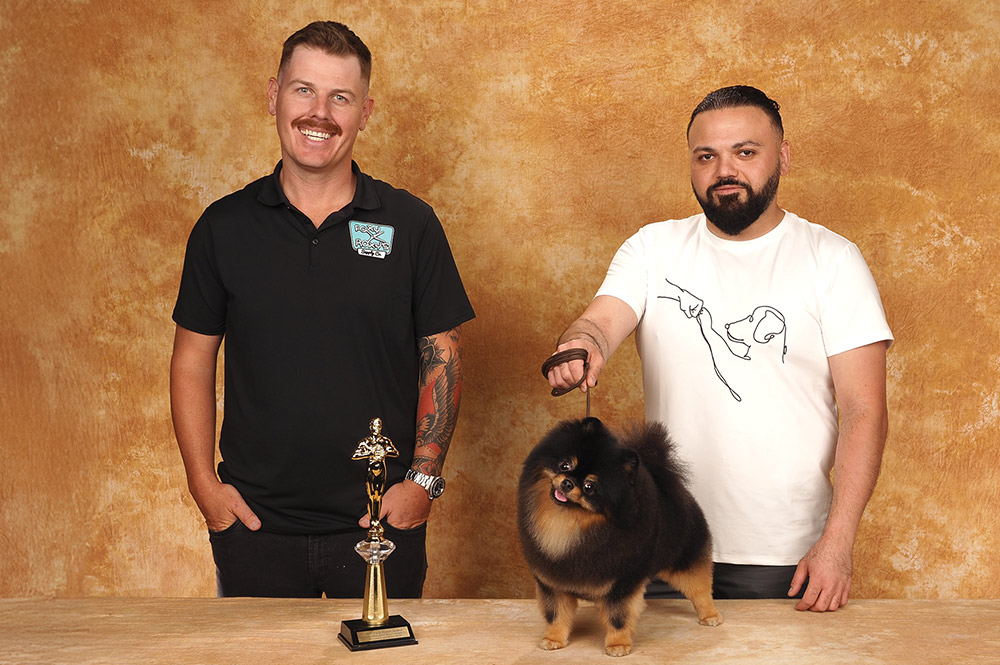




Wire Coated

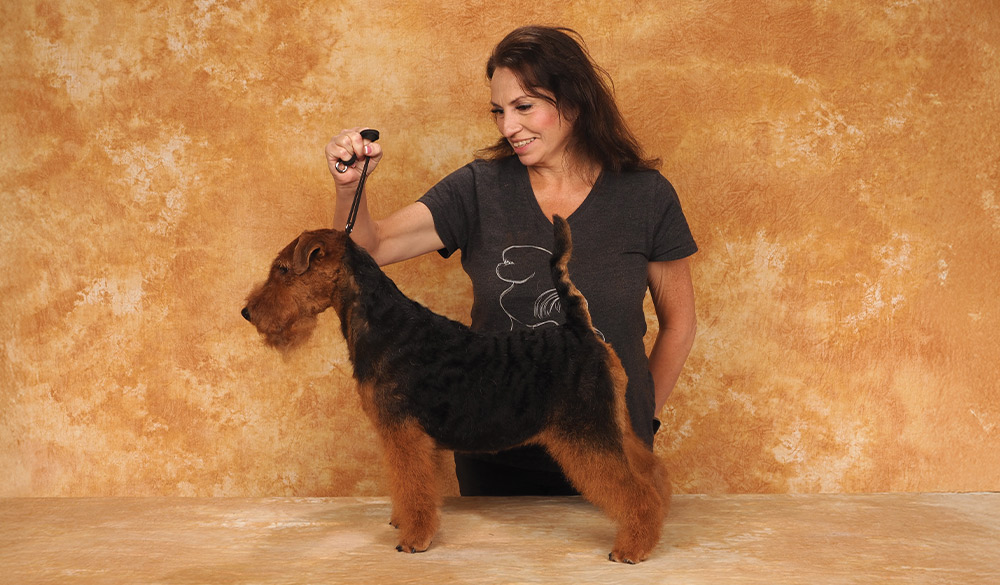

All Other Purebreeds
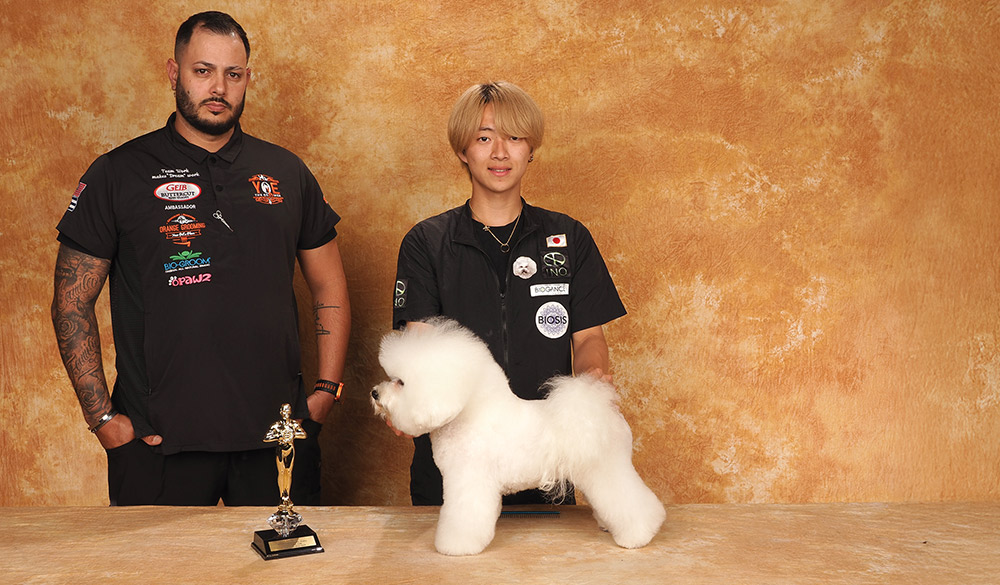
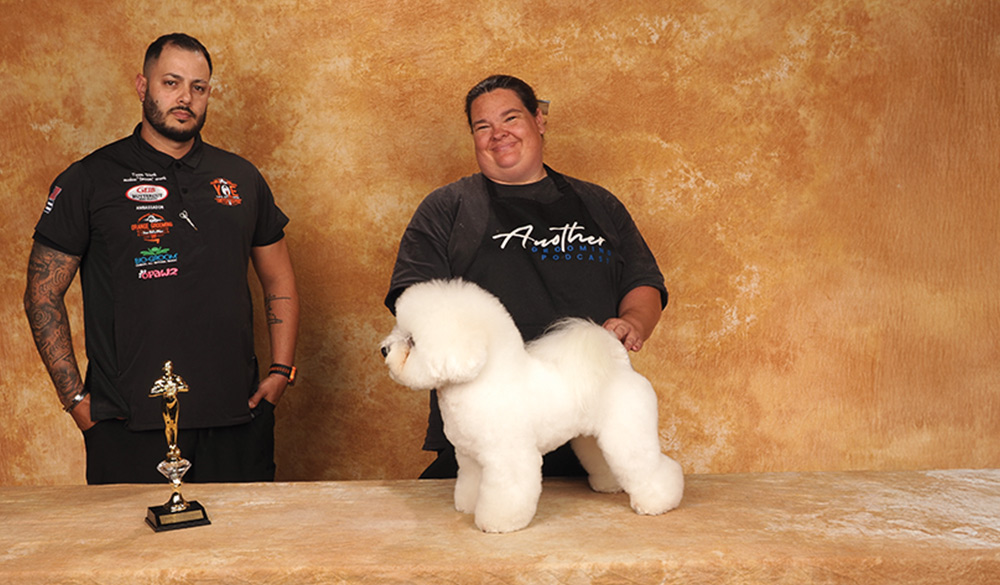
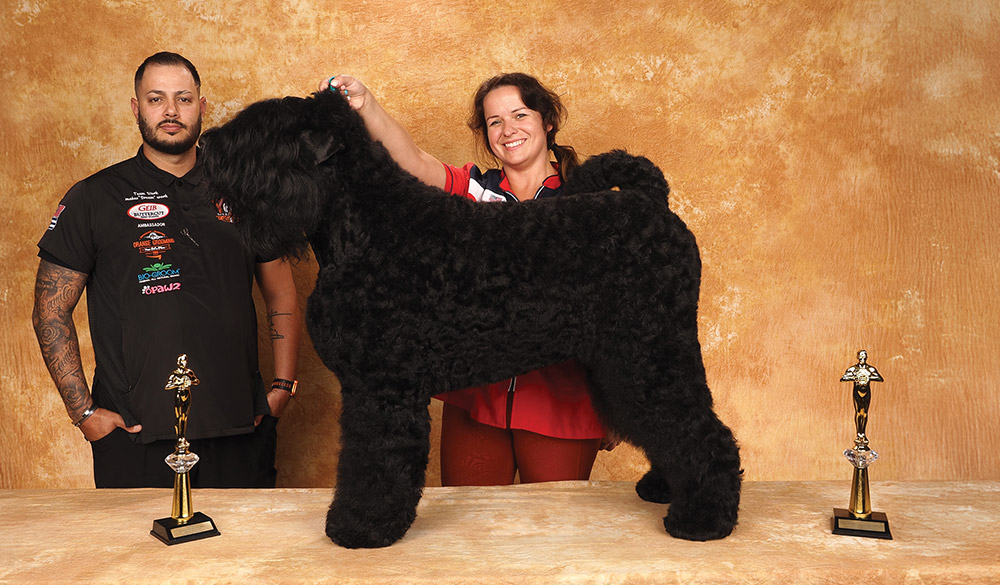
Sporting
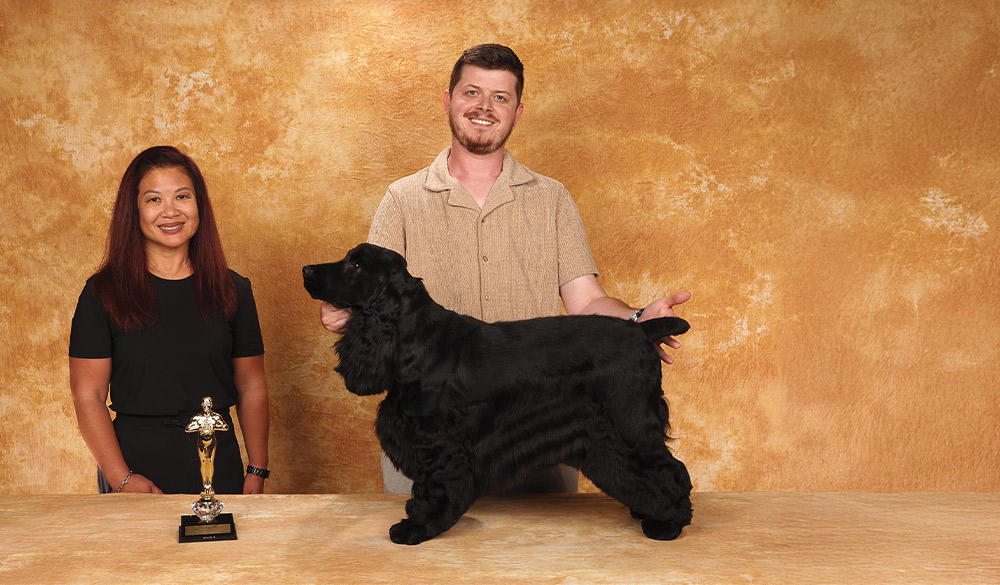


Salon Freestyle
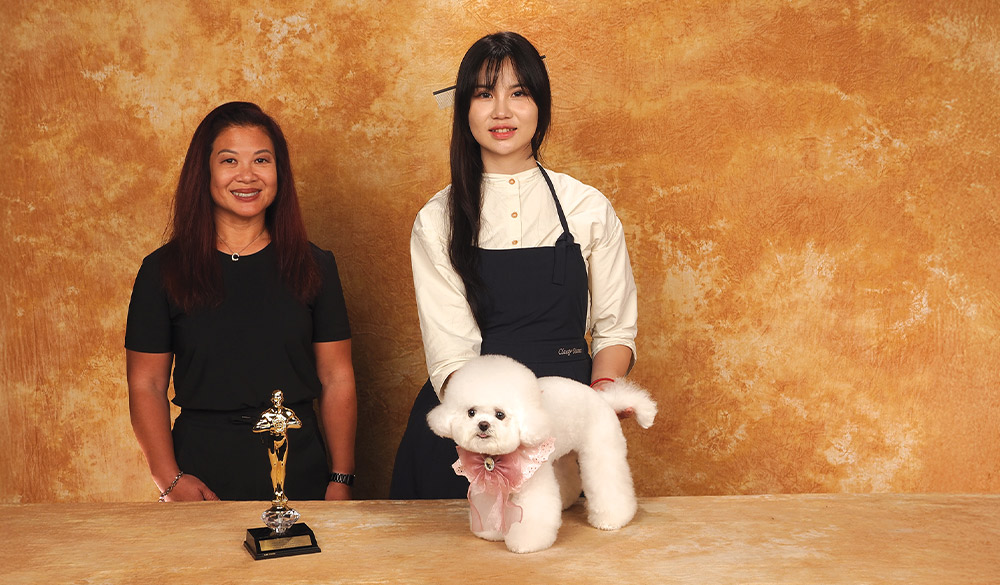


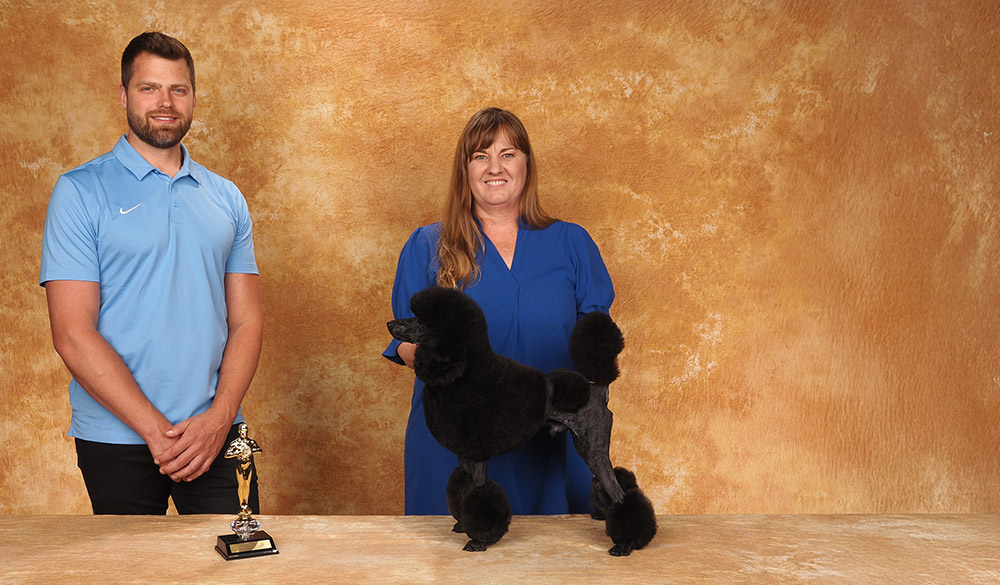


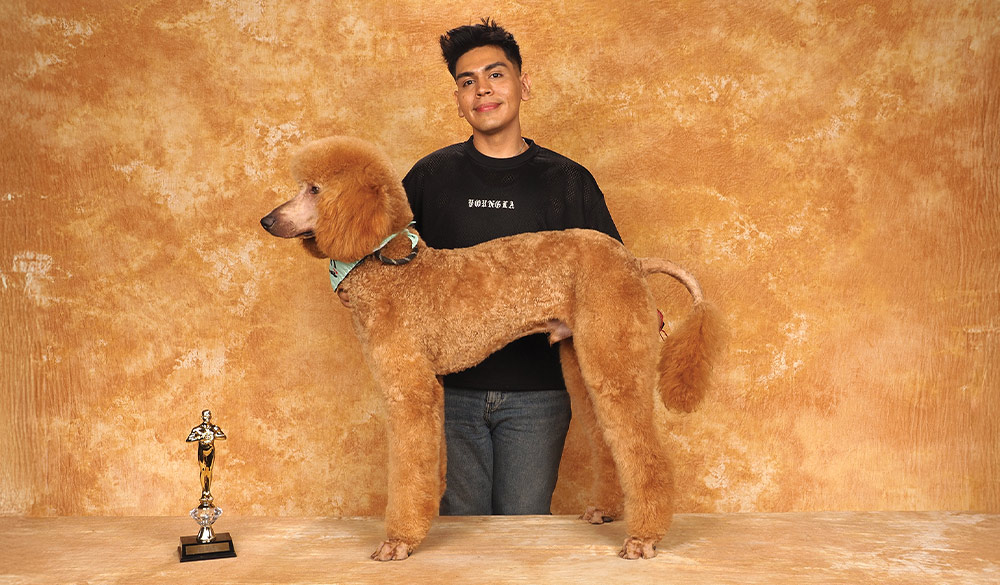
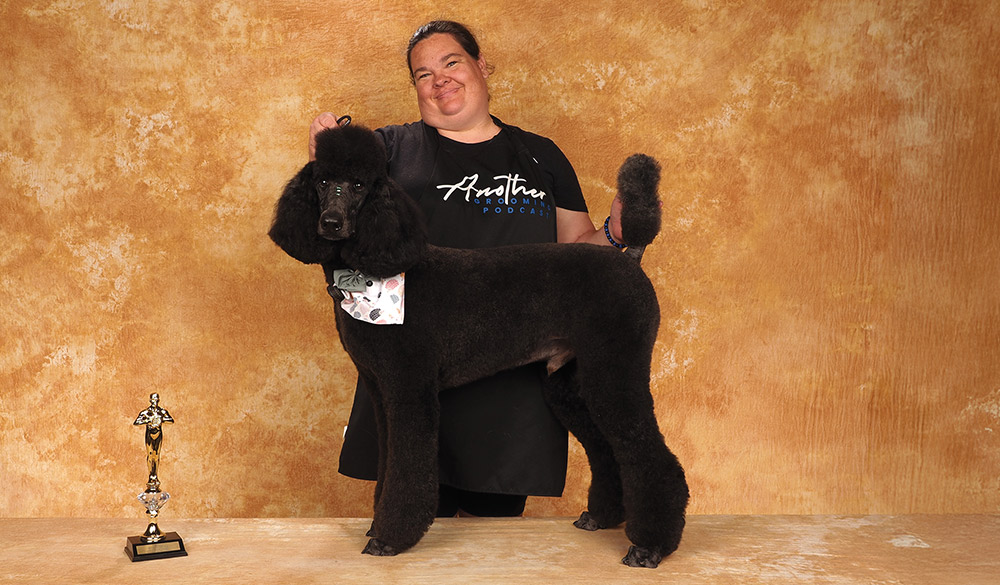

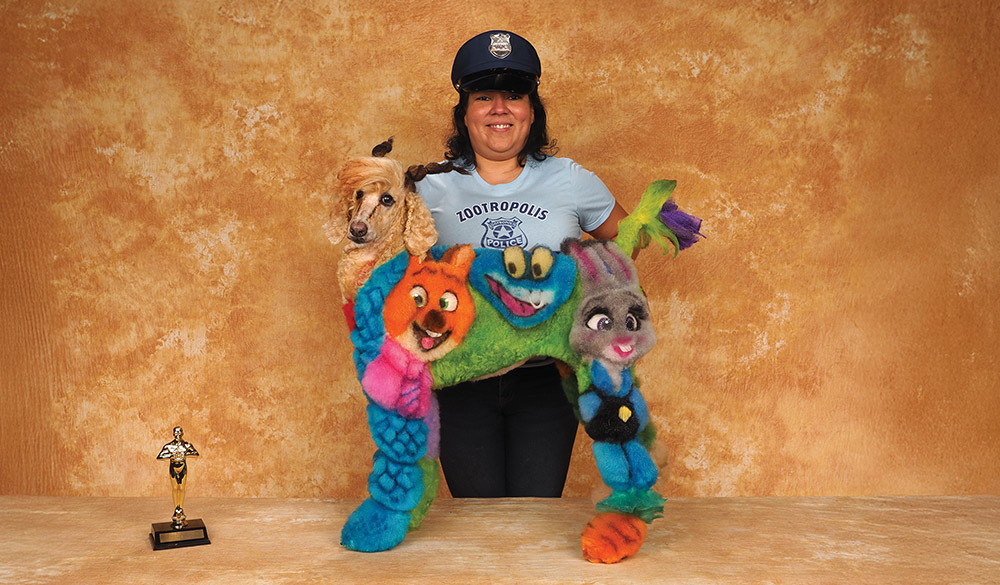
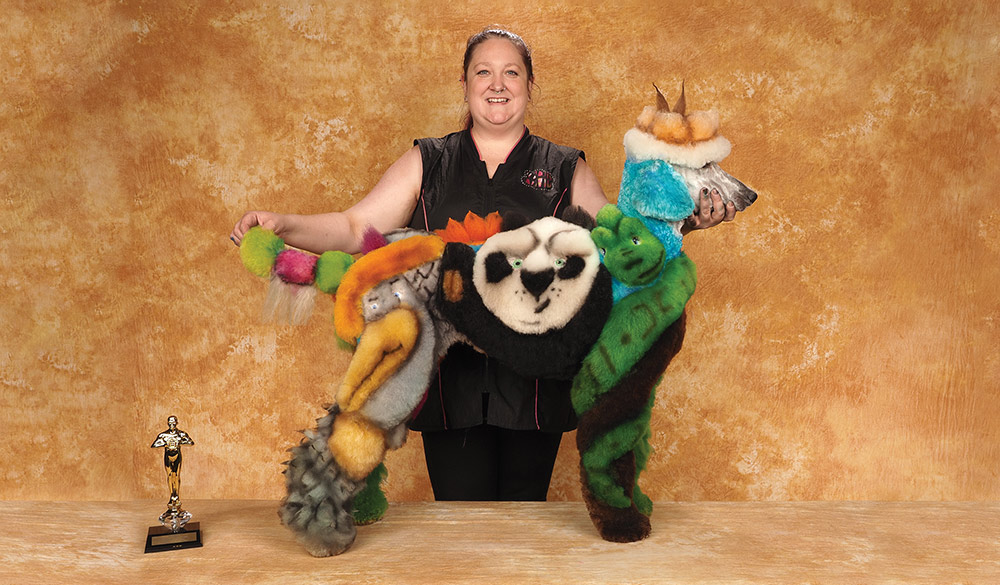

People’s Choice


Jeanette Witcherton

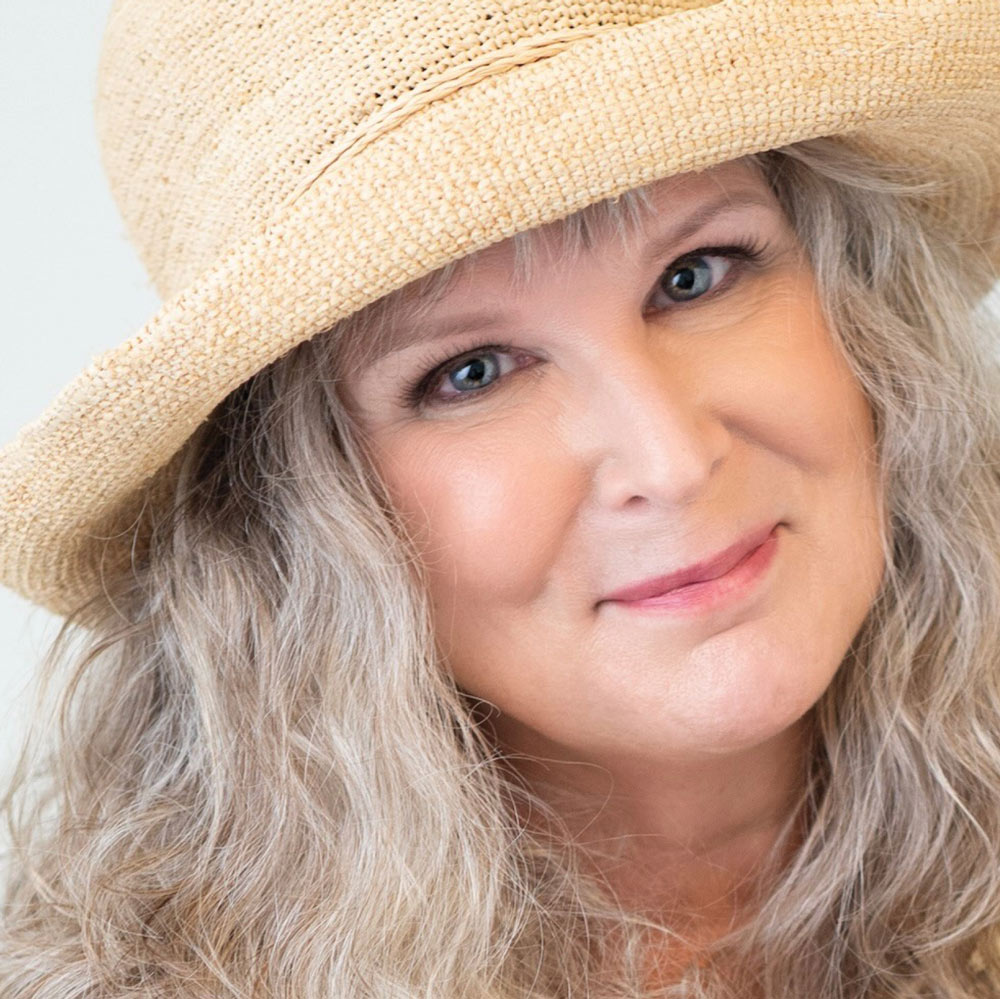

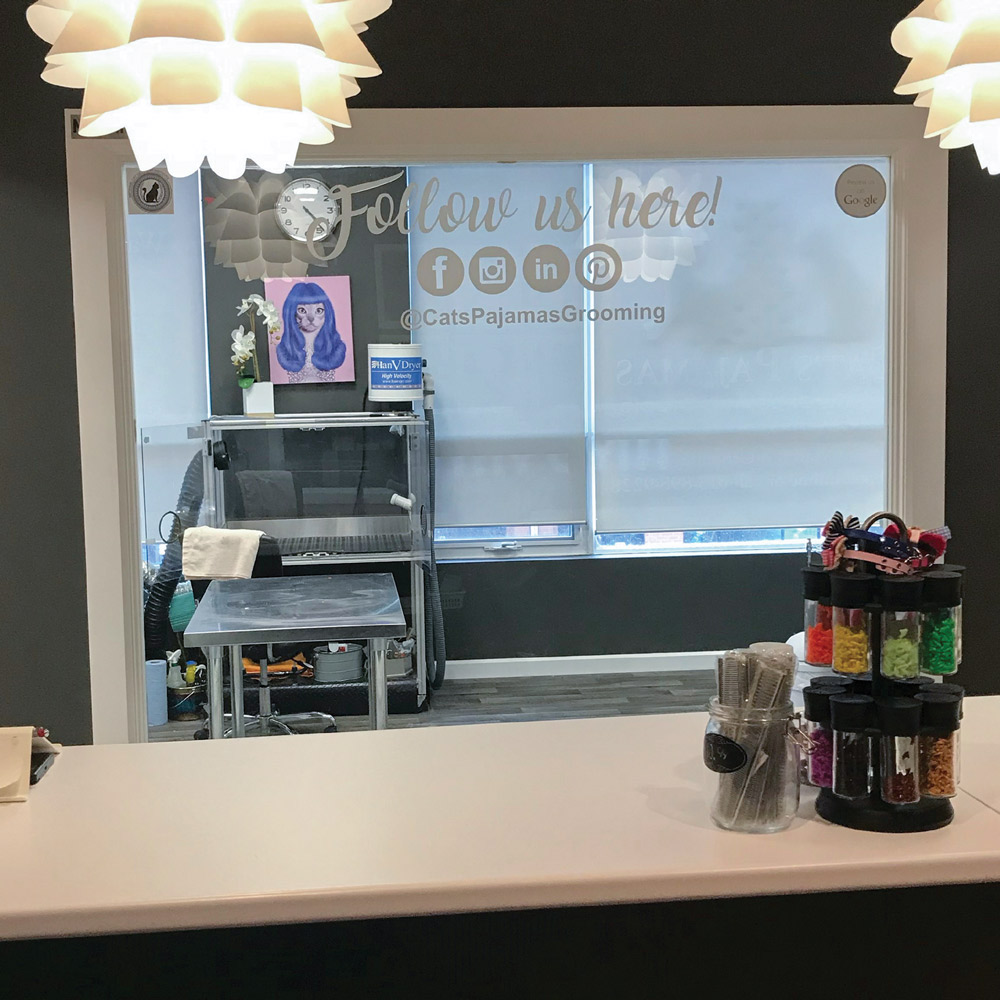





Photos provided by Cat’s Pajamas
 anet Wormitt has been involved in the professional grooming industry for close to 30 years, but it’s in cat grooming that she has really earned a name for herself.
anet Wormitt has been involved in the professional grooming industry for close to 30 years, but it’s in cat grooming that she has really earned a name for herself.
As owner of Cat’s Pajamas in Ottawa, Janet has been redefining what it means to be a cat groomer, which is why customers come from all over Canada and up from the states to get their cats groomed at her salon. Still, she wasn’t always known for working with the felines.
“When I was 17, I started showing and breeding purebred dogs,” she recounts. “So, I came to the grooming industry from the opposite direction that most people come. I learned from the masters of breed-standard grooming and then came into professional grooming.”
At the time, Janet knew nothing about cat grooming—but that was normal among those in the profession.
“A cat would come in terrified because they are surrounded by dogs, and all the equipment is the wrong scale and size—everything is just different,” she says. “But we didn’t know that at the time because the grooming schools don’t tell you there’s a difference. That’s why, usually, the cat grooming would go disastrously wrong.”
Back then, Janet chose to stop cat grooming because she felt bad charging a lot of money for a job she wasn’t proud of and having the cats go out the door stressed. But she didn’t want to fail, so she set out to find a cat mentor.
“I went to the cat shows and talked to people and tried to gleam some information the same way I had learned from breeding and showing dogs,” she shares. “But it was like a closed secret society and no one would tell you how they got their cats prepared for show.”
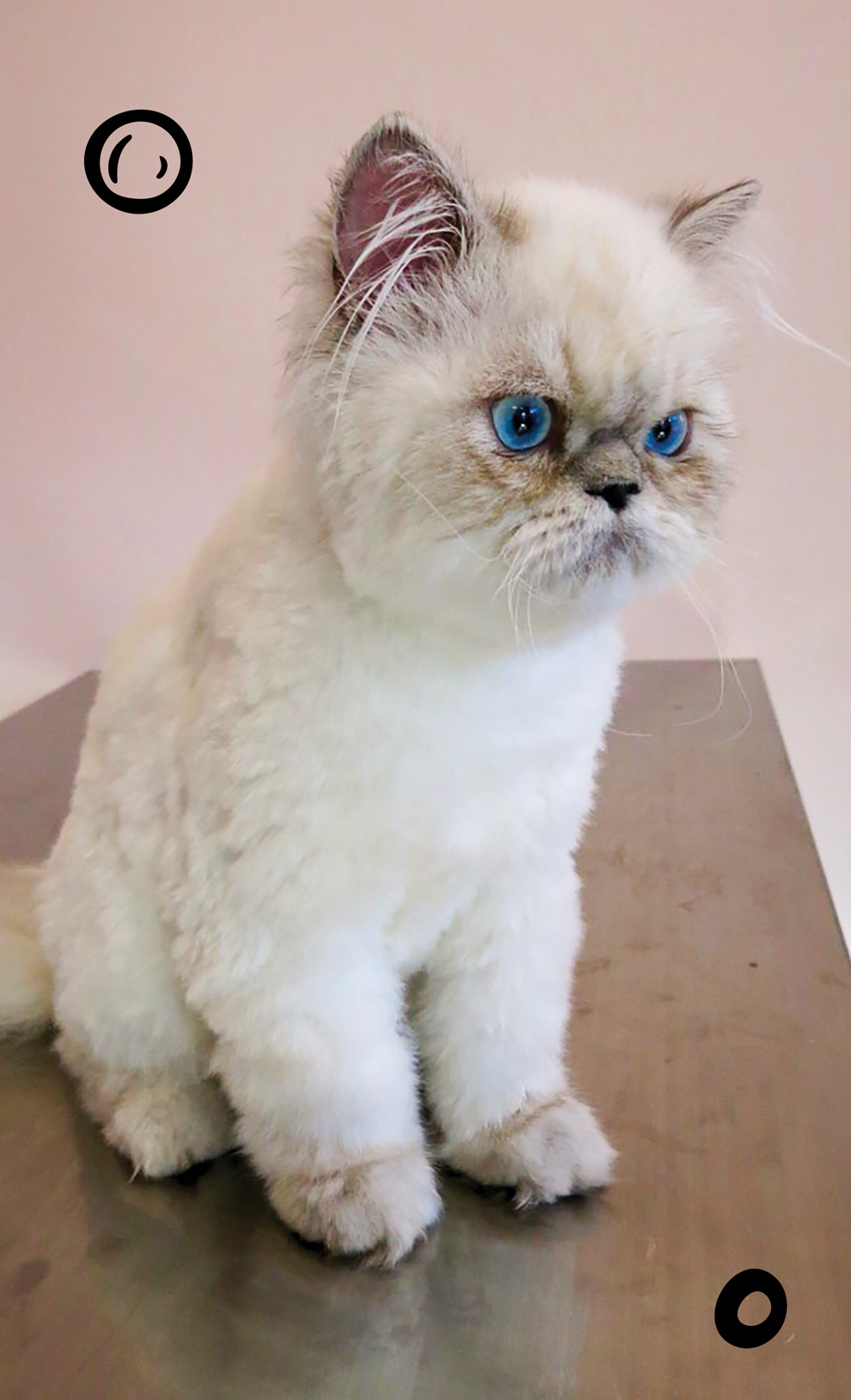



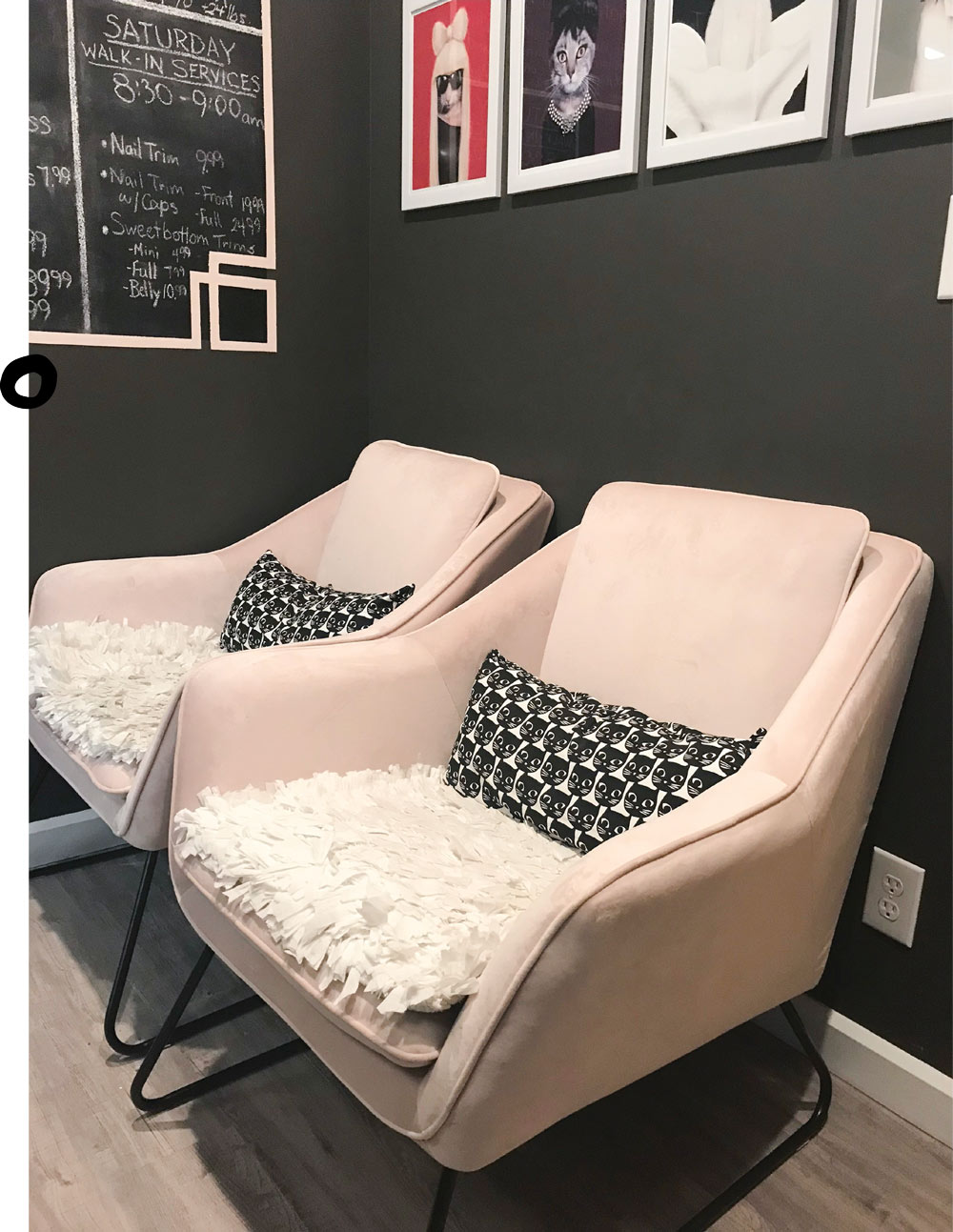

“The Middle East is almost the exact opposite of North America, as it’s almost all cat grooming and just a tiny bit of dog grooming,” she explains. “I had to up my game really, really fast.”
Janet credits Danelle German, the founder of both the National Cat Groomers Institute and the world’s first feline-exclusive grooming school located in Greenville, SC, with helping her improve.
“She came out to the Middle East and helped me glean those small but golden nuggets that made all the difference in learning how to groom cats to the standard of show-grooming dogs,” she recalls. “I became one of only a handful of people to be certified outside of her school.”
Before leaving the Middle East, Janet started a website and quickly found herself booked up with cat grooming appointments by the time she returned to Canada in July of 2013.
“I knew nobody was addressing cats and there was a huge untapped market,” Janet shares. “There are more cats as pets in North America than there are dogs. But cat people are so terrified going to a dog groomer, and understandably so.”


“I had modified her typical dog grooming studio into a cat-friendly environment when the dogs weren’t there,” she explains. “It took me two years to find a good storefront.”
When Cat’s Pajamas ultimately opened at its own location on the second level of an office building in October of 2015, Janet made sure it was 100% dedicated to cats with all cat-specific products and equipment.
“We’re just 500 sq. ft.,” she says. “I have five full-time cat groomers and I’m doing more the business end of things now. We’re booked out months ahead.”
In the beginning, Janet would use social media platforms like Facebook and Instagram to attract customers to the business. But their reputation quickly spread through word-of-mouth, lessening the need to invest time into marketing.
“We do use Google Ads and a company called NiceJob, which puts all of our reviews on our front page,” she shares. “We have a 4.8 Google review with well over 300 reviews at this point and we get a lot of positive feedback.”
In her business, Janet’s philosophy is simple: celebrating every cat as a one-of-a-kind masterpiece.


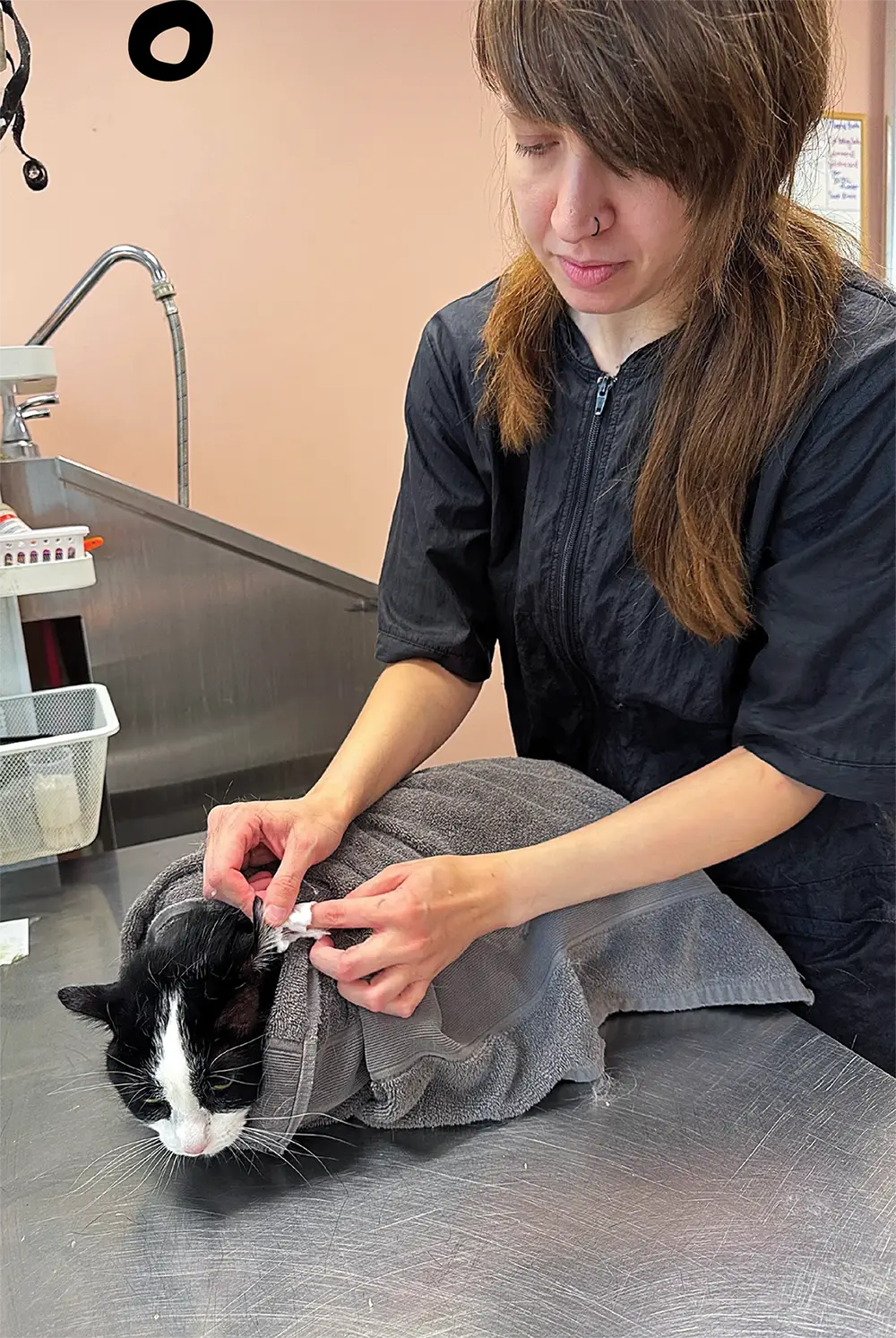
Janet believes she has the best team in the grooming business, as she selects her groomers by looking for those who share her philosophy. On average, each cat groomer does eight cats a day. And with the whole scheduling and check-out process being automated, the groomers are able to devote the entirety of their day to onezz-on-one time with the cats.
The biggest challenge of cat grooming, Janet notes, is myth-busting and undoing all the bad information and misinformation that other groomers, veterinarians and the internet put out there.
“There are many services we won’t do, and this hasn’t diminished our popularity or reputation at all,” she says. “For instance, we don’t do lion shave-downs as a means of maintenance. We don’t scruff. We don’t have one person holding the cat down while the other grooms it.”
When customers come to Cat’s Pajamas, they walk into a reception area with two comfy chairs, a small art gallery and an escape-proof counter. There’s also a huge window in the reception area so cat owners can observe the entire grooming process.
“They have peace of mind that their cats are being groomed sensitively, and we tailor it to each individual’s experience level and temperament,” Janet explains. “Our workspace is designed according to flow. On one side, we have three tubs, there’s a window across the other side where we have our grooming and drying areas, and on the other wall we have our systems to do the trims.”
Janet also started a blog to help people understand what cat grooming is and why it’s important.
“Our blog gets over 350,000 viewers per year because people are desperate for sensible information on cat grooming,” she shares. “We want people to understand the benefits and that cats do need to be bathed and washed regularly. It’s like getting a makeover—a cat will look and feel better.”
Cat’s Pajamas also regularly sponsors the Ottawa Valley Cat Club Show each September to support feline welfare. And, since 2013, the business has contributed monthly free grooming to foster cats through its partnership with Ottawa Stray Cat Rescue.

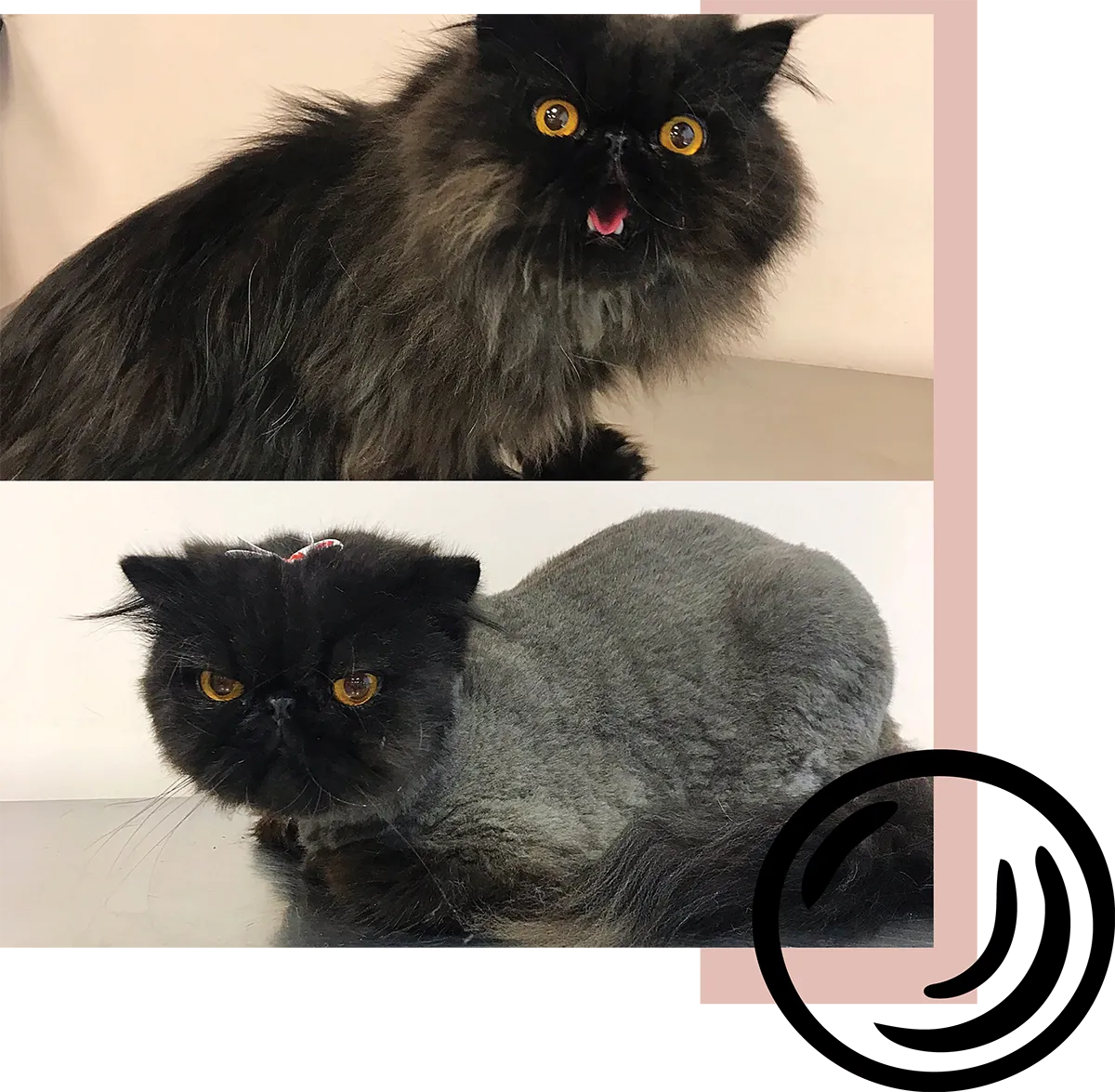

Over the last 10 years, Cat’s Pajamas has grown year-over-year by double-digit margins, but Janet’s challenge now is whether she wants to open additional locations.
“This past year has been turbulent to make major business investment decisions,” she explains. “I have a couple of ideas though, and growth is definitely on the menu because we can’t keep up. The demand is there, and the interest is there, but it’s about pulling the trigger on the next business decision.
“What we’re known for is our quality, how gentle we are, and how thoughtful we are for each client in finding the right solution for the client and their budget. We go the extra mile,” Janet concludes.

by Dr. Cliff Faver
 any of us deal with matted cats, but why does this happen and how can we correct or avoid the issue?
any of us deal with matted cats, but why does this happen and how can we correct or avoid the issue?
Cats are fastidious self-groomers and generally require less brushing than their canine counterparts. They’re able to maintain their coats so well because their tongues have barbs that work much like a brush. These barbs not only comb the hair, but also help move sebum from the skin through the hair. This distribution of sebum maintains the integrity of the hair.

With this great self-maintenance system, why do cats still get matted? The bottom line is that it depends on the presence and movement of sebum through the hair. Hair has plaques that, when lacking the oils from sebum, open up like a Christmas tree. In this form, it acts like Velcro—hairs stick together and collect dirt and moisture, which exacerbates matting.
There are several reasons why this occurs. It’s commonly seen in older cats, especially those with health issues. When an older cat has a hormonal problem (such as hyperthyroidism or diabetes) or a metabolic disorder (such as liver or kidney disease), the skin—which is an excretory organ—begins to eliminate toxins to its surface. This creates a toxic environment and alters the sebum’s chemistry, making it less effective. The body often responds with inflammation, prompting it to produce more sebum in an attempt to calm the irritation. Hair loss is also commonly seen, adding to the amount of hair to mat.
A better approach in these cases is the “close–open–close” or “condition–shampoo–condition” method. The first conditioner breaks down (but doesn’t strip) the top layer of sebum, allowing it to be gently removed during shampooing. A humectant (hydrating) conditioner is particularly effective because it hydrates and helps break down old sebum more efficiently than oils alone. The final conditioner is critical, as it should replenish hydration and the oil in the coat to prevent overproduction and ideally soothe the inflammatory response.
Routine bathing and proper conditioning can be a key factor in preventing matting by maintaining the protective sebum layer. However, if a cat is only shampooed and not properly conditioned—or harsh products are used that strip away oils—it leaves the skin and hair vulnerable to matting. The cuticle opens, causing the same “Velcro effect,” leading to dehydration from the open plaques and lack of sebum covering the hair.
It’s essential to note that applying oil (an emollient) alone doesn’t rehydrate the hair or skin. Oils form a barrier that locks in moisture—a process often misrepresented as “moisturizing.” If the skin is already dry, adding oil just traps that dryness inside. Since oil and water don’t mix, oil alone can’t hydrate.
Additionally, applying a good conditioner only won’t necessarily close the cuticle. A boar-bristle brush used with the grain of the coat can help distribute oils along the hair shaft and close the cuticle.
Other contributors to matting include dry weather, lack of grooming or inability to groom. If a cat is unwell, arthritic or overweight, it may struggle to reach all parts of its body, which can lead to excessive matting.


When cats groom, they may ingest an excessive amount of hair, which can lead to vomiting. This is commonly associated with constipation and even secondary urinary infections and kidney failure caused by dehydration, which in severe cases can be life-threatening.
Another issue to watch for is the formation of hairballs. When cats groom, they may ingest an excessive amount of hair, which can lead to vomiting. This is commonly associated with constipation and even secondary urinary infections and kidney failure caused by dehydration, which in severe cases can be life-threatening.
It is imperative to keep a cat’s hair and skin healthy to avoid the many health issues associated with matting. Prevention is always the best approach. The good news is that cats are usually diligent self-groomers between visits, making coat care easier—as long as we use the correct products and techniques to maintain healthy, well-distributed sebum and avoid matting.
Dr. Cliff Faver graduated with a BS in Biology/BA in Chemistry before getting a Veterinary degree in 1987. He is the past owner of Animal Health Services in Cave Creek, Arizona and now the US distributor for Iv San Bernard products, teaches the ISB Pet Aesthetician Certification program, and speaks internationally on hair and skin. His passion is to merge groomers and veterinarians to aid in helping and healing pets. He is also a member of AVMA, AAHA, AZVMA, Board member with Burbank Kennel Club, and has served on Novartis Lead Committee, Hill’s International Global Veterinary Board, and a Veterinary Management Group.

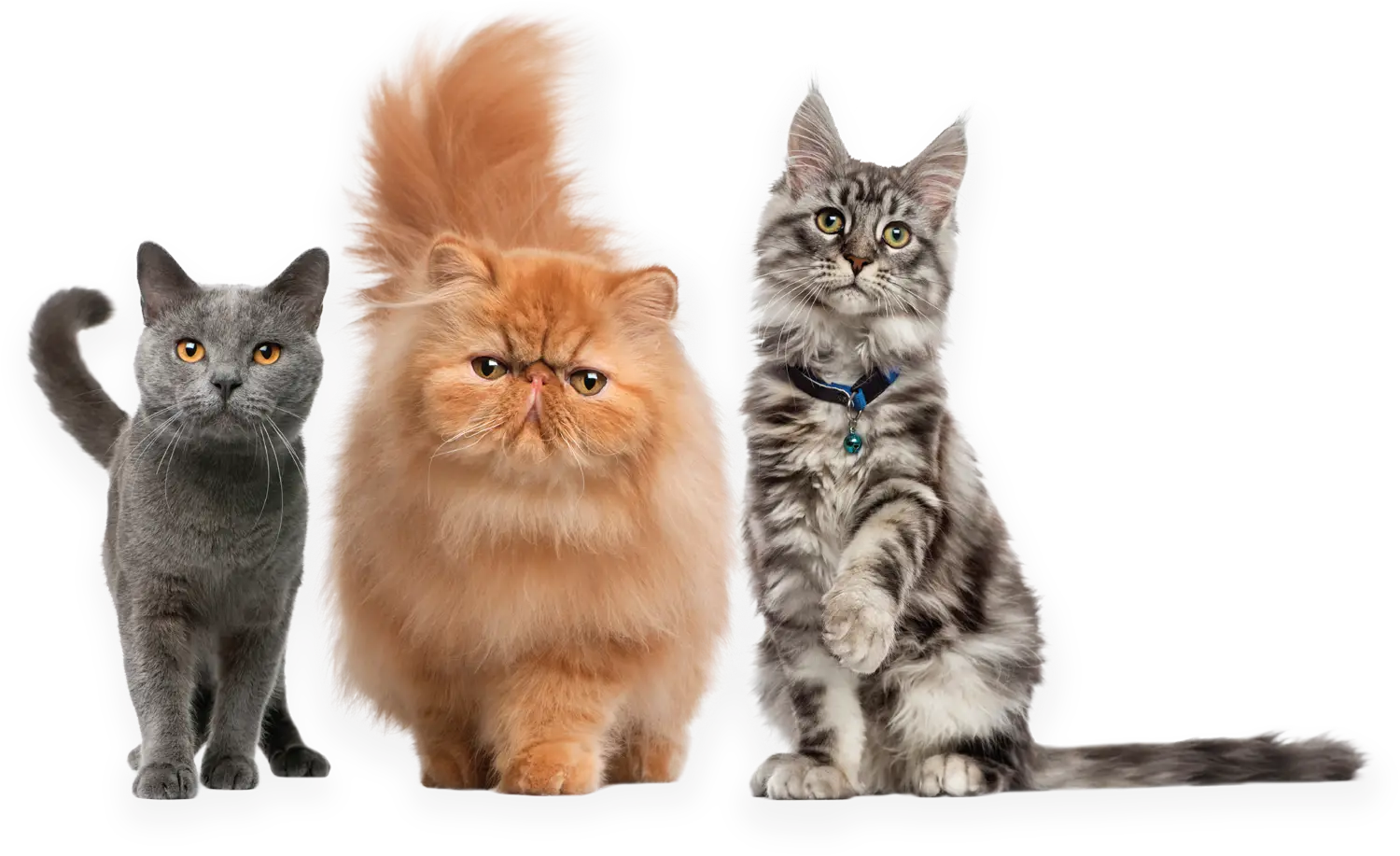

 hen people think about different animal breeds, they typically think dogs. Herding dogs, working dogs, lap dogs—each with a long history of being bred for very specific jobs. Cats, on the other hand? Most people assume they’re either “just a cat” or some fancy show breed with a smooshed face and a high price tag.
hen people think about different animal breeds, they typically think dogs. Herding dogs, working dogs, lap dogs—each with a long history of being bred for very specific jobs. Cats, on the other hand? Most people assume they’re either “just a cat” or some fancy show breed with a smooshed face and a high price tag.
But here’s the truth: While cats haven’t been bred for jobs in the same way dogs have, the selective breeding that has happened is often more extreme—and a lot more obvious. In just a few generations, we’ve created cats with flat faces, hairless bodies, wild-animal lineage and coats so dense they practically dread themselves.
And let’s not overlook the “non-breed” cats—your Domestic Shorthairs, Mediumhairs and Longhairs. These cats weren’t bred to win ribbons, but that doesn’t mean they’re behaviorally random. They still carry generations of survival-based traits, and you’ll see them play out in the grooming salon loud and clear. Whether it’s a coat that mats overnight or a hair-trigger stress response, those traits weren’t pulled from thin air.
As groomers, understanding where these cats came from—genetically and behaviorally—can make all the difference in how we handle them. It helps us approach them with more empathy, adapt our methods, and maybe even avoid some of the bloodshed. Because behind every pelted Persian, yowling Bengal or silent tortie with murder eyes, there’s a story written in their DNA.
Their senses are hypersensitive, their boundaries are ironclad, and their nervous systems are primed to react first and process later. These are not animals built to be restrained, handled and fluffed—they’re built to survive. And as groomers, we see this firsthand. The cat might be fine…until it isn’t. When we understand that this behavior isn’t “bad” or “naughty,” it becomes easier to work with it instead of against it.
Here’s a fun, science-backed detail: Meowing is something cats developed to communicate with humans. Wild and feral cats don’t meow at each other past kittenhood—they communicate through scent, body language and silence. Vocalization is a tool they’ve adapted to get our attention, food, affection or mercy. So when a cat is meowing up a storm on your table? That’s not a tantrum—it’s evolution.
These felines weren’t selectively bred for looks or temperament—they’re the result of generations of natural selection. They survived because they were smart, adaptable, cautious and capable of handling themselves without a human brushing their tail every day. That history didn’t disappear just because they now live in a house and sleep on a squishmallow.
Behaviorally, these cats tend to be more reactive, more sensitive to touch and more unpredictable in a grooming setting than their purebred counterparts. And not because they’re “bad,” but because their instincts are sharper.
Their coat types are often denser and more prone to matting than owners expect, especially in Mediumhairs and Longhairs. You haven’t known betrayal until you think a cat has a short, manageable coat only to discover it’s pelted underneath and their tolerance is set to 30 seconds.
Every cat has their own personality, but there are definite patterns tied to genetics, coat type, and even color (yes, it’s anecdotal—not science). But if you’ve spent any time grooming, rescuing, or even just living with cats, you know there are vibes that come with certain colors and patterns. And this isn’t about making assumptions or labeling cats unfairly—it’s about recognizing the trends can help you prep for the chaos (or calm) to come.
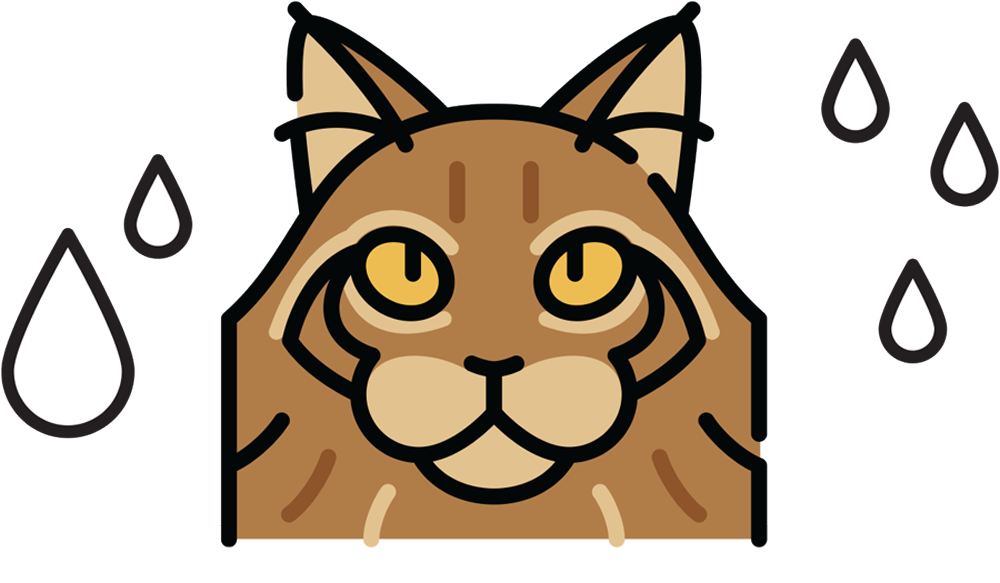
- Often big, shaggy and deceptively chill, and sometimes water-tolerant.
- Double coat means seasonal shedding, impacted undercoat and full-pelt potential.
- Groomer’s challenge: They’re heavy. Like, “lift with your knees” heavy.
- Owner challenge: “He grooms himself!” (No, he doesn’t.)

- Brachycephalic faces, big eyes and coats that mat from across the room.
- Eye drainage, sensitive skin, breathing issues and low tolerance for discomfort.
- Groomer’s challenge: Keeping them clean without compromising their ability to breathe.
- Owner’s challenge: Regular maintenance is essential—not optional.
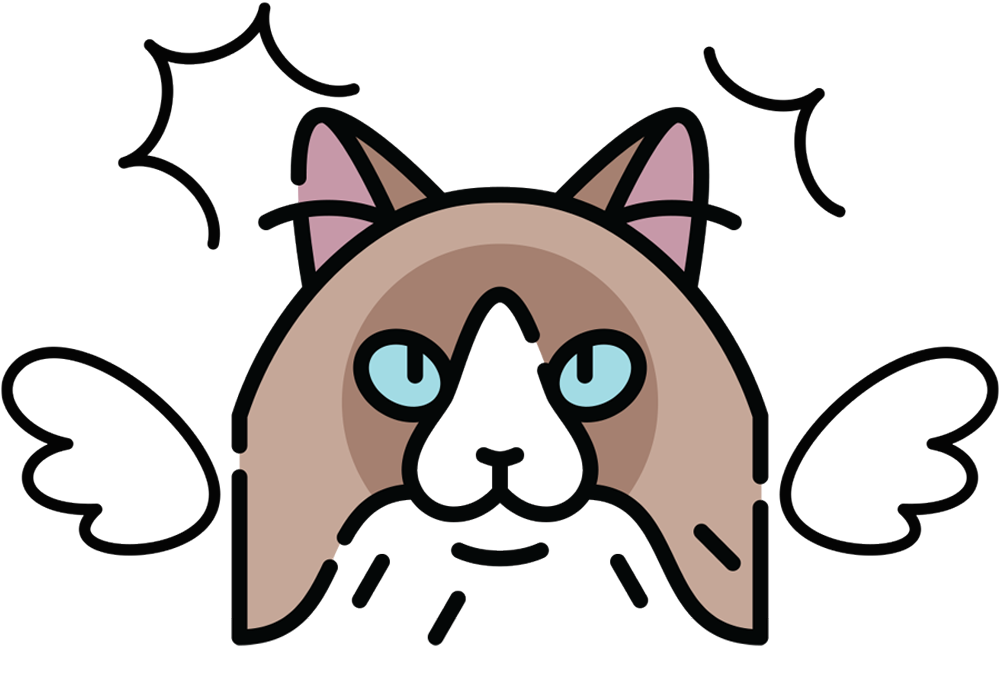
- Bred to be docile and sweet.
- Often genuinely cooperative if they trust you.
- Silky, low undercoat coat that mats less but still needs regular upkeep.
- Groomer’s challenge: None…unless they get spooked, then you’re holding a very large, very limp panic noodle.
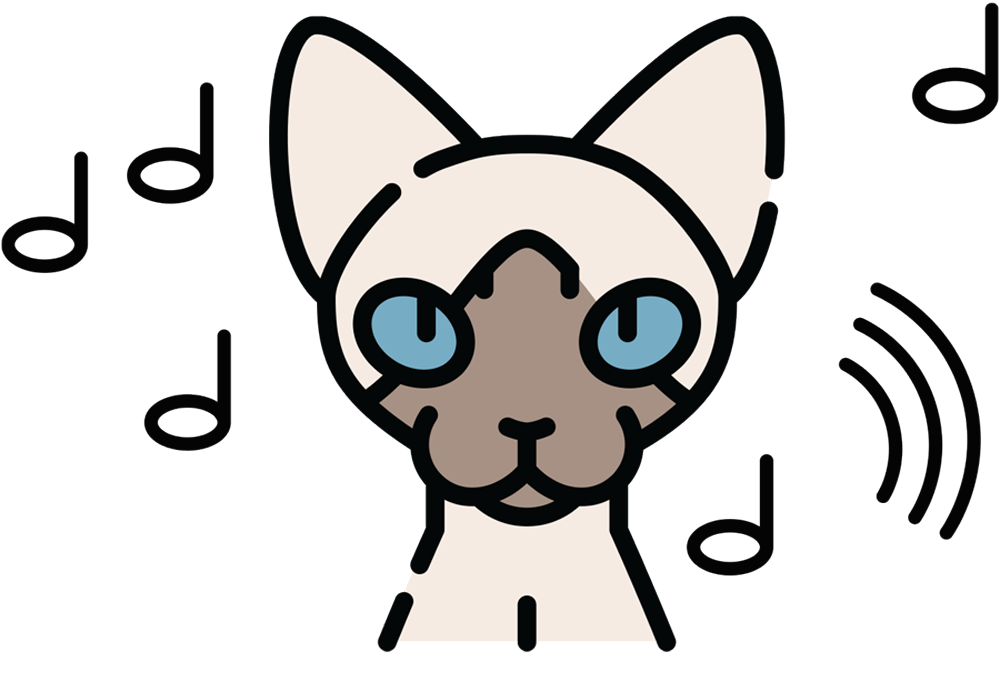
Oriental/
Abyssinian:
- Vocal, opinionated and very aware that you’re doing it wrong.
- Sleek, low-maintenance coats but extremely high handling needs.
- Groomer’s challenge: Keep them calm or be serenaded through the whole appointment with dramatic commentary.
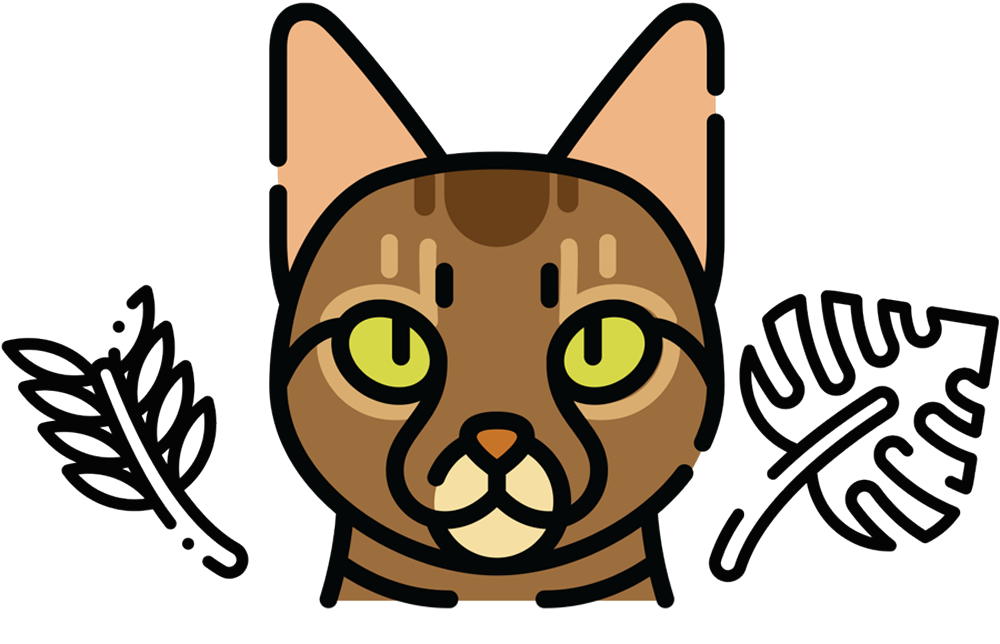
- Wildcat ancestry equals pure chaos energy.
- Athletic, smart and overstimulated by everything.
- Sleek coat doesn’t need much maintenance—but good luck getting them to sit still.
- Groomer’s challenge: You are not grooming a cat. You are trying to reason with a jungle- themed missile.
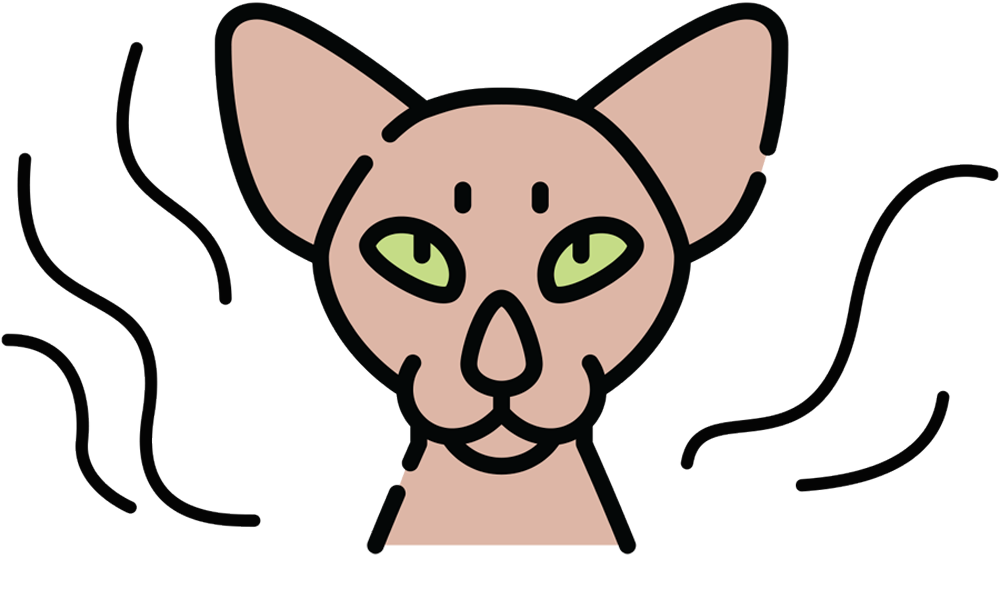
- No fur, but not low maintenance.
- Oily skin, acne-prone, cold-sensitive and opinionated.
- Needs regular baths, ear cleaning, nail care and warmth.
- Groomer’s challenge: Slippery when wet, slippery when dry, slippery when making direct eye contact with your soul.
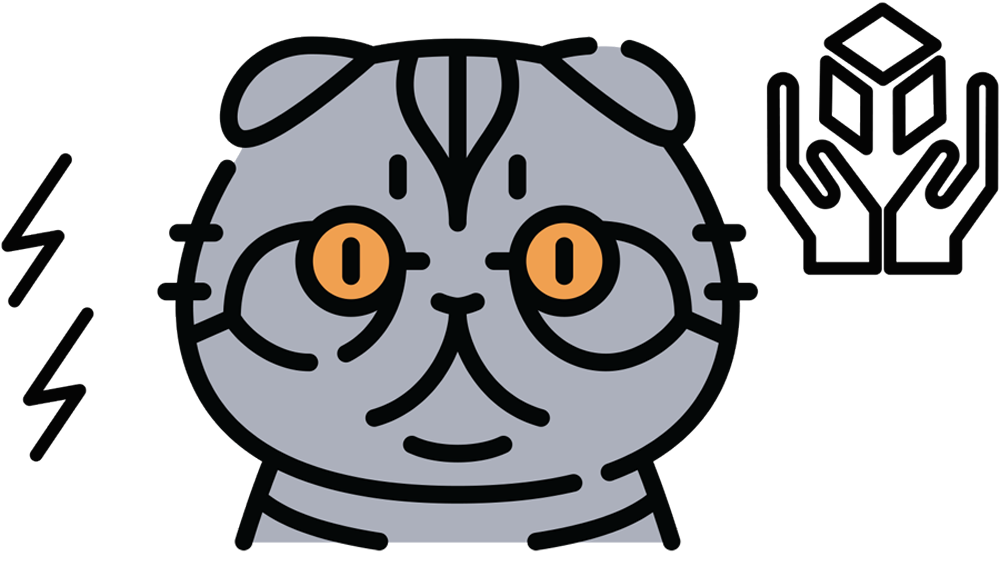
Munchkin/
Designer Breeds:
- Often bred for aesthetics over health.
- Joint issues, spine problems or other structural concerns are common.
- Coat care varies, but handling must be gentle and supportive.
- Groomer’s challenge: Honesty with owners.
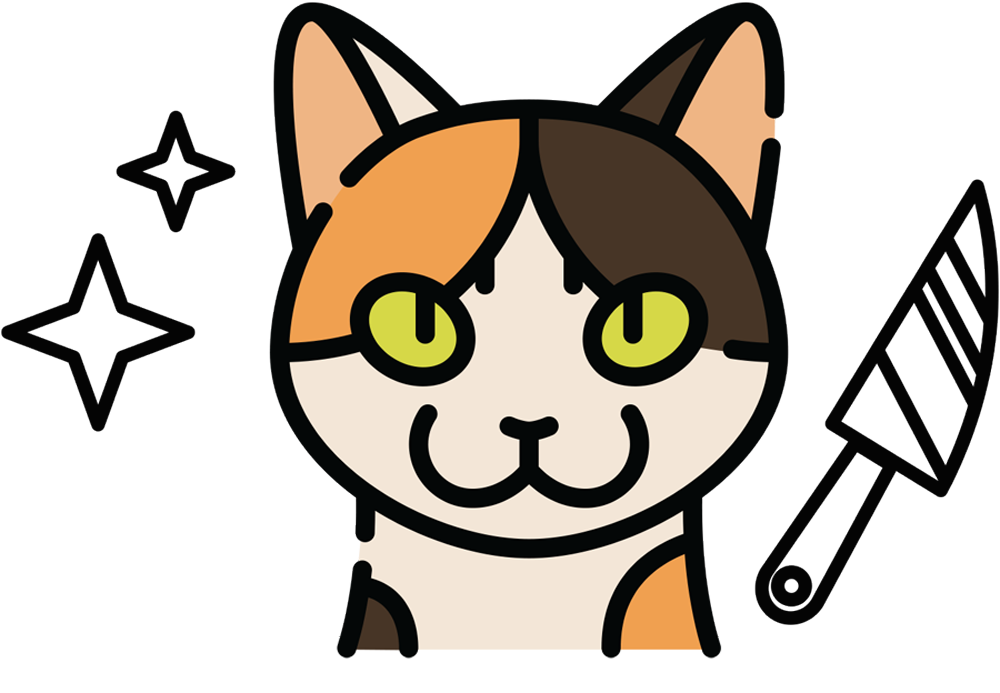
- Fiercely independent, bold and not here for your nonsense.
- Can be loving—but only on their terms.
- Groomer’s challenge: Predict nothing. Expect everything.
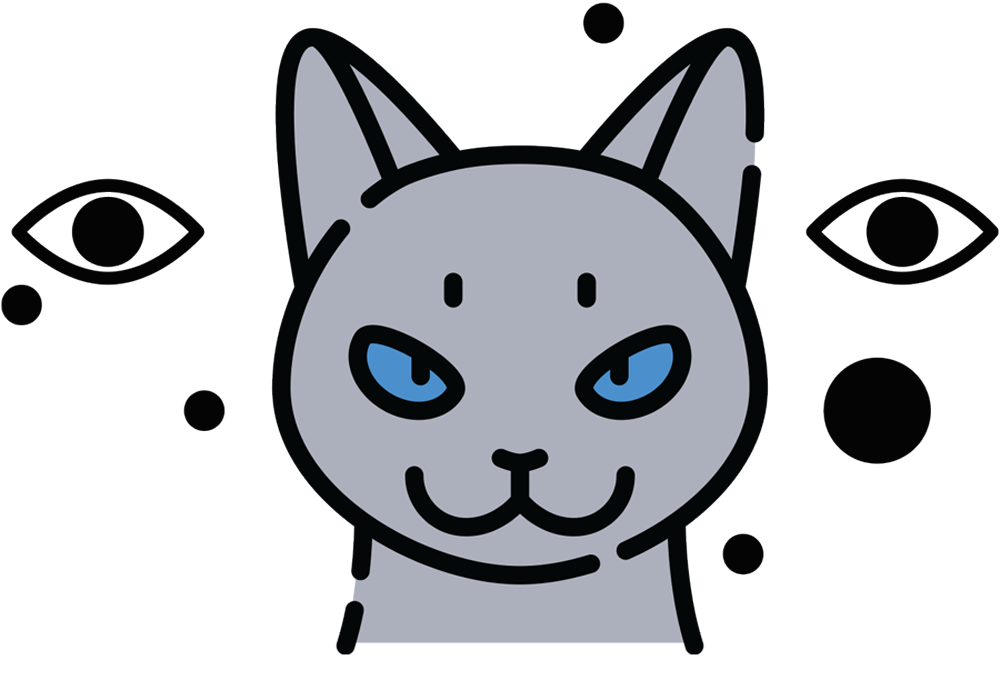
- Calm, watchful and often reserved. Think therapist energy with claws.
- Can be deeply bonded or quietly judging you the entire time.
- Groomer’s challenge: Keep it low-stress and they’ll stay chill. Push too fast and they’ll ghost you mid-bath.
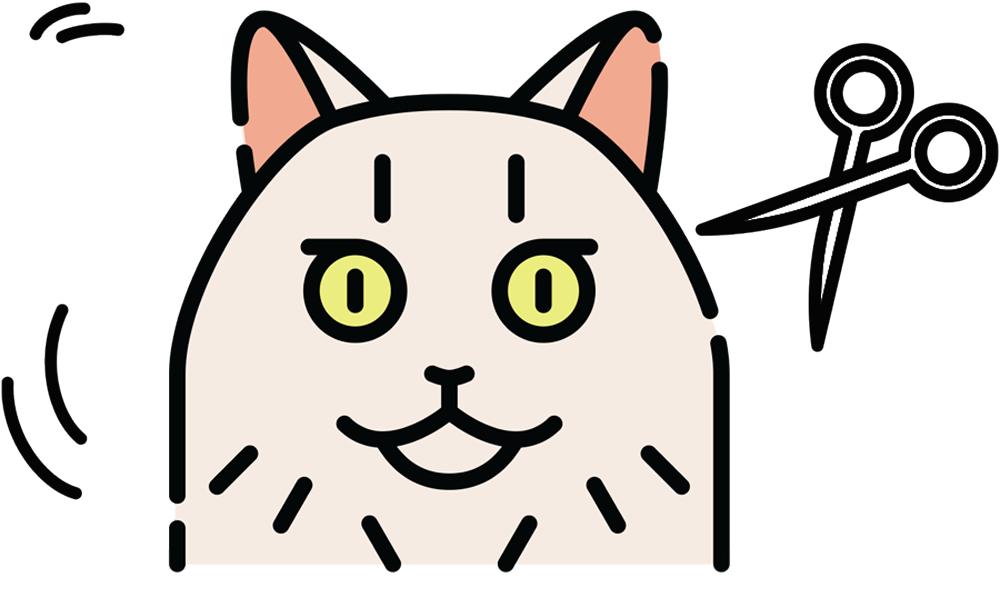
- Prone to allergies, skin issues, tear staining and a flair for dramatics.
- Can be affectionate but often have a strong startle response.
- Groomer’s challenge: Keep the environment calm and your clippers sharp. They’re watching you.
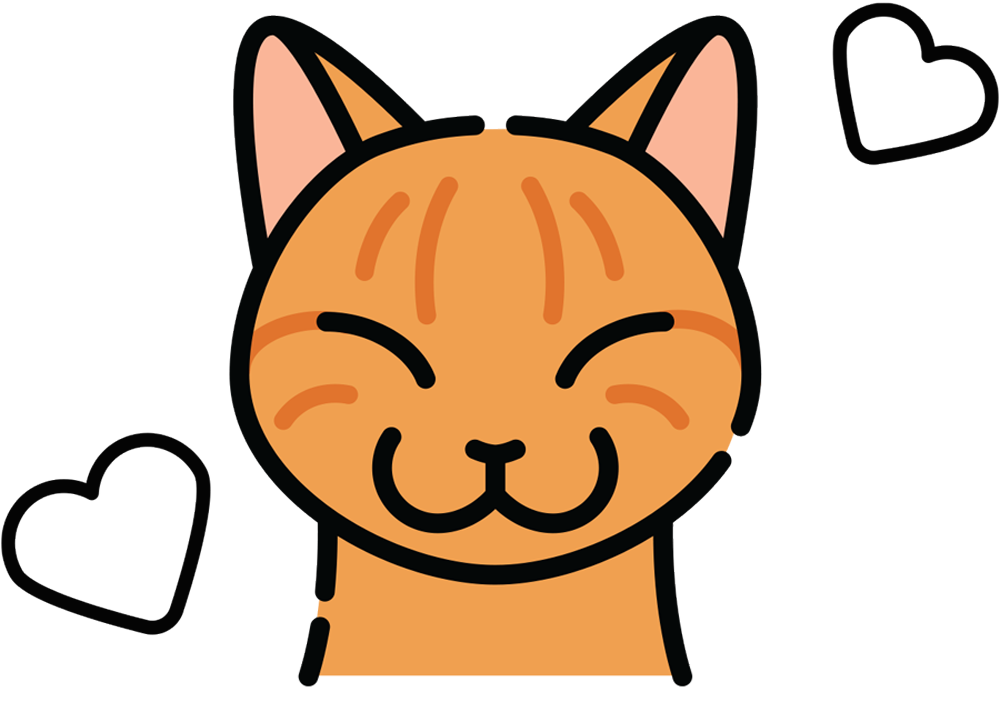
- Friendly, outgoing, sweet…and a little empty upstairs.
- Often surprisingly tolerant, if occasionally baffled by the process.
- Groomer’s challenge: They’ll walk into a wall and purr about it. Just be gentle.
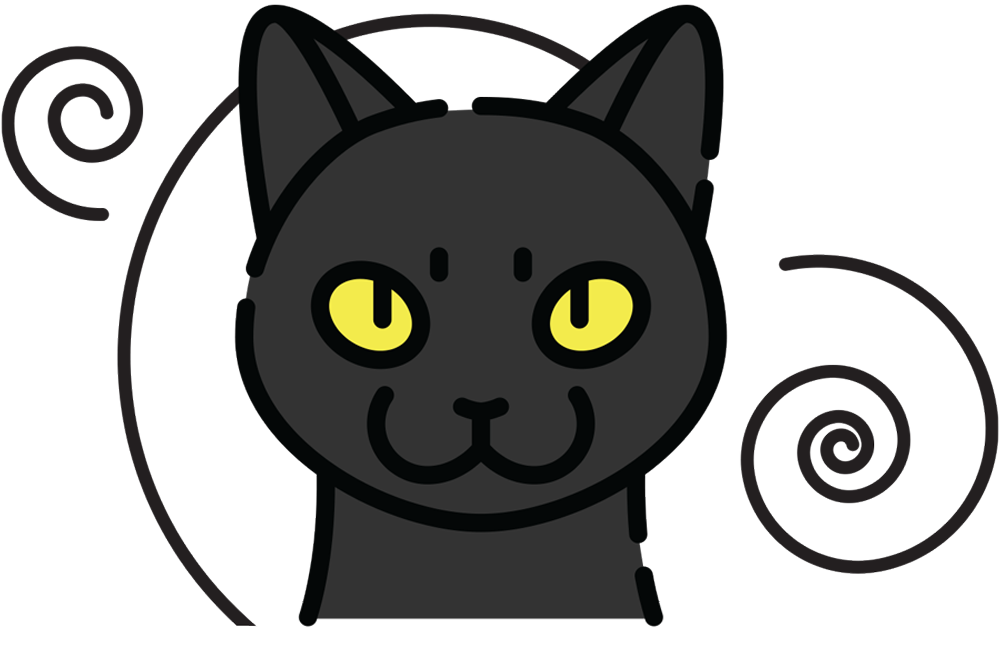
- Underrated, underappreciated and full of personality.
- May surprise you with how easygoing they are…or how fast they vanish into the shadows.
- Groomer’s challenge: Nail trims. On a black cat. In dim lighting.
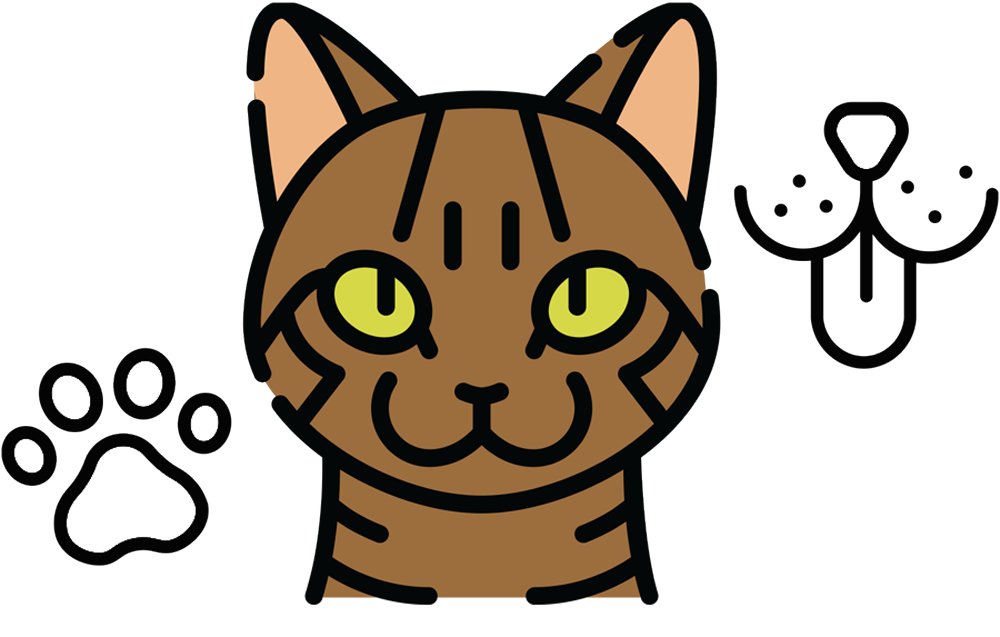
- Often social, curious and food-motivated; “dog-like” in the best ways.
- Coat care and temperament vary widely, but they usually come with personality and a decent sense of humor.
- Groomer’s challenge: Earning their trust is usually worth it.
Understanding a cat’s background can be the difference between a smooth appointment and a “well, I guess I’m bleeding again” kind of day. As groomers, we’re not just handling coats; we’re handling personalities shaped by generations of instinct, adaptation and sometimes questionable breeding decisions.
The good news? You don’t have to be a feline geneticist, you just have to be observant, flexible and willing to shift your approach based on what’s in front of you. Here are a few tips to help you get through your grooms unscathed:
- Match Your Energy: Some cats need firm confidence while others need slow, steady reassurance. For example, the Maine Coon might let you do anything—until you use the high-velocity dryer. Or, that Ragdoll may flop in your arms but scream the moment you clip a nail. Reading the body language and adjusting your tone, pace and pressure is everything.
- Educate the Client (Gently, But Honestly): A lot of owners don’t know their cat’s breed—or how that affects grooming. They may think their Exotic Shorthair is “low maintenance” or that their DSH “doesn’t mat.” So, your role isn’t just doing the work, it’s also helping them understand why regular grooming matters for their specific cat.
- Be the First Line of Health Detection: Because of how selective breeding has affected some cats (especially Persians, Folds and Sphynx), you may notice problems long before a vet visit. Tear staining, skin irritation, pelted coats, dental issues and joint sensitivity often show up in your hands before anyone else sees them. Don’t underestimate your role in early intervention.
- Know When to Walk Away: Not every cat is safe to groom in every moment. Sometimes the combination of genetics, trauma, poor handling history or medical issues makes it too dangerous—for the cat or for you. Giving up isn’t failure; it’s professional wisdom. Rescheduling, referring out or recommending sedation grooming is part of ethical practice.
Ultimately, being a great cat groomer isn’t just about technique—it’s about understanding what you’re working with. When you respect the instincts that cats were born with, the body they inherited and the boundaries they’re telling you about, your chances of success go way up…and so does your survival rate.
By the time a cat ends up on your grooming table—purebred, mixed, feral or fluffy—it’s carrying the weight of its genetics, instincts and past experiences. That’s why understanding feline behavior through the lens of breed and inherited traits isn’t about stereotyping—it’s about preparation. It’s about giving yourself the tools to recognize when a cat is overstimulated versus when it’s just being spicy, when a coat is likely to mat overnight or when a “talkative” cat might actually be trying to communicate something important.
From tortie vengeance to Maine Coon weightlifting sessions, every cat tells a story written in its DNA. Our job is to listen, adapt, and do the work with as much empathy and awareness as we can. And if all else fails? Clip the nails first!




Photos provided by Misty Gieczys

 n a busy grooming salon, efficiency and animal welfare are paramount. The drying phase of cat grooming, however, often triggers stress in feline clients. Cats instinctively seek secure, enclosed spaces when feeling vulnerable—a natural behavior that traditional drying methods don’t always accommodate. This can lead to prolonged appointments, a diminished experience for the cat, and potential safety risks for both animal and groomer.
n a busy grooming salon, efficiency and animal welfare are paramount. The drying phase of cat grooming, however, often triggers stress in feline clients. Cats instinctively seek secure, enclosed spaces when feeling vulnerable—a natural behavior that traditional drying methods don’t always accommodate. This can lead to prolonged appointments, a diminished experience for the cat, and potential safety risks for both animal and groomer.
But what if a drying technique could align with this innate feline desire for comfort and security? The “cat burrito” method, utilizing a strategic three-towel system, does precisely that. It offers a practical solution to significantly reduce drying time and feline distress by creating a calming, cocoon-like environment, transforming a challenging step into a more controlled and positive experience for your feline clients.
The success of the cat burrito technique begins with the proper setup of your drying station. You will need three towels, which should be clean, dry, absorbent and appropriately sized for the cat you are about to groom.

 n a busy grooming salon, efficiency and animal welfare are paramount. The drying phase of cat grooming, however, often triggers stress in feline clients. Cats instinctively seek secure, enclosed spaces when feeling vulnerable—a natural behavior that traditional drying methods don’t always accommodate. This can lead to prolonged appointments, a diminished experience for the cat, and potential safety risks for both animal and groomer.
n a busy grooming salon, efficiency and animal welfare are paramount. The drying phase of cat grooming, however, often triggers stress in feline clients. Cats instinctively seek secure, enclosed spaces when feeling vulnerable—a natural behavior that traditional drying methods don’t always accommodate. This can lead to prolonged appointments, a diminished experience for the cat, and potential safety risks for both animal and groomer.
But what if a drying technique could align with this innate feline desire for comfort and security? The “cat burrito” method, utilizing a strategic three-towel system, does precisely that. It offers a practical solution to significantly reduce drying time and feline distress by creating a calming, cocoon-like environment, transforming a challenging step into a more controlled and positive experience for your feline clients.
The success of the cat burrito technique begins with the proper setup of your drying station. You will need three towels, which should be clean, dry, absorbent and appropriately sized for the cat you are about to groom.



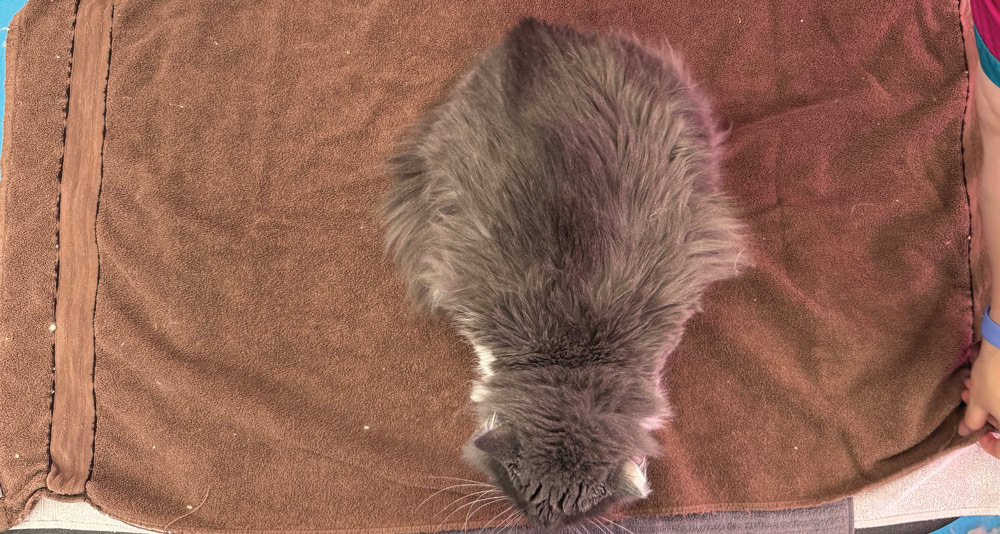


Once the cat’s body is securely wrapped, remove your stabilizing from underneath the towel and place it back onto the cat’s shoulder area, resting firmly on top of towel number three to hold the initial burrito closed.
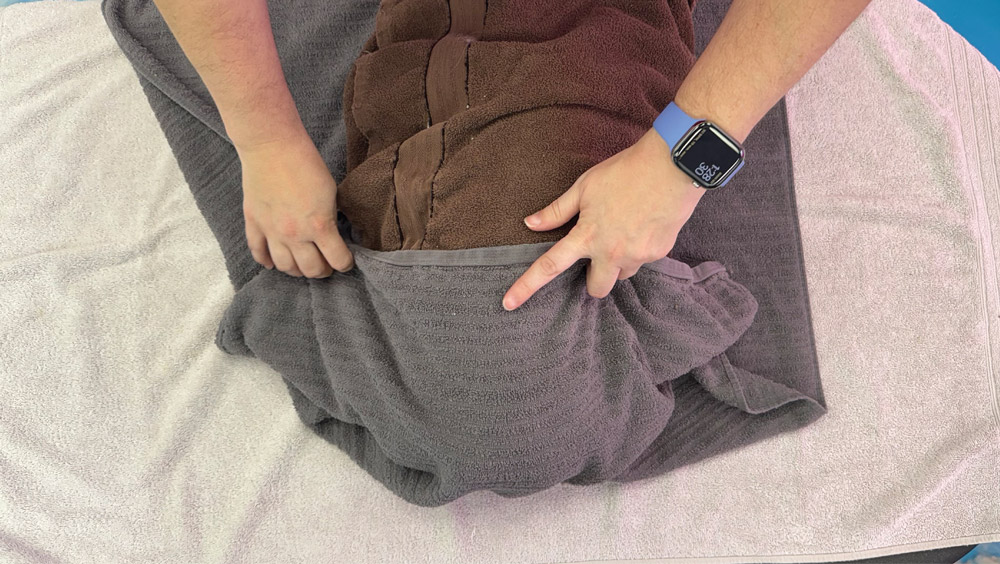




This entire hands-on absorption process should only take a few minutes. It is critical to remember that the cat is never left unattended while wrapped and must not be placed in an enclosure during this active drying stage.
Gently place the cat back onto the grooming table, and while the cat is still fully enclosed to benefit from the sound muffling, begin to introduce the dryer. Turn your dryer on at a safe distance, allowing the cat to acclimate to the noise.
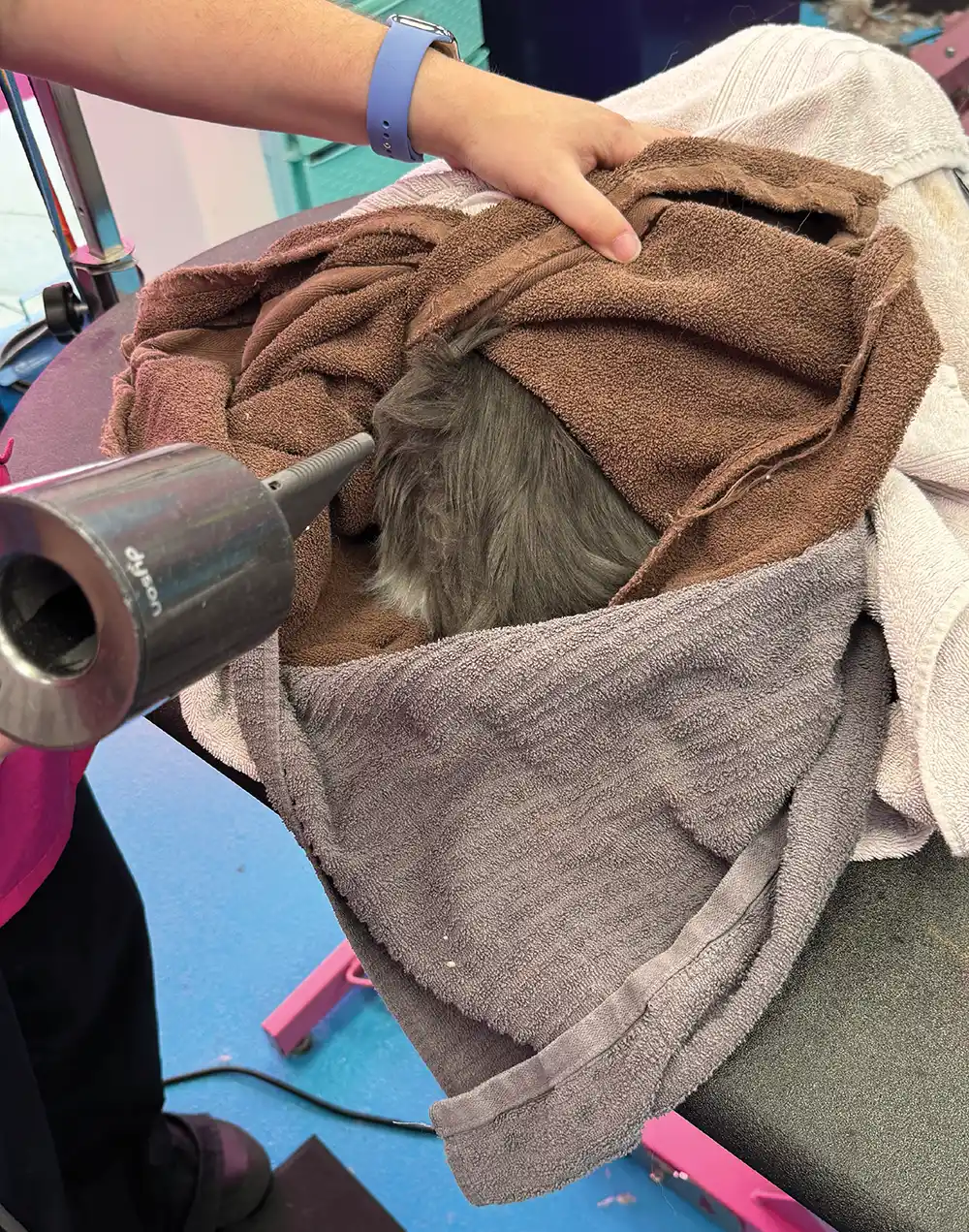
For particularly noise-sensitive or “spicy” cats, consider placing a Happy Hoodie on the cat before creating the burrito for additional sound reduction. However, the dryer should still be introduced in the same manner.
Proceed to dry the cat primarily through this rear opening in the burrito. When the cat indicates it’s ready to emerge, remove the two outermost towels, leaving the cat resting on the last towel.
Be aware that cats may urinate during the drying process, especially when the rear is being dried; the remaining towel serves as a crucial barrier to absorb this, preventing the need for a re-bath.

by Mary Oquendo
 magine the power that you, as the business owner, hold to set the tone for the day. What if everyone who entered your facility had a smile on their face? A smile from you when you first turned the key in the lock in the morning, from the staff as they came in for work, from beaming clients as they arrived for their appointment, and even proverbial smiles from the pets that present as wagging tails.
magine the power that you, as the business owner, hold to set the tone for the day. What if everyone who entered your facility had a smile on their face? A smile from you when you first turned the key in the lock in the morning, from the staff as they came in for work, from beaming clients as they arrived for their appointment, and even proverbial smiles from the pets that present as wagging tails.
That first, second or thousandth impression that everyone gets of your business starts with the environment, and it’s all about the wellbeing within your walls. But when this layer of your holistic grooming system is out of whack, equipment breaks down due to lack of maintenance, injuries occur, many of the pets seem to have skin issues, your facility is never quite clean or outright smells (to which you have become nose blind because you’ve acclimated to the odor), and you sigh rather than smile when turning that key in the lock. However, when you strive for a well-balanced, holistic grooming environment, it brings positive changes to your business, from improved staff morale to enhanced client satisfaction.
Let’s start with the “mind” aspect of a holistic environment, which prioritizes a safe space. Are you providing safety from drama and abusive clients? You have a legal obligation to keep your employees safe from known issues, including knowing when to call 911 if anyone feels threatened by clients. Problems at work can spill over to the personal lives of those working in the salon, affecting their home life.
In addition, you should set expectations for grooming, maintenance and sanitation in your employee manual. You can also establish a sense of order and control in your business by creating comprehensive Standard Operating Procedures (SOPS). This will ensure that everyone is on the same page and operating at their best.
Empower your team with knowledge through continuing education. Workshops on OSHA, emergency and disaster planning, and self-defense can equip your staff with the skills and confidence to handle any situation professionally. Be receptive in employee meetings and listen with an open mind. It can be tough to be introspective regarding your role in dissatisfaction, but a business coach can help you navigate these issues.
Is the business well-organized? Are things easy to find and reach? Do you know what’s in the products you use? The term “greenwashing” is labeling that sounds good, but there is no real therapeutic value to the product. No state or federal agency oversees how a product intended for topical use on a pet is labeled, so make sure you know what’s in the products you’re using for both the safety of the pets as well as the groomers.
How do you bring joy to the environment? It can be as simple as the correct temperature for bathing pets and bathers. Aromatherapy can be tricky because what is pleasing to people may be overwhelming to pets, especially cats, who may have difficulty processing essential oils regardless of form.
Using color is another way to bring joy. There’s a reason the three major fast-food joints use reds, oranges and yellows—they want you hungry but in and out fast. High-end restaurants use more blues and browns, which encourage you to relax and enjoy the meal, so you order that second bottle of wine and dessert. Do a deep dive into colors and how they affect moods, and also look at your buying choices and the colors you are more likely to buy from.
It’s said that music soothes the savage beast. My absolute favorite artist to play in my mobile grooming van was Steven Halpern, specifically Chakra Suite. It had a relaxing effect on me and the pets in my care. You can source music designed for pets through Amazon, YouTube, and music apps like Spotify and iTunes.
Plants can also add a pleasing aesthetic to an environment, and they keep the air fresh. However, it’s important to exercise caution if you groom cats or have free-roaming shop cats, as many varieties of plants are poisonous to cats. Also make sure that your space has adequate sunlight for plants to grow.
When the environment layer of your holistic grooming system is in perfect balance, clients are greeted with genuine smiles and a warm atmosphere when they enter your facility. This positive energy enhances the experience for everyone—clients, pets and groomers—creating an inviting environment that fosters connection and happiness.
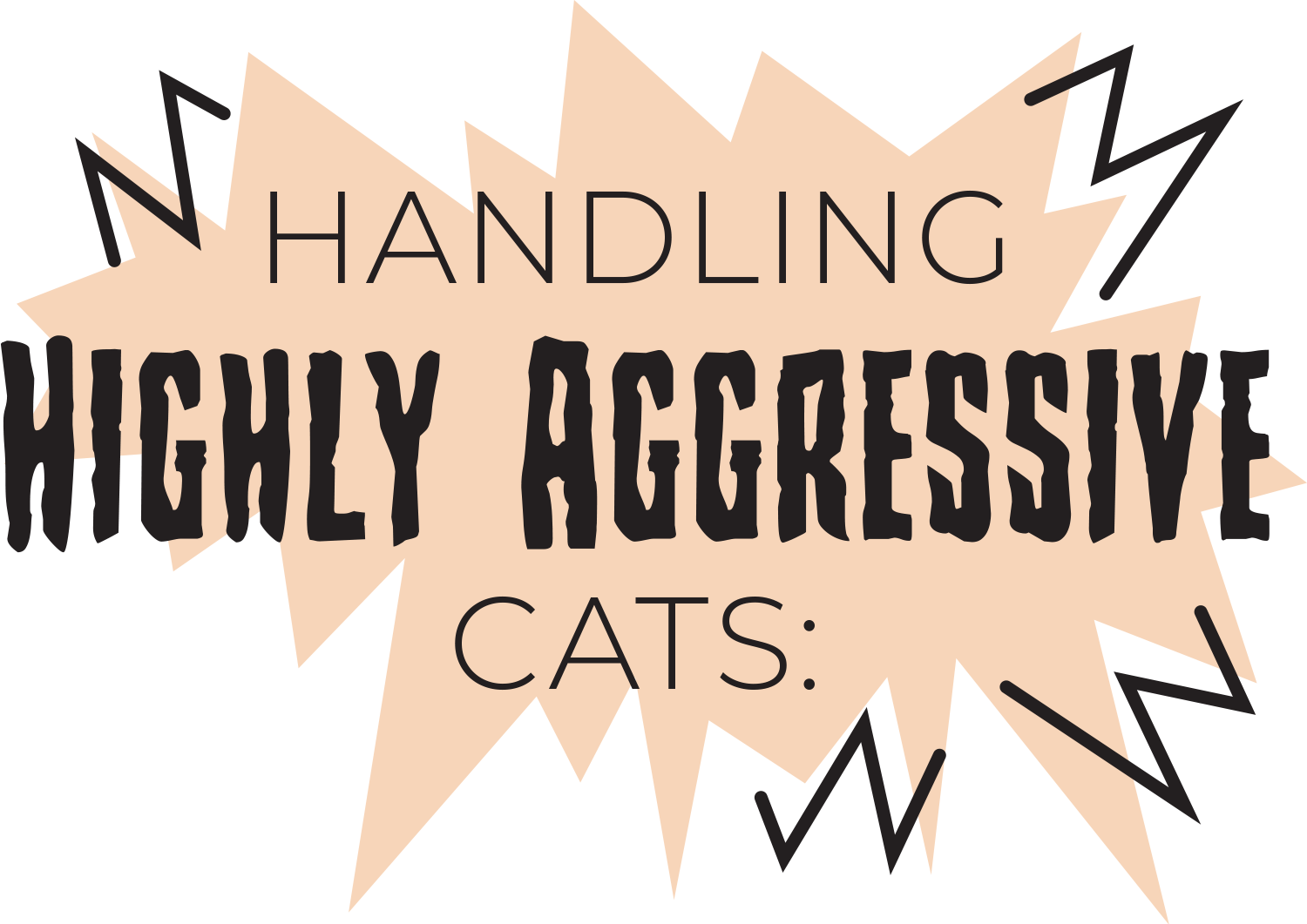


 s professional cat groomers, we pride ourselves in working with even the feistiest of feline clients. But let’s face it, some cats don’t just dislike grooming; they view it as a full-on battle. While experience, technique and patience can help prevent escalating behaviors in many situations, there comes a time when safety must take priority. So, when do you push forward, and when do you call it quits?
s professional cat groomers, we pride ourselves in working with even the feistiest of feline clients. But let’s face it, some cats don’t just dislike grooming; they view it as a full-on battle. While experience, technique and patience can help prevent escalating behaviors in many situations, there comes a time when safety must take priority. So, when do you push forward, and when do you call it quits?Not all aggressive cats start by hissing and clawing, some give more subtle signals before they explode into full-on combat mode. Recognizing these signs early can help you avoid injury and unnecessary stress for both you and the cat.
Early signs of stress and agitation include:
- Tail flicking or lashing aggressively
- Ears flattened or twitching
- Dilated pupils or intense staring
- Low growling or yowling
- Tense body posture, avoiding touch
These behaviors can escalate to aggression, including:
- Hissing, swatting or lunging
- Biting attempts (or actual bites!)
- Back-arching and puffing up
- Repeated escape attempts or frenzied movement
If a cat is displaying early warning signs, it’s best to pause and reassess your approach before continuing.
Shy cats respond well to a quiet and calm approach, towel wraps, hiding their head and offering them breaks to help them acclimate to new experiences (like grooming). An Aggressive cat will do better with a confident approach that limits handling and balances speed and efficiency.
If a cat is escalating quickly in aggressive behaviors, you may have misjudged the cat’s temperament and will need to change your techniques. The following techniques will be primarily for cats that fit this “aggressive” description.
Fear is the most common cause. Cats are hardwired to avoid danger, and a grooming table with unfamiliar smells, noises and hands can be terrifying. A frightened cat may go from tense to explosive in a matter of seconds if they feel they can’t escape.
Pain is another key factor. Cats experiencing arthritis, dental pain, previous injuries or wounds under severe matting may lash out if touched in a sensitive area. Even routine handling can feel unbearable if it exacerbates an underlying condition.
Previous negative experiences also shape behavior. Cats that have been roughly handled, had painful grooming in the past or suffered trauma during vet visits may come in already braced for a fight. They’ve learned that restraint means discomfort, and they respond accordingly.
Time can also be a major contributor. Some cats simply run out of patience. They may tolerate the beginning of a groom fairly well but become increasingly reactive as the appointment goes on. Recognizing this shift can help you plan your process more strategically.
- Silence is Golden: Limit distractions and sudden, loud noises. This will help to prevent the cat from reacting to something happening elsewhere in the salon while you’re mid-groom.
- A Towel is Your Best Friend: Draping or wrapping a cat in a towel (leaving one area exposed at a time) can help with gentle control while also providing a layer of protection.
- Introduce an Appropriate Muzzle: These can reduce biting risks while also helping to calm the cat. Choose a comfortable, breathable option designed for feline grooming, like an Air Muzzle or Elizabethan Collar.
- Choose Techniques Based on Previous Reactions: There is no one-size-fits-all approach to cat grooming. However, you can “predict” their behavior based on how they’ve already reacted.
- Minimize Handling Time: Work quickly but carefully. The longer an aggressive cat is restrained, the more likely they are to escalate.
- Make Better Choices: Not every service will be appropriate for every cat. Many aggressive cats will not be candidates for shaving or full haircuts so the necessary services, like a bath and blow-dry, should be prioritized.
- Have Confidence: There isn’t a great way to “fake” this. Cats that are responding aggressively to new things, being touched, etc. don’t want to be cuddled or slow blinked at—they want you to be DONE.
It bears repeating that there is no one-size-fits-all approach. Cats require us to adjust our techniques, service options, and even scheduling and salon setup in order to have a successful appointment and build a positive, long-term grooming relationship.
The first appointment is when you learn a lot about the cat so you can try different things or adjust your techniques, services, etc. at each consecutive groom. Keeping detailed notes will help you keep track of what is working or if there is a sudden change to a cat’s behavior that needs veterinary attention.
Here are some common situations when stopping is the best (and safest) decision:
- The Cat Poses a Serious Injury Risk: If a cat is lunging, biting, or causing harm to you or itself, continuing is not worth it. Severe injuries can lead to long-term trauma for both the cat and the groomer.
- Excessive Stress or Panic: If a cat is panting, repeatedly peeing or showing signs of distress, stop immediately.
- Sedation or Veterinary Grooming is Required: The reality is that some cats simply cannot be safely groomed without sedation. If the cat’s temperament makes grooming impossible, recommend veterinary-assisted grooming.
- You’re Unable to Complete the Groom: If you’re not able to finish trimming nails, removing mats or continuing the groom without escalating aggression, it’s okay to stop and reschedule (or refer to a vet).
- Owner Pushes for an Unsafe Groom: If an owner insists on continuing despite clear safety concerns, stand firm in your professional judgment. Explain that a stressed or aggressive cat needs an alternative approach.
At the end of the day, your goal is to provide a safe, stress-free grooming experience for both the cat and yourself.
- Be Honest but Tactful: Instead of saying, “Your cat is impossible to groom,” try, “Your cat is showing signs of extreme stress and aggression, and I am not willing to put them at risk.”
- Offer Solutions: Recommend alternative approaches, such as regular shorter sessions, a vet-prescribed oral sedative or full sedation at a veterinary clinic for future grooming.
- Educate on At-Home Care: Teaching owners how to work with their cat at home between sessions can help prevent matting and reduce the cat’s negative association with grooming.
- Set Boundaries: Make it clear that the cat’s safety and wellbeing are your top priorities. If a cat is too aggressive for a full groom, let the owner know what you can safely accomplish.
Protecting Yourself
- If uncomfortable, don’t groom alone.
- Wear bite-resistant gloves and arm guards if preferred.
- Keep first aid supplies on hand for scratches or bites.
- Maintain liability waivers to protect your business in case of an incident.
- Trust your instincts; if a situation feels unsafe, it probably is.
Professional cat grooming requires skill, patience and resilience, but it’s also about knowing when to walk away. No groom is worth risking your safety or a cat’s wellbeing. If a feline client is beyond handling, stepping back and recommending alternative solutions is not a failure, it’s the sign of a responsible, knowledgeable professional.




by Lexie Goldsmith
 ats are masters of disguise when it comes to pain and discomfort. In the wild, showing vulnerability can make them easy targets, so even our domestic companions have inherited this instinct to conceal signs of illness or distress, including mouth pain.
ats are masters of disguise when it comes to pain and discomfort. In the wild, showing vulnerability can make them easy targets, so even our domestic companions have inherited this instinct to conceal signs of illness or distress, including mouth pain.
Dental disease is one common medical issue in companion animals which can seriously affect their welfare if not diagnosed or treated. When dental issues are present, cats may not exhibit any overt signs of pain, discomfort or behavioral changes. Therefore, routine veterinary examinations are crucial.
Diligent observation and regular grooming by trained professionals can be highly valuable as well, as groomers are often able to identify subtle indicators of health concerns before they escalate, ensuring that cats receive timely medical attention. Minor behavioral changes, such as decreased grooming, altered eating habits or mild social withdrawal, may serve as the earliest indicators that an issue is present.
Just like humans, cats can develop dental diseases that may start with little more than a mild case of bad breath but can quickly progress to more serious conditions affecting their overall wellbeing. Plaque and tartar build-up can lead to gingivitis and periodontal disease, which can contribute to infections that spread beyond the mouth, affecting the heart, kidneys and liver, in addition to mouth pain and difficulty eating.

By prioritizing dental health and staying alert to subtle changes, we can help ensure our feline companions enjoy not only healthy teeth and gums, but a happier, healthier life overall.

- A decrease in self-grooming, which can result in more dandruff, matting and oil accumulation
- Discomfort during grooming of the head and facial area
- Eye secretion from one eye
- Inflammation affecting the oral or facial regions
- Unexplained drooling, saliva stains or food residue
- Sudden matting around the mane area
- Facial odor
- Pawing at the face
- Teeth-grinding
- Tongue hanging out of the mouth
- Lethargy
- Hair loss around the muzzle area
Feline stomatitis is a serious, painful inflammation of the mouth that can impact a cat’s ability to eat, groom and feel comfortable. Symptoms include drooling, pawing at the mouth, reduced appetite and withdrawal, though many cats hide their pain. Breeds such as Siamese, Abyssinian, Burmese, Persian and Maine Coon are more prone to stomatitis, though any cat can develop it. Early detection and a dental-care plan are essential, as the condition can worsen quickly if left untreated.
By prioritizing dental health and staying alert to subtle changes, we can help ensure our feline companions enjoy not only healthy teeth and gums, but a happier, healthier life overall.
Some subtle signs we may see as groomers that could indicate dental issues include:
- A decrease in self-grooming, which can result in more dandruff, matting and oil accumulation
- Discomfort during grooming of the head and facial area
- Eye secretion from one eye
- Inflammation affecting the oral or facial regions
- Unexplained drooling, saliva stains or food residue
- Sudden matting around the mane area
- Facial odor
- Pawing at the face
- Teeth-grinding
- Tongue hanging out of the mouth
- Lethargy
- Hair loss around the muzzle area
Cosmetic cleaning without anaesthesia does not address underlying issues and may give owners a false sense of security, delaying proper care. Although this procedure is generally low in pain for healthy individuals, probing resorptive lesions causes significant and predictable pain.
Using tooth scalers on an awake animal can inadvertently injure the gums, push bacteria deeper into the gum tissue, and result in bacteria and tartar being swallowed—posing further health risks to the pet. The World Small Animal Veterinary Association opposes AFD, identifying it as substandard practice.1
As groomers, we know that prevention is the key with coat and skin health, and it is also the best way to help avoid excessive dental issues. When choosing products to recommend or stock at your business, always choose Veterinary Oral Health Council2-accepted products to ensure both the client and you do not waste time or money on products that are ineffective or unsafe.
Options for dental disease prevention include:

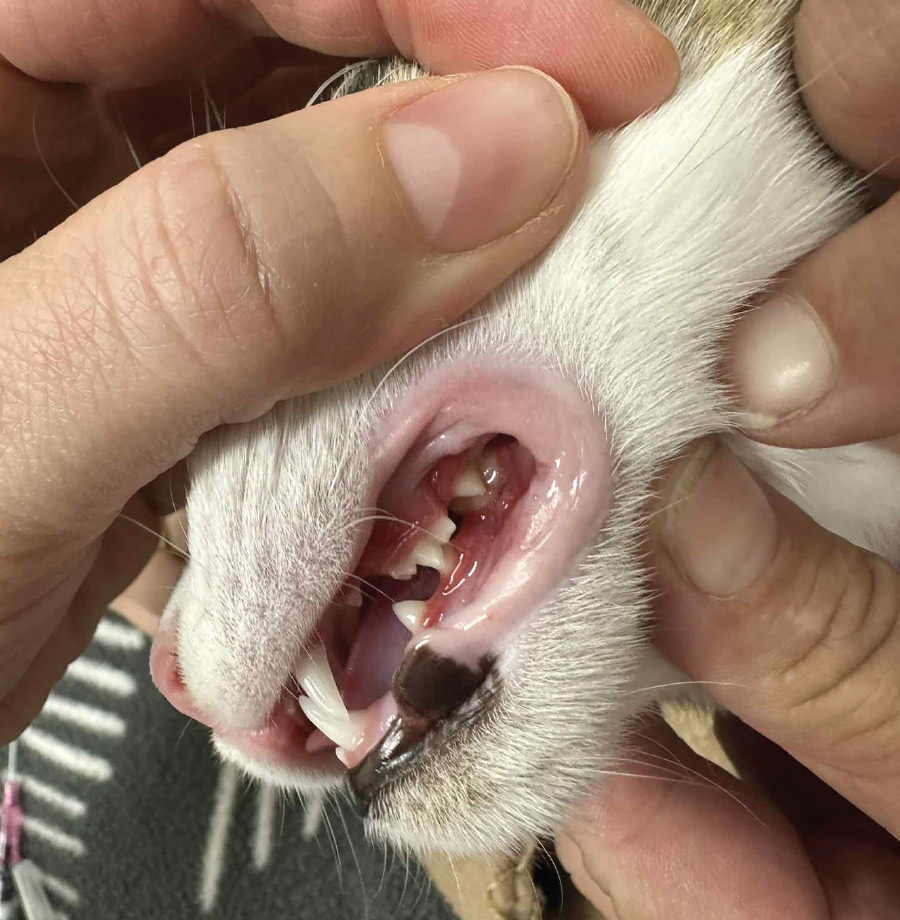

Options for dental disease prevention include:
- Daily (yes, daily) tooth-brushing
- Dental Diets
- Dental Chews
- Dental antiseptic/antiplaque rinses
- Water Additives
- Food additives
References:
- Niemiec, B., Gawor, J., Nemec, A., et al. (2020), World Small Animal Veterinary Association Global Dental Guidelines. J Small Anim Pract, 61: E36-E161. https://doi.org/10.1111/jsap.13132
- Veterinary Oral Health Council. https://vohc.org/
Lexie Goldsmith is an International Certified Master Cat Groomer and Certifier with IPG. She is a qualified former veterinary nurse as well as a certified trainer and assessor. With over 19 years of experience in cat grooming without sedation, Lexie specialises in low-stress handling techniques. She provides both online and in-person training through Cat Grooming Education with Lexie, as well as collaborating with Groomer Nation and Ultimate Pet Parent in Perth, Australia. learncatgrooming.com.au


 hen the cat I was grooming bit me, it didn’t initially look bad,” says Dominique Adey Balinova, an experienced groomer in Vienna, Austria. “But, I realize now that if my friend hadn’t kindly bullied me into going to the hospital, I might not be here now.”
hen the cat I was grooming bit me, it didn’t initially look bad,” says Dominique Adey Balinova, an experienced groomer in Vienna, Austria. “But, I realize now that if my friend hadn’t kindly bullied me into going to the hospital, I might not be here now.”
Almost everyone who grooms cats has experienced a bite or scratch—it comes with the territory. However, even a seemingly minor injury requires immediate attention and continued follow-up care to minimize the risk of infection and complications.
Dominique (like many others) learned this lesson the hard way. She has dealt with cat bites and nasty scratches before without issue simply by cleaning the wounds thoroughly. But this time was different…
“I took a new client cat from her box,” she recalls. “She was described by her owner as calm. She was, indeed, quiet. Unfortunately, as I first attempted to stroke her gently, she leapt straight at my hand and bit hard into my middle finger, just hitting the fingerless part of my protective glove.
“The bite didn’t look bad so I thoroughly disinfected and rinsed the wound and went on as usual,” continues Dominique. “Three days later, my arm was throbbing—I had developed sepsis! I went to the hospital and was operated on immediately. I then spent a week in the hospital followed by a month of being unable to work, and then several months of physical therapy to regain the use of my hand.”
Unfortunately, cat grooming injuries often occur when you least expect them. Even the most experienced groomers can let their guard down for just a moment, and in the blink of an eye—or quicker—the cat strikes.
Cat grooming educator Corella Waring recounts how a moment of inattention led to her injury, prompting her to take more precautions.
“Ten years ago, I was teaching a class on cat grooming at a veterinary clinic,” Corella begins. “I had already pre-shaved and bathed this cat who had done perfectly up until this point, and I had my guard down because of it. But when I turned on a small hand-held heated dryer, the cat immediately flipped and bit down on my wrist with full force. I instinctively jerked my hand up and the cat went flying. Then my blood started shooting toward the ceiling, as he had bitten into an artery.
“Fortunately, the cat ended up being fine and luckily, being at a vet clinic, they immediately cleaned my wound and applied a pressure dressing on it,” she continues. “It took about 10 minutes to stop the bleeding and I still ended up at the hospital for a seven-day course of antibiotics along with a steroid shot. My arm was pretty painful for a few weeks.
Wendy Blank, who has been grooming cats for more than 40 years, also experienced a serious cat bite while she was working in an animal hospital.
“The cat was good for the entire grooming process,” Wendy recounts. “But as I went to place it into a secure cage in the kennel room, a young person who was in charge of walking dogs entered with a German Shepherd mix—and too much leash length. Before I could secure the cat, the dog lunged and bit its tail nearly off. The cat then bit my arm, badly.
“As a result of the dog’s actions, the cat had to have its tail completely amputated,” she continues. “I have relived this story many times and bear the scars from the fully open, deep chomp my arm suffered.”
Shannon Carnese, owner/groomer of Animal House Mobile Pet Grooming, shares her advice of what has helped her to stay safe while grooming cats.
“Taking classes from the National Cat Groomers Institute (NCGI) and purchasing their Training Syllabus to learn proper and safe handling techniques, especially for working with aggressive cats, has been a game-changer for me,” Shannon says. “Following national Certified Feline Master Groomers on YouTube and Instagram also helps.”
Aubrey Bird, owner/groomer of Fancy Felines, adds her thoughts on what it takes to be a successful, safe cat groomer.
“In my opinion, cat grooming is very different from dog grooming,” Aubrey shares. “For the most part, dogs are eager to please and will follow your direction or lead. With cats, I feel more like we’re working together; it’s a compromise. The cat allows certain things under specific conditions and can have more noticeably good days and bad days.
“It’s important to stay calm and confident with a cat,” she adds. “Work with the cat’s comfort in mind, and never force a service on a cat who can’t tolerate it.”
Grooming cats can be very rewarding, both financially and personally. If you have a calm environment, use the appropriate tools, master the skills and techniques needed, and understand feline behavior and body language, instead of hisses and painful “meowchs,” you can be surrounded by contented purrs.



by Blake Hernandez
 at grooming is not for the faint of heart; the combo of dryers, clippers, water and cats can sometimes be a recipe for chaos. However, just like de-shedding dogs can be a great source of income, so can de-shedding cats. The key is doing a thorough job that makes the client see the value and keep returning. And there are a few tools that can really make it easier on you and the cat.
at grooming is not for the faint of heart; the combo of dryers, clippers, water and cats can sometimes be a recipe for chaos. However, just like de-shedding dogs can be a great source of income, so can de-shedding cats. The key is doing a thorough job that makes the client see the value and keep returning. And there are a few tools that can really make it easier on you and the cat.
Fig. 2) By starting at the neck and gently dragging the tool across the coat to the base of the tail, the hairs that are ready to come out will build up at the cat’s bottom without clogging the tool.
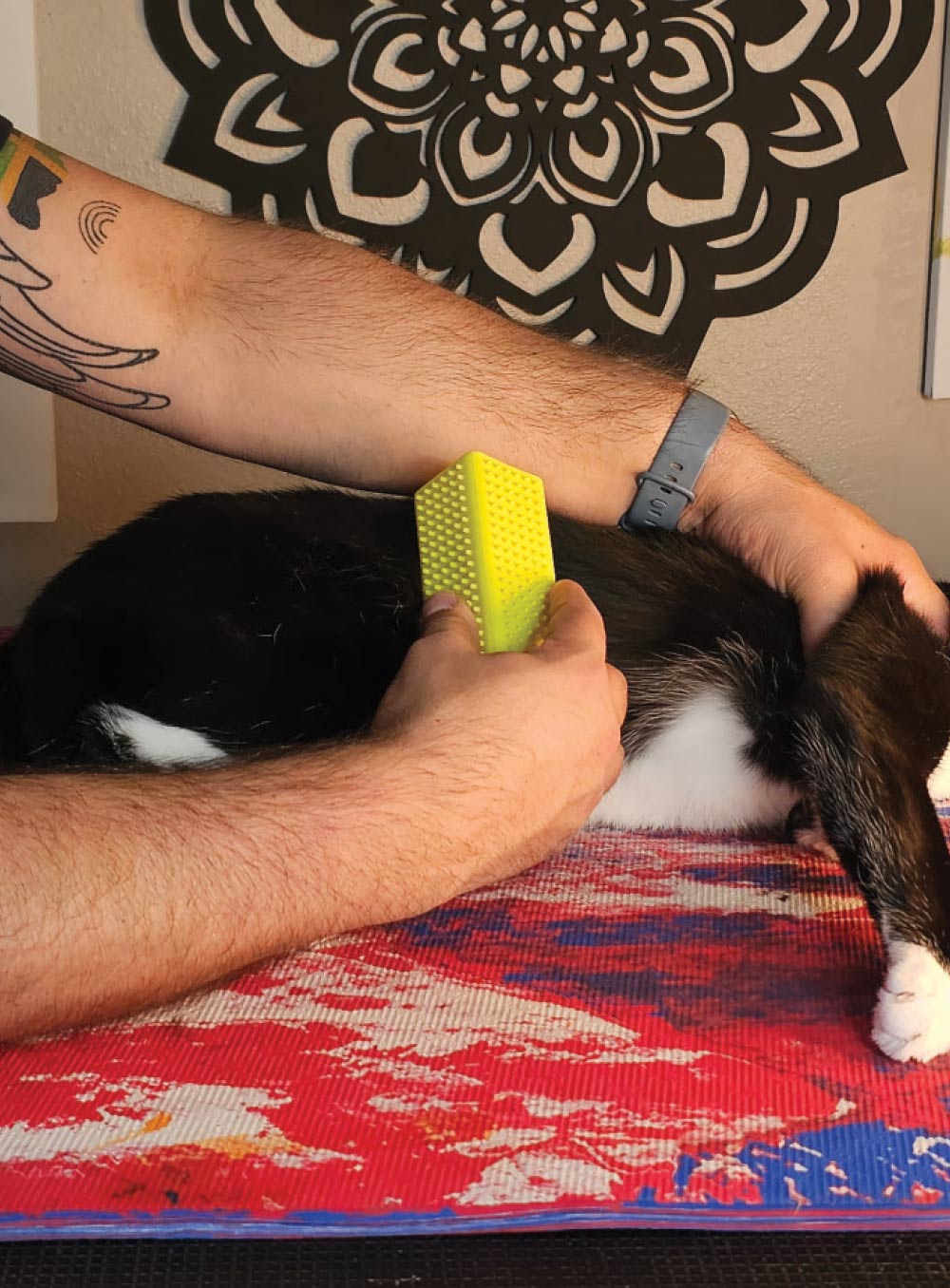

Fig. 4 & 5) Comb the cat as usual and watch in amazement at the amount of hair that comes out.

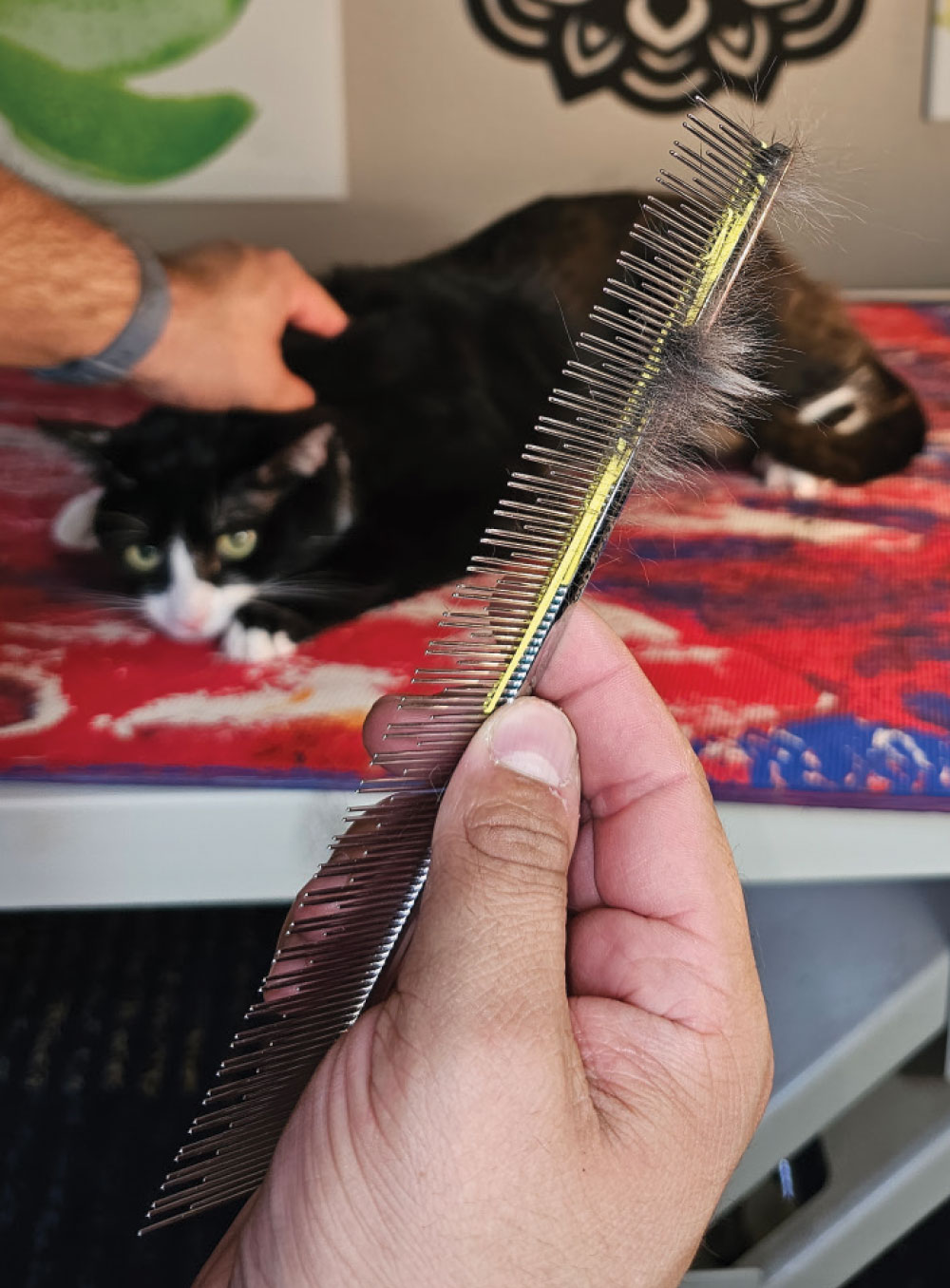
Cat grooming isn’t for everyone, but de-shedding can certainly be a stepping stone to many more great things in the world of feline styling.

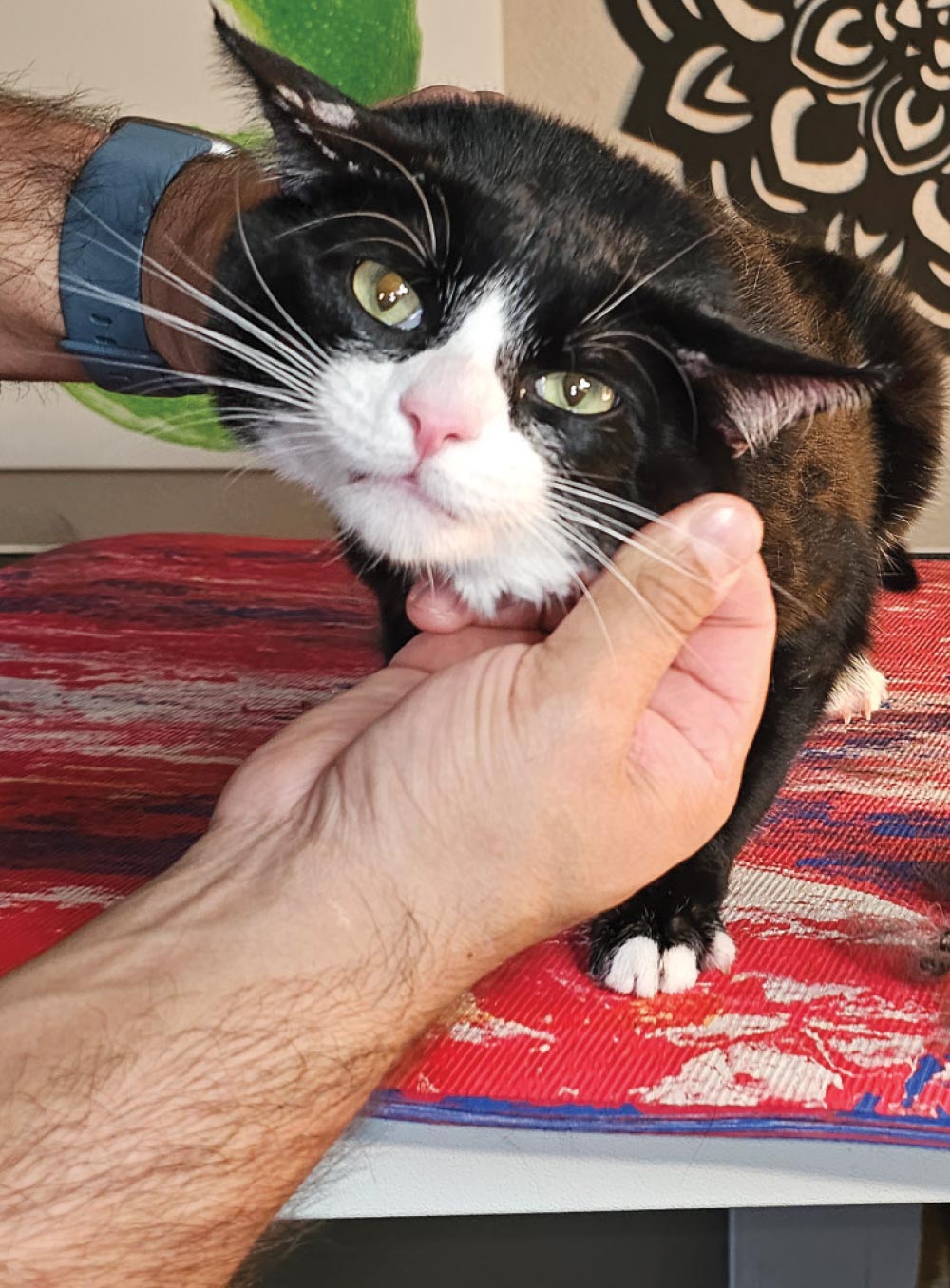
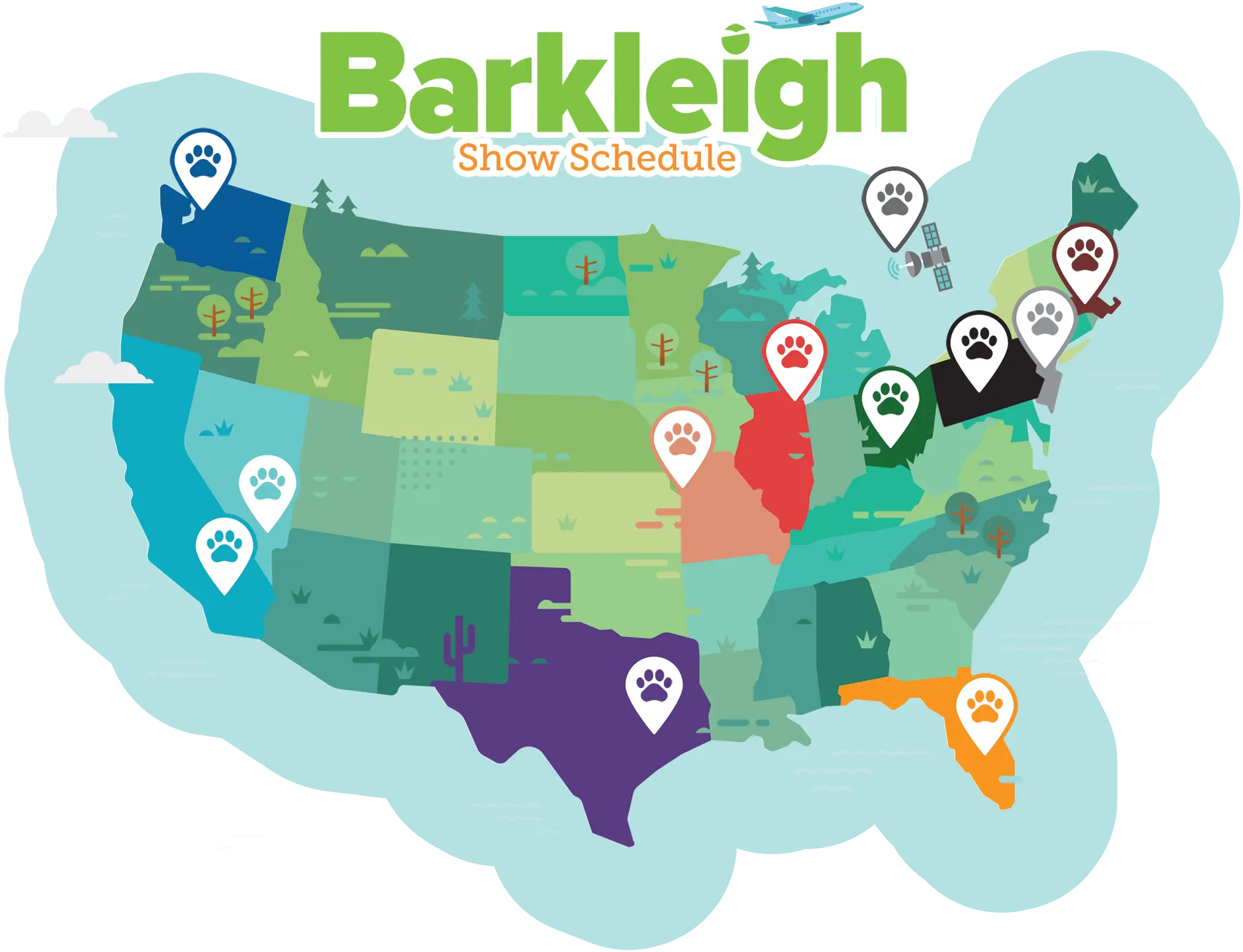



Thanks for reading our October 2025 issue!
